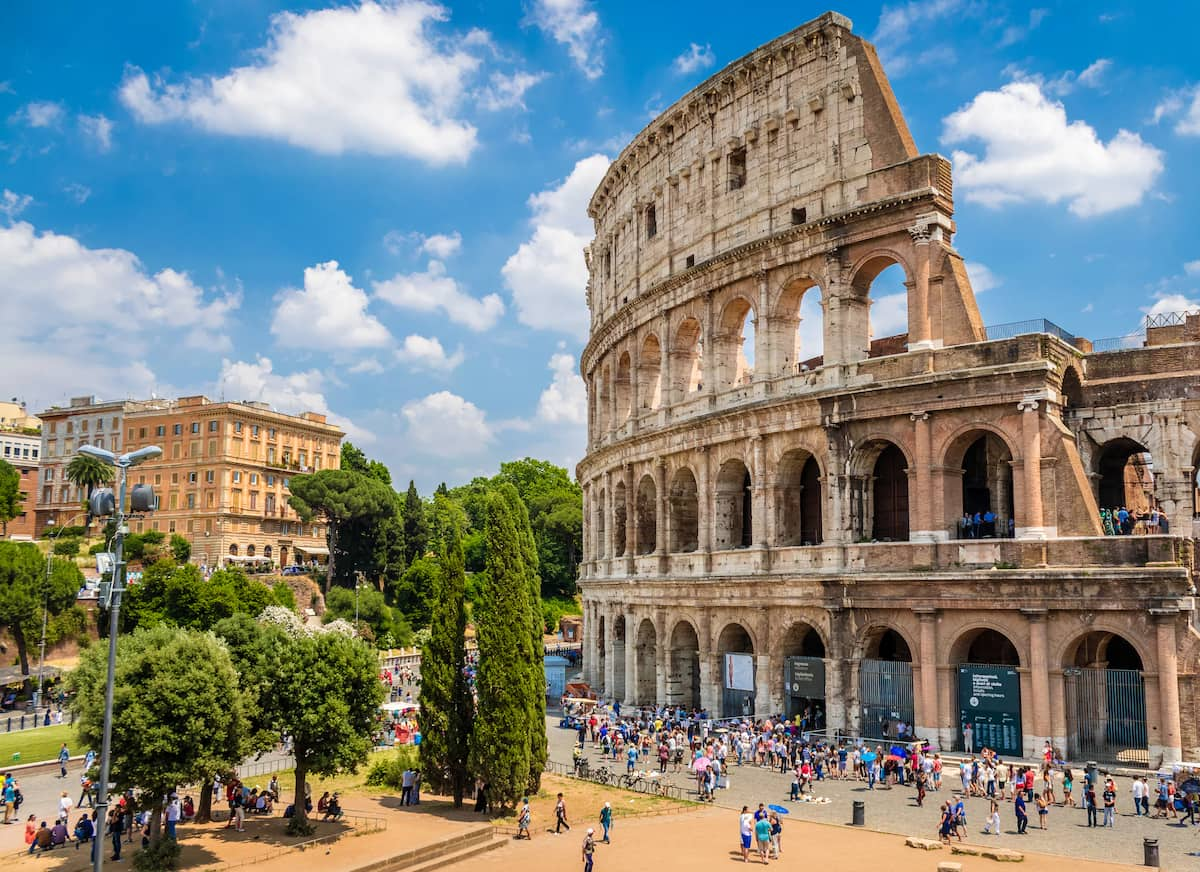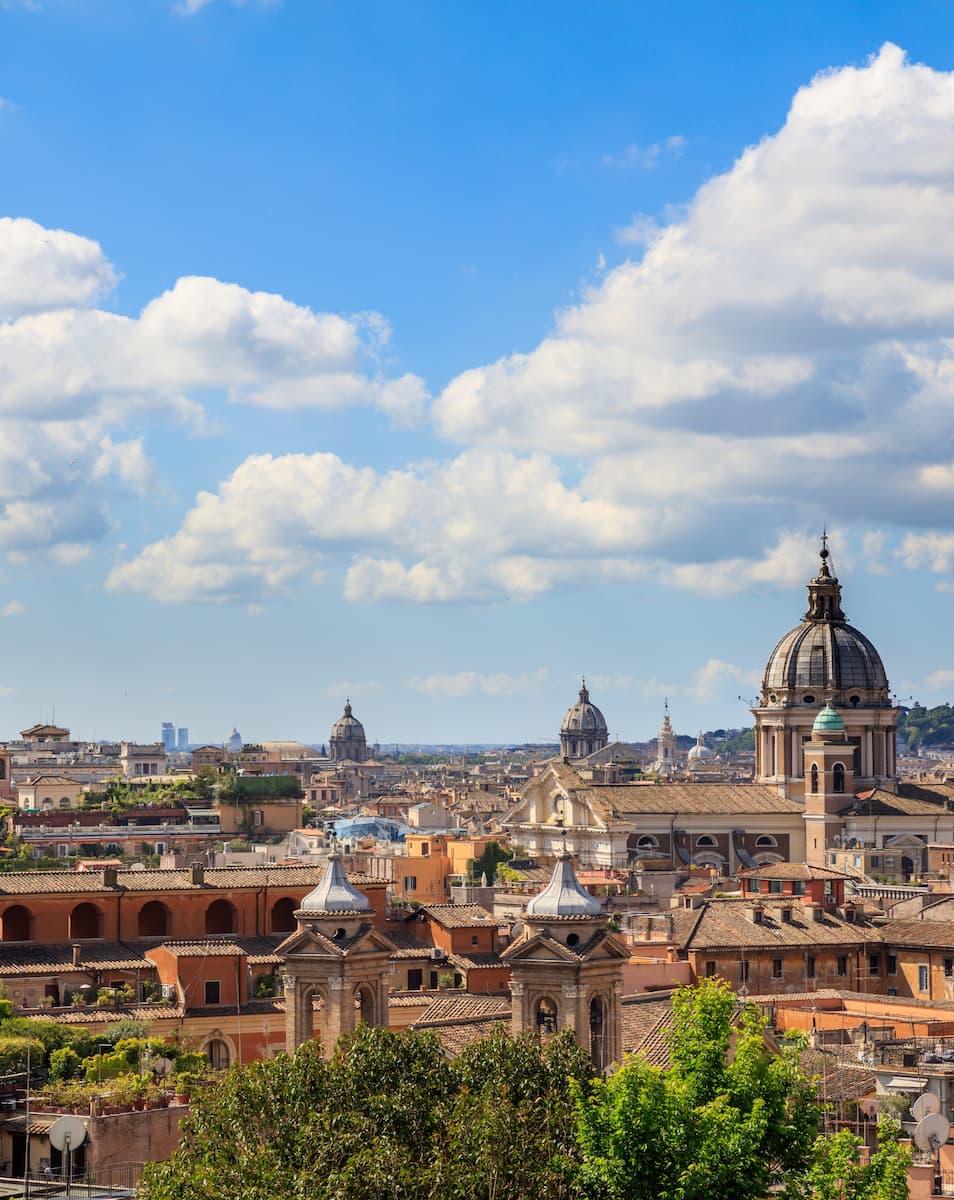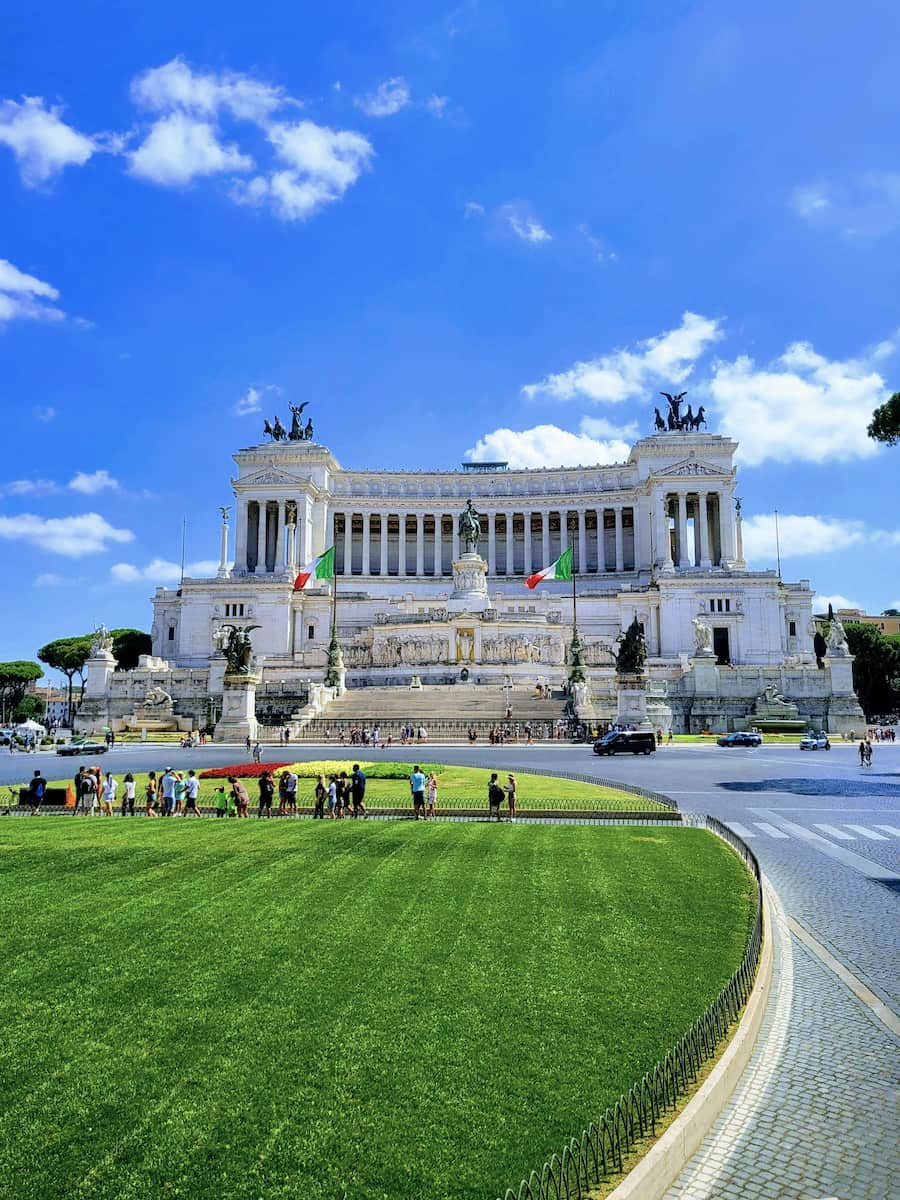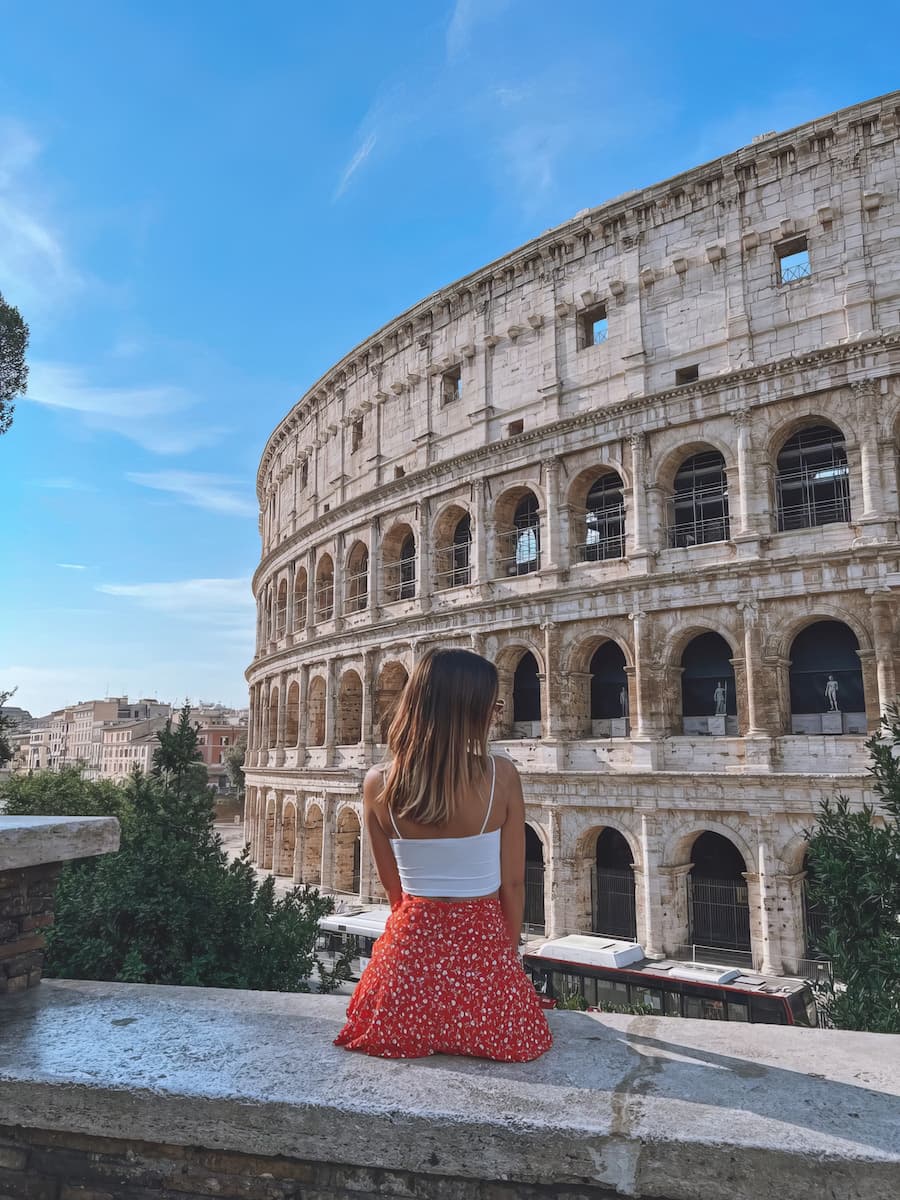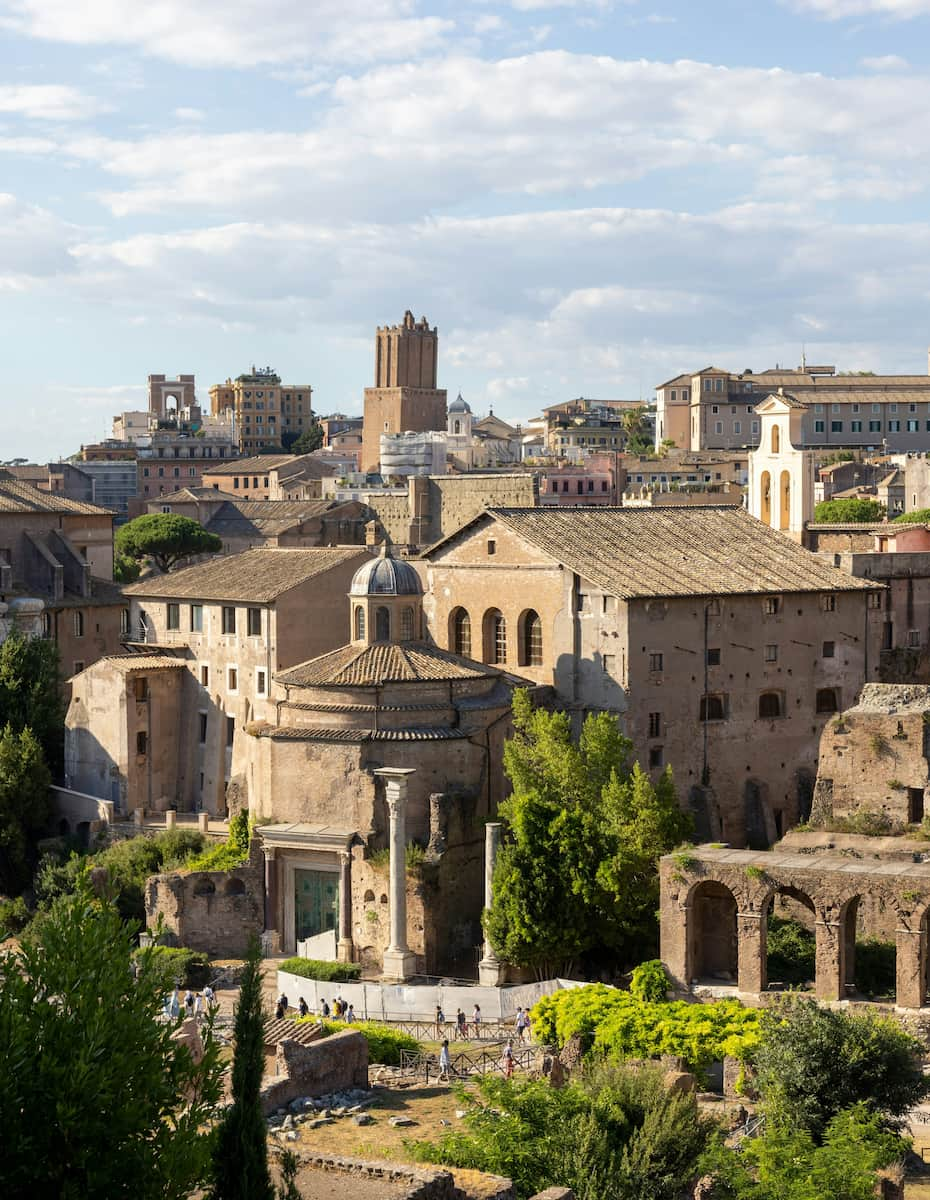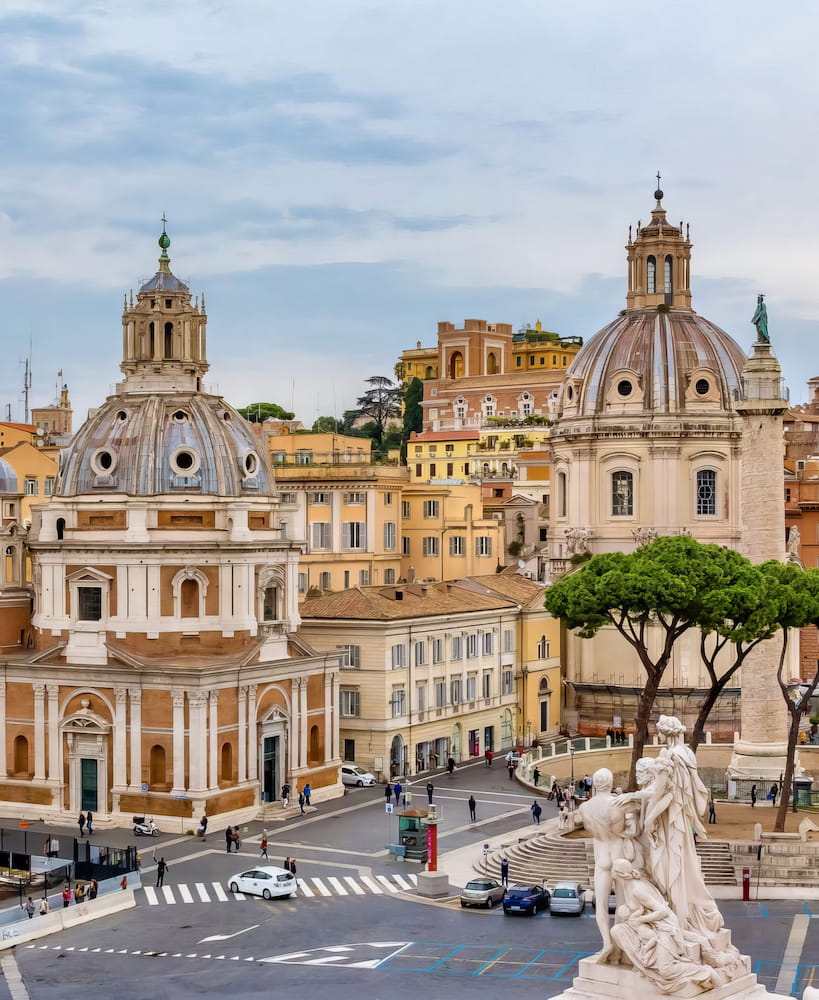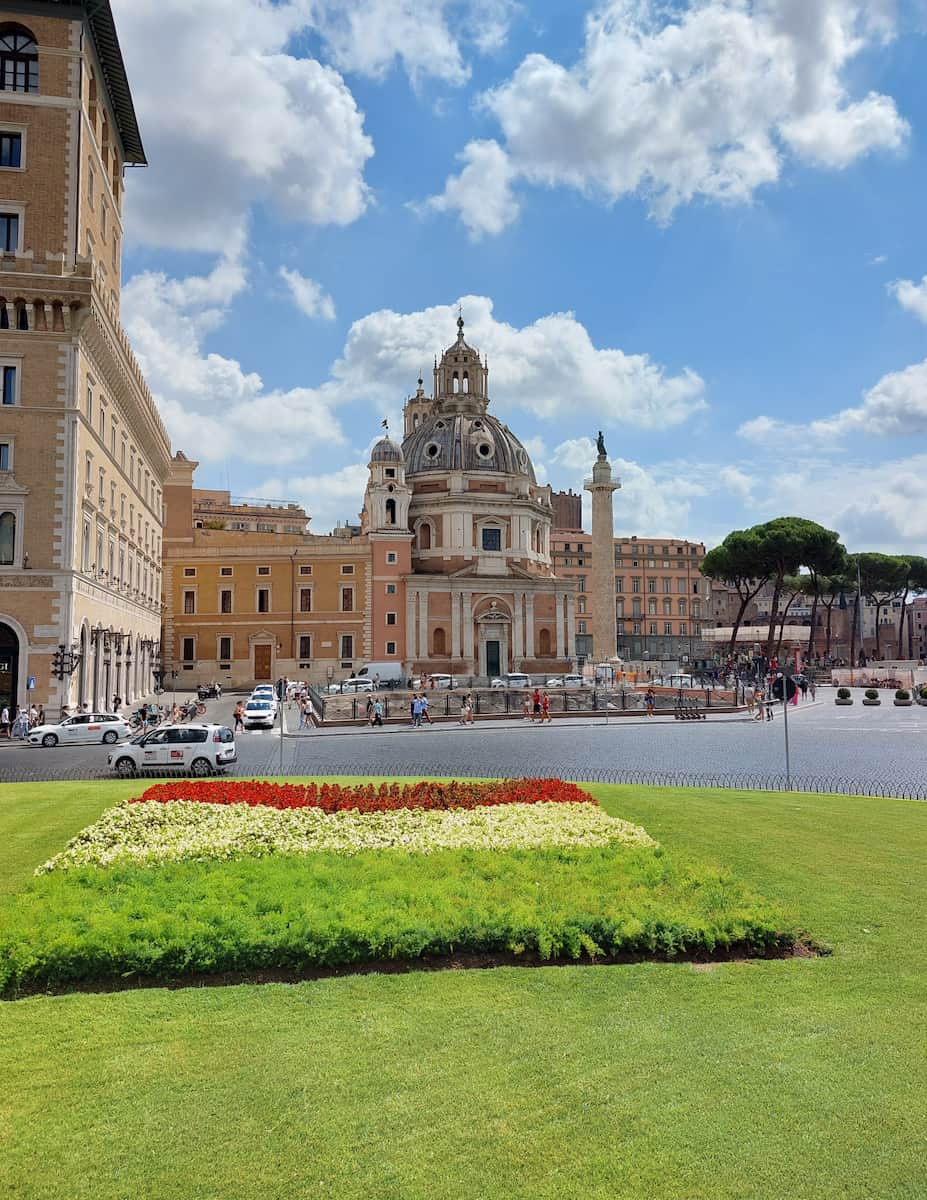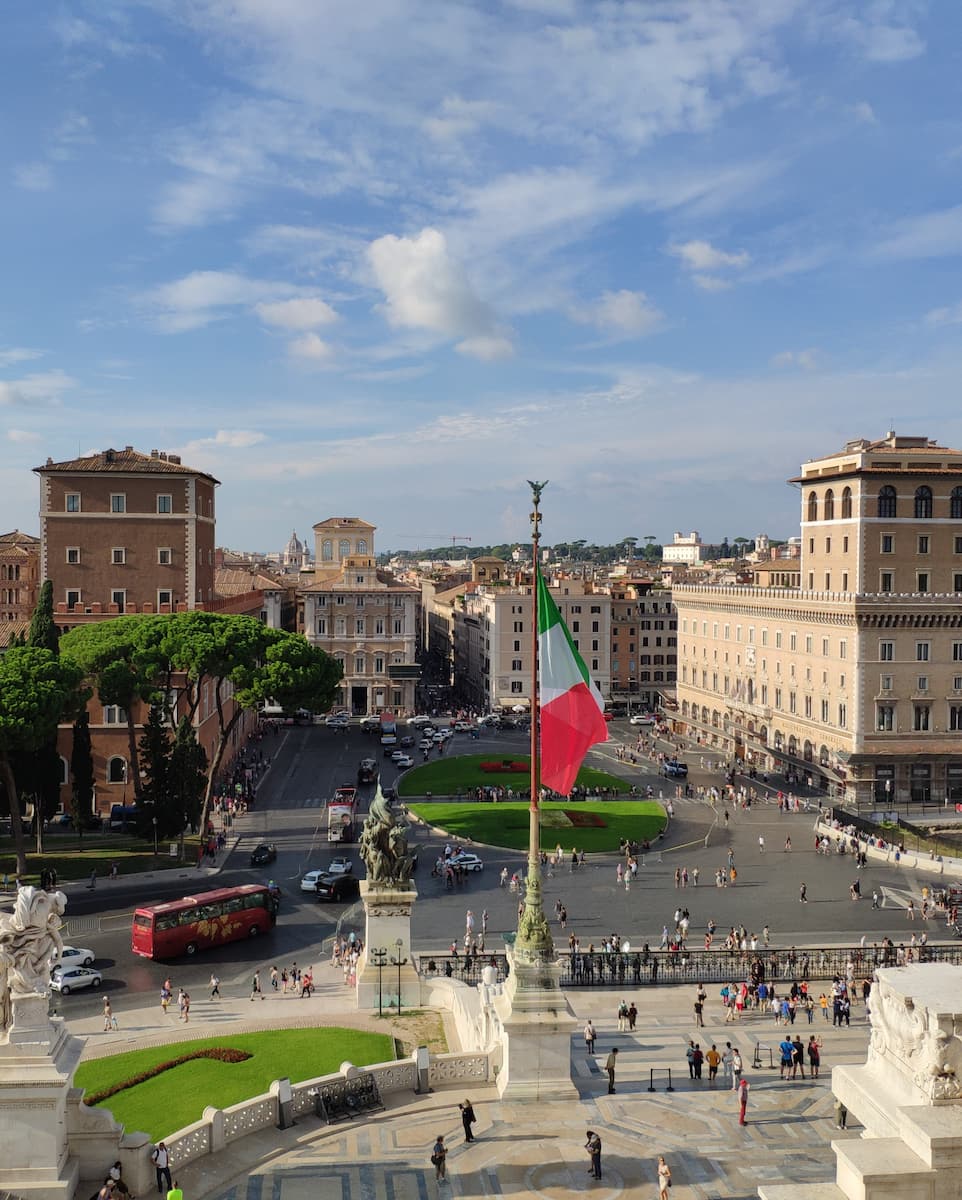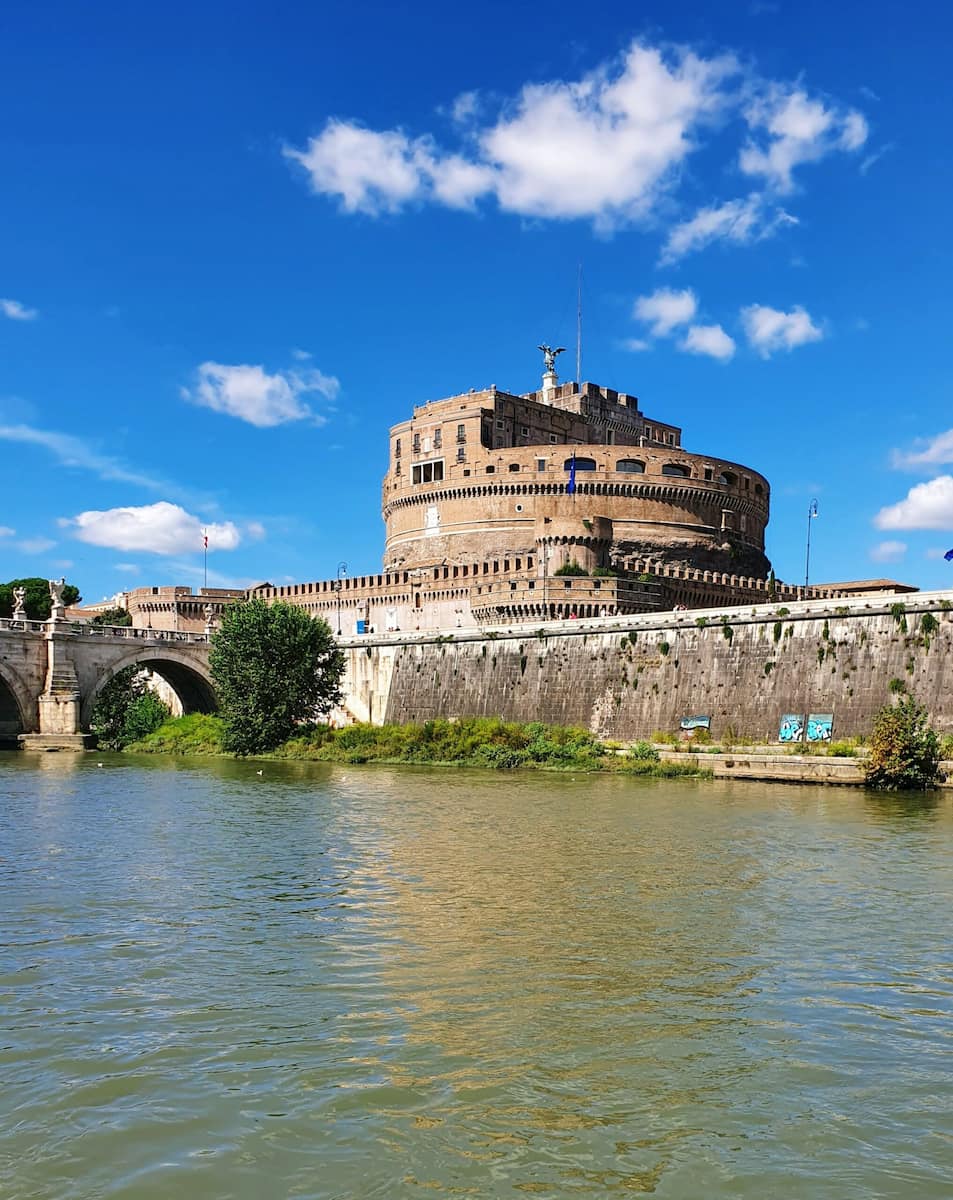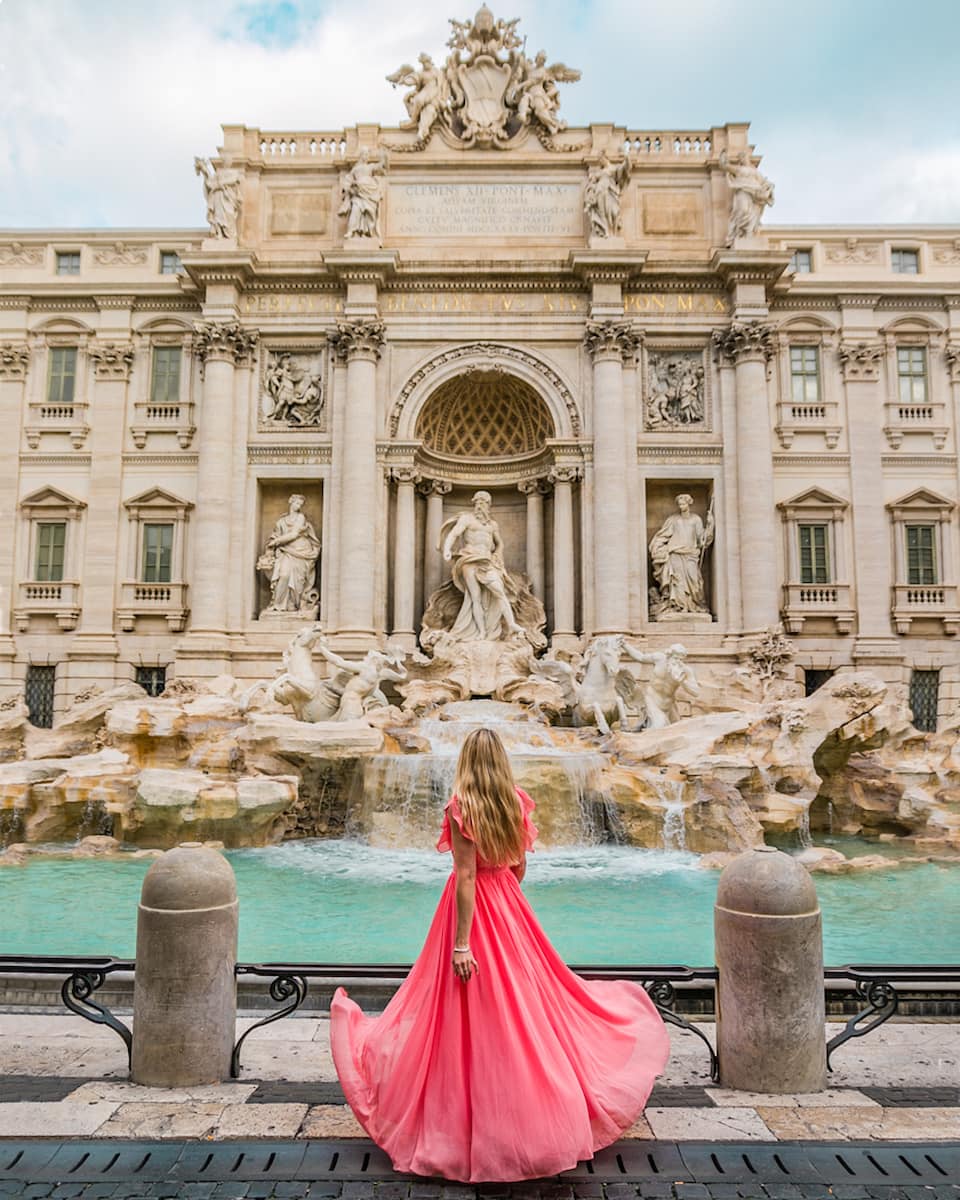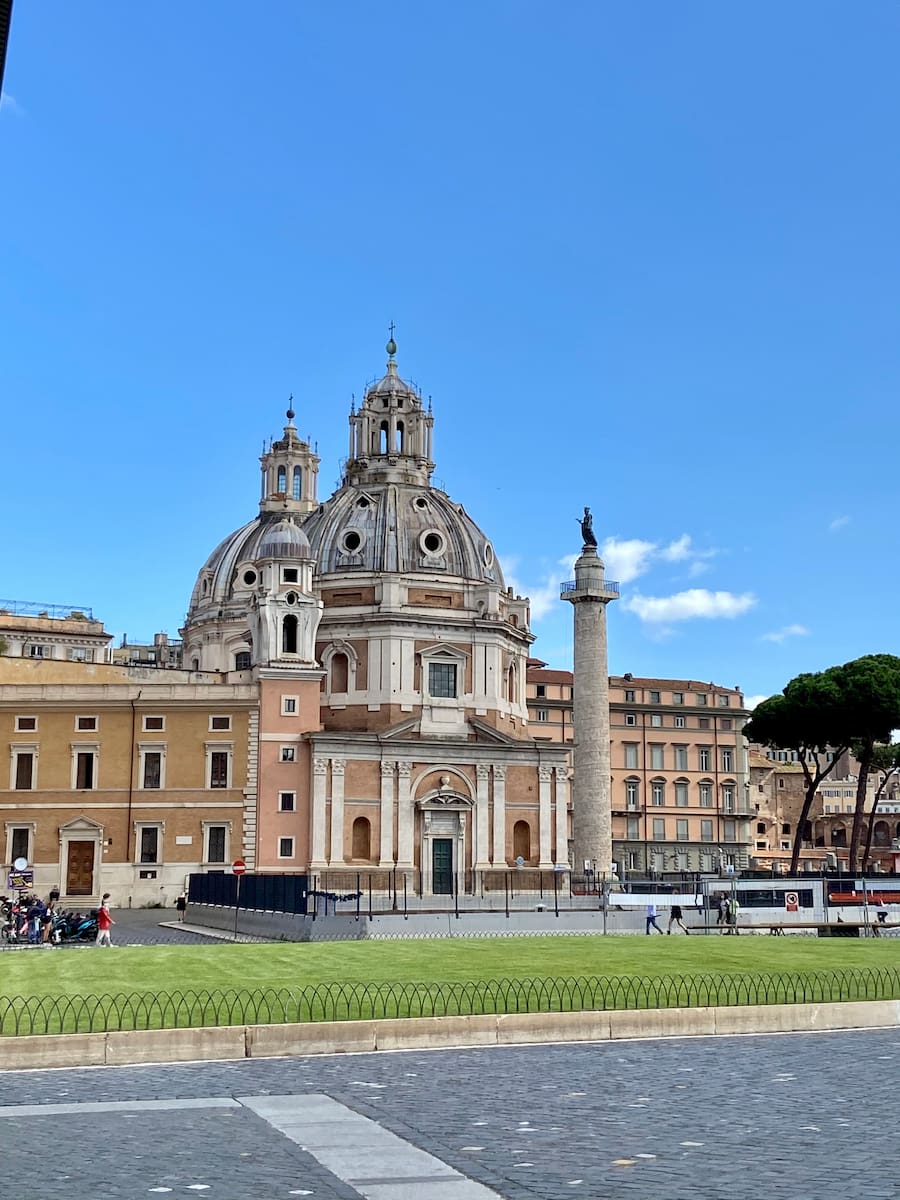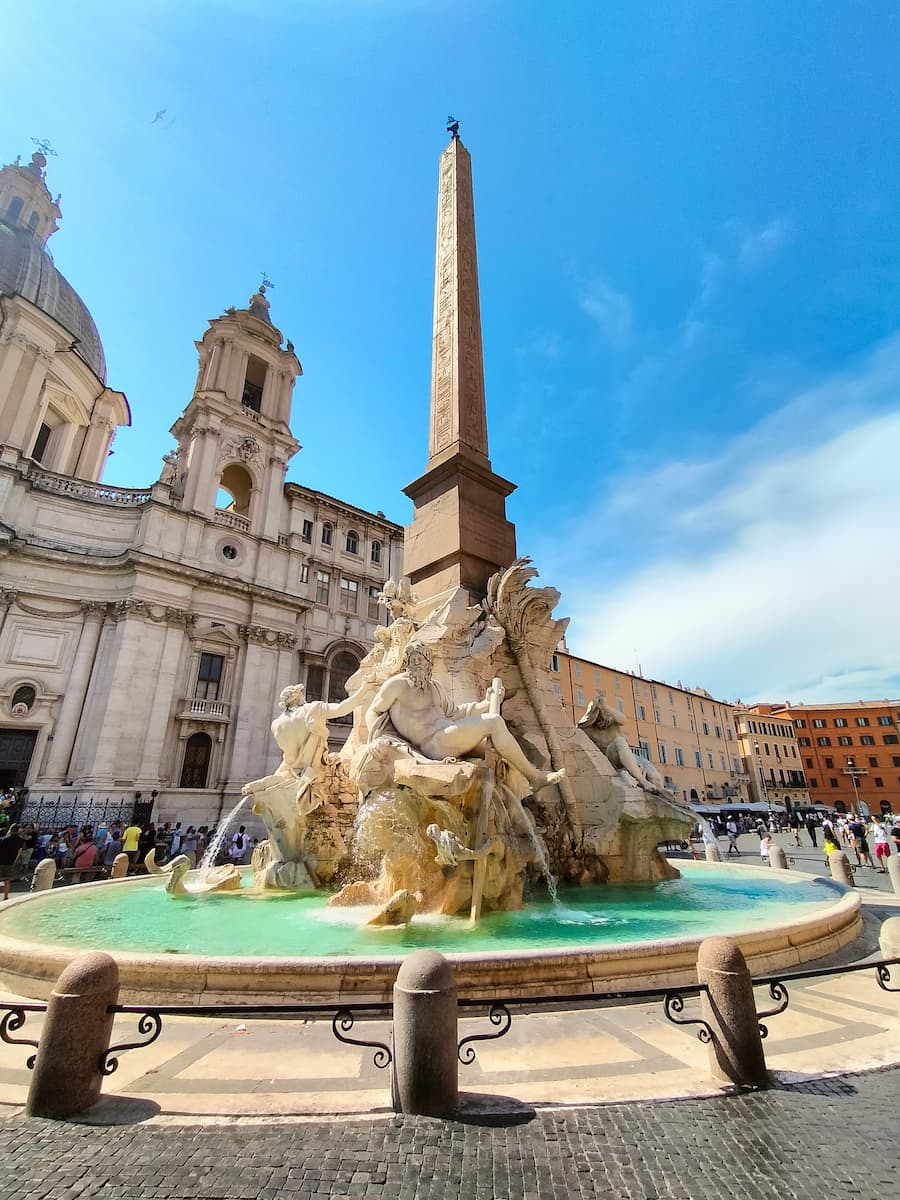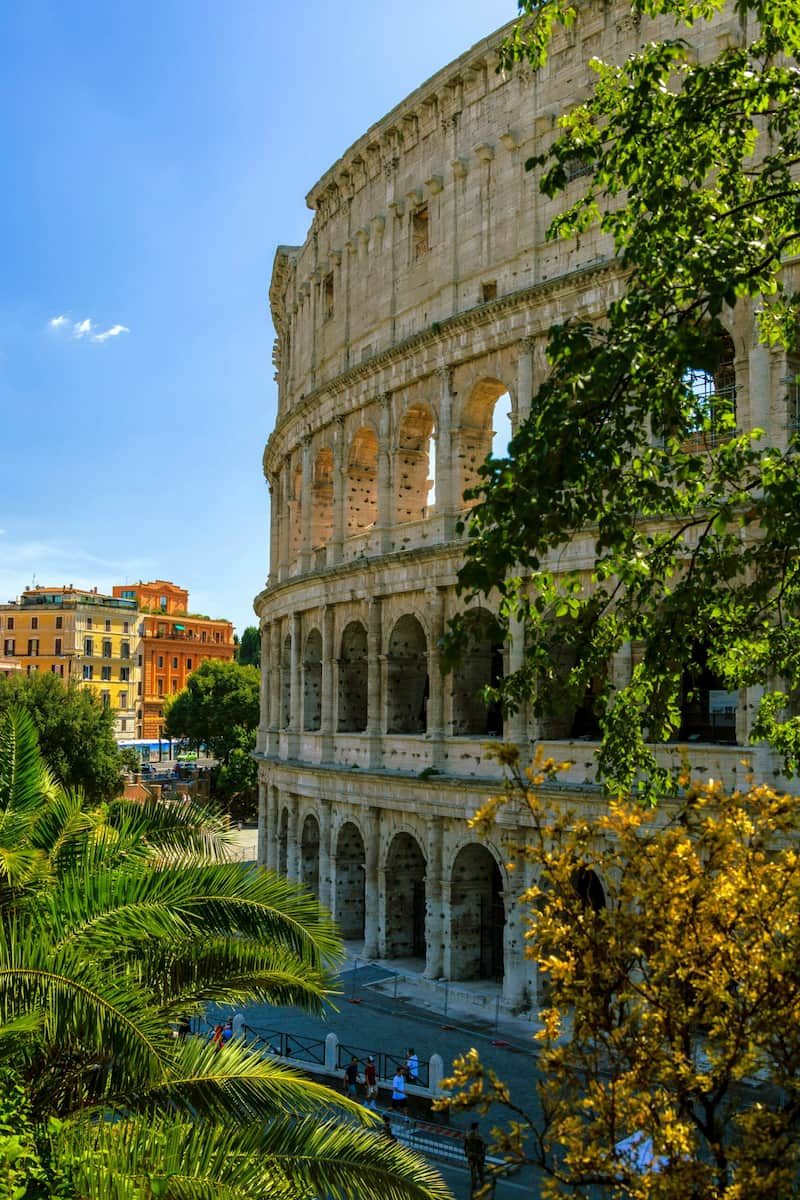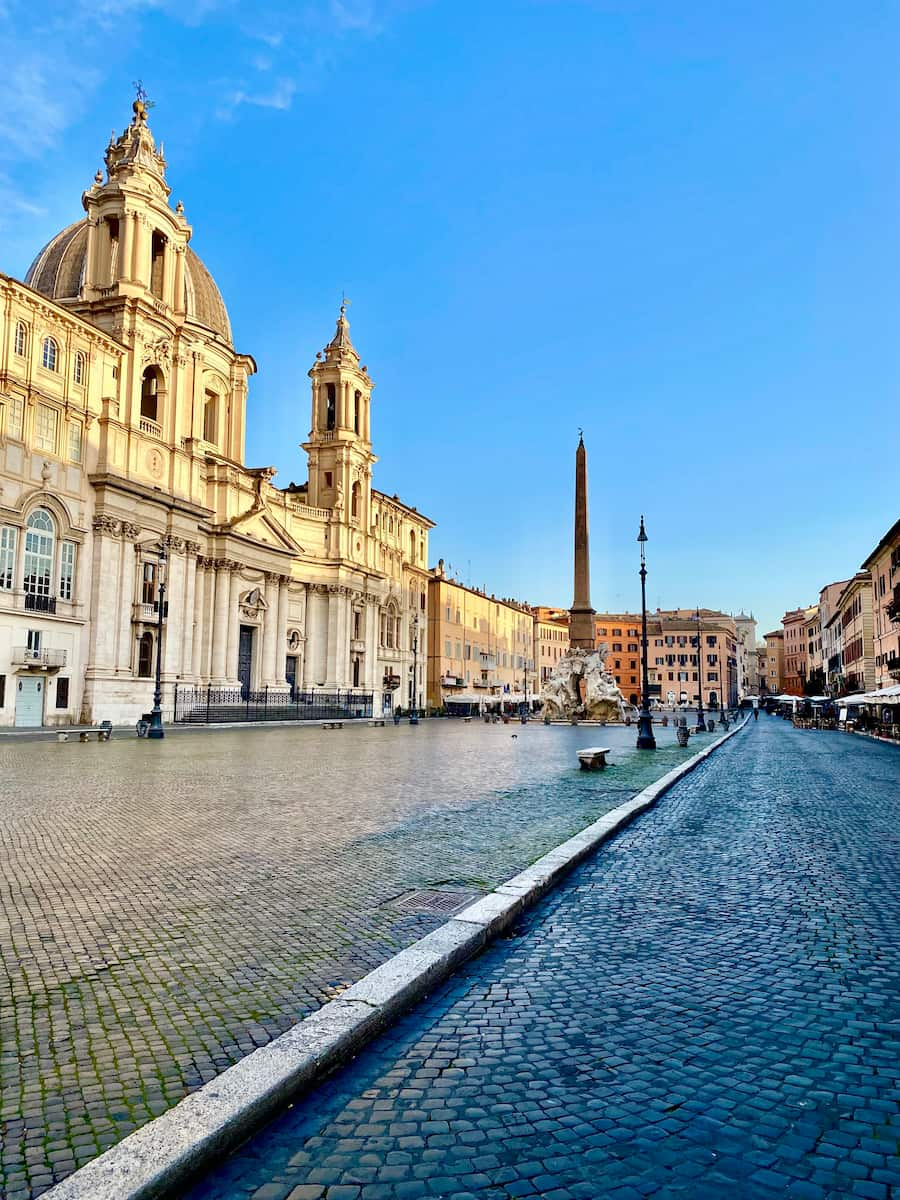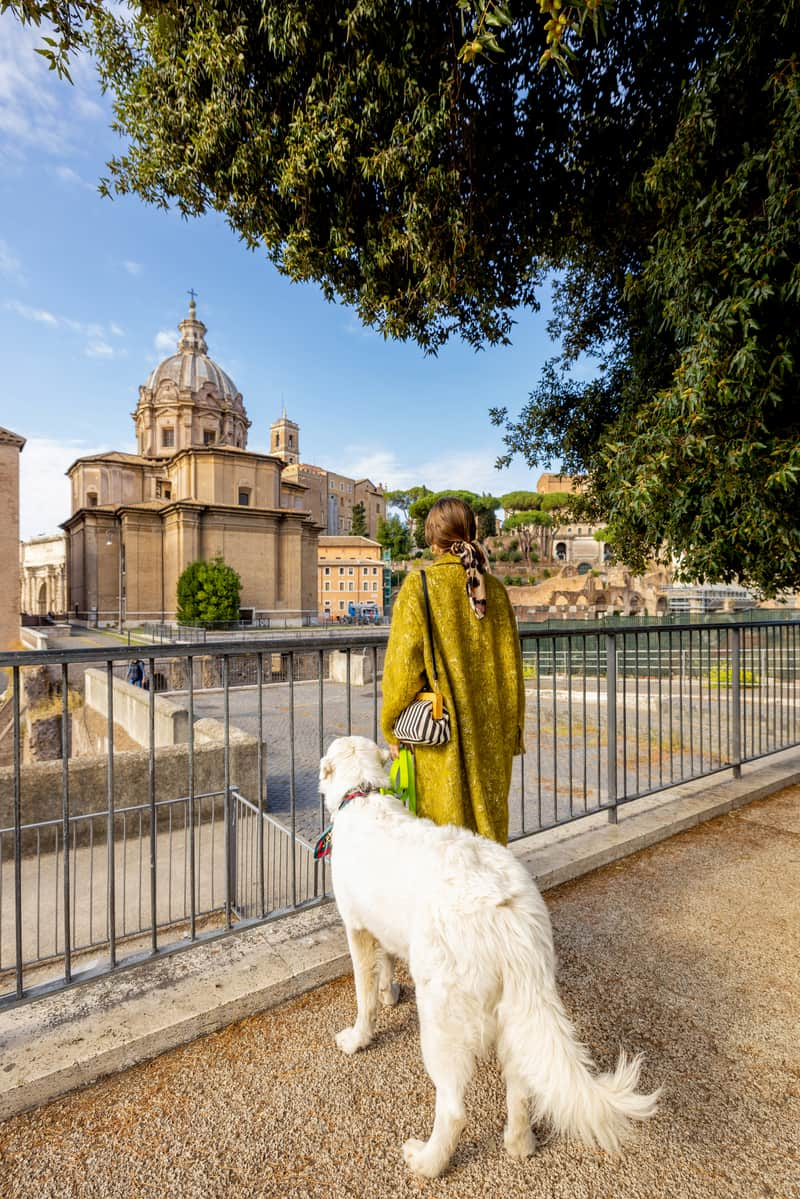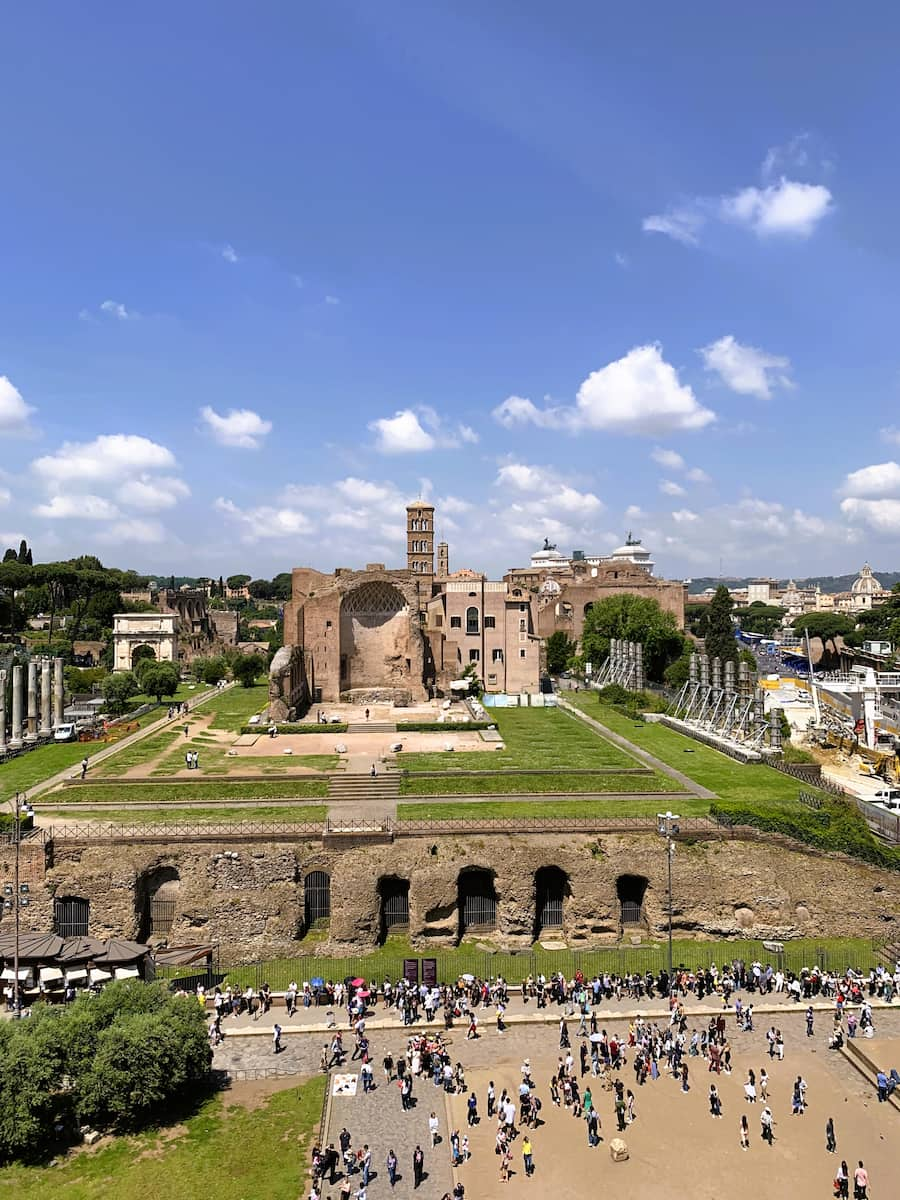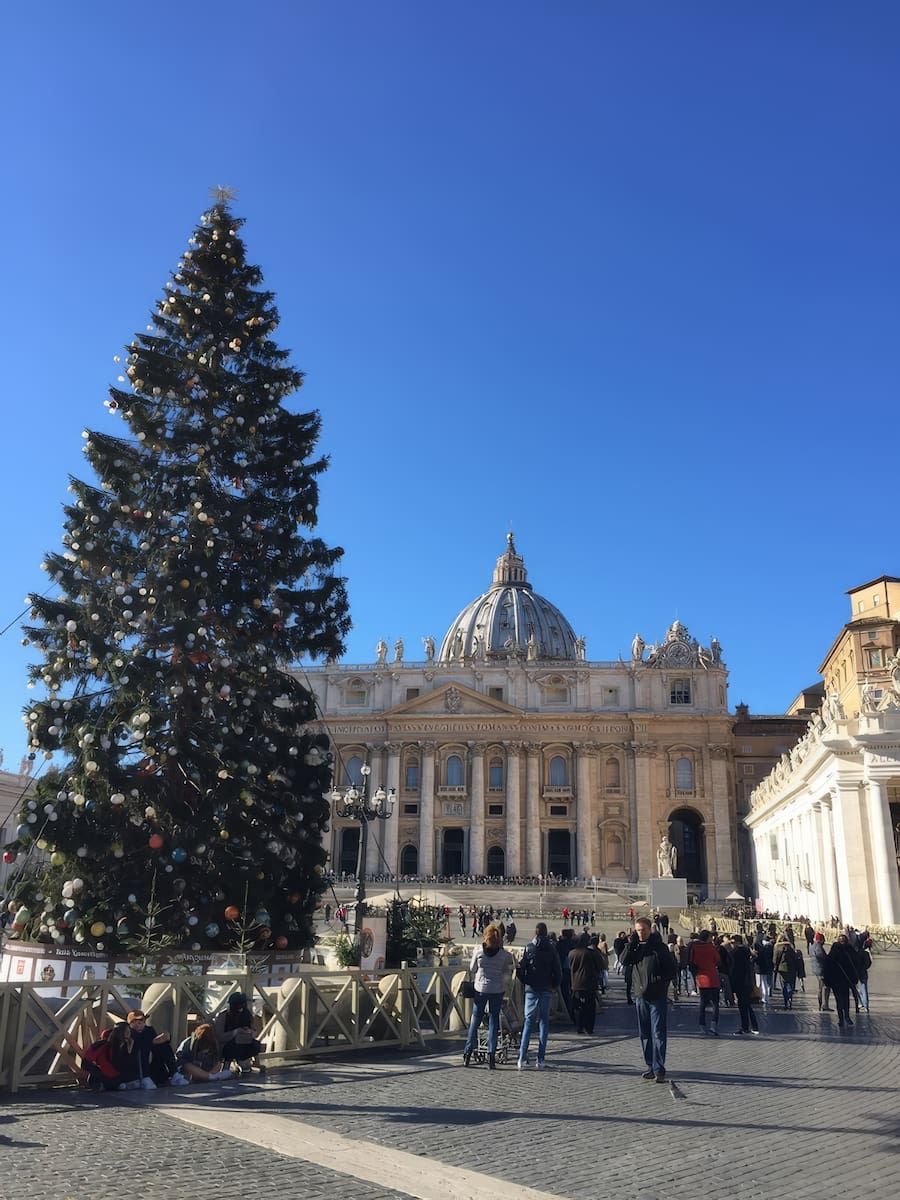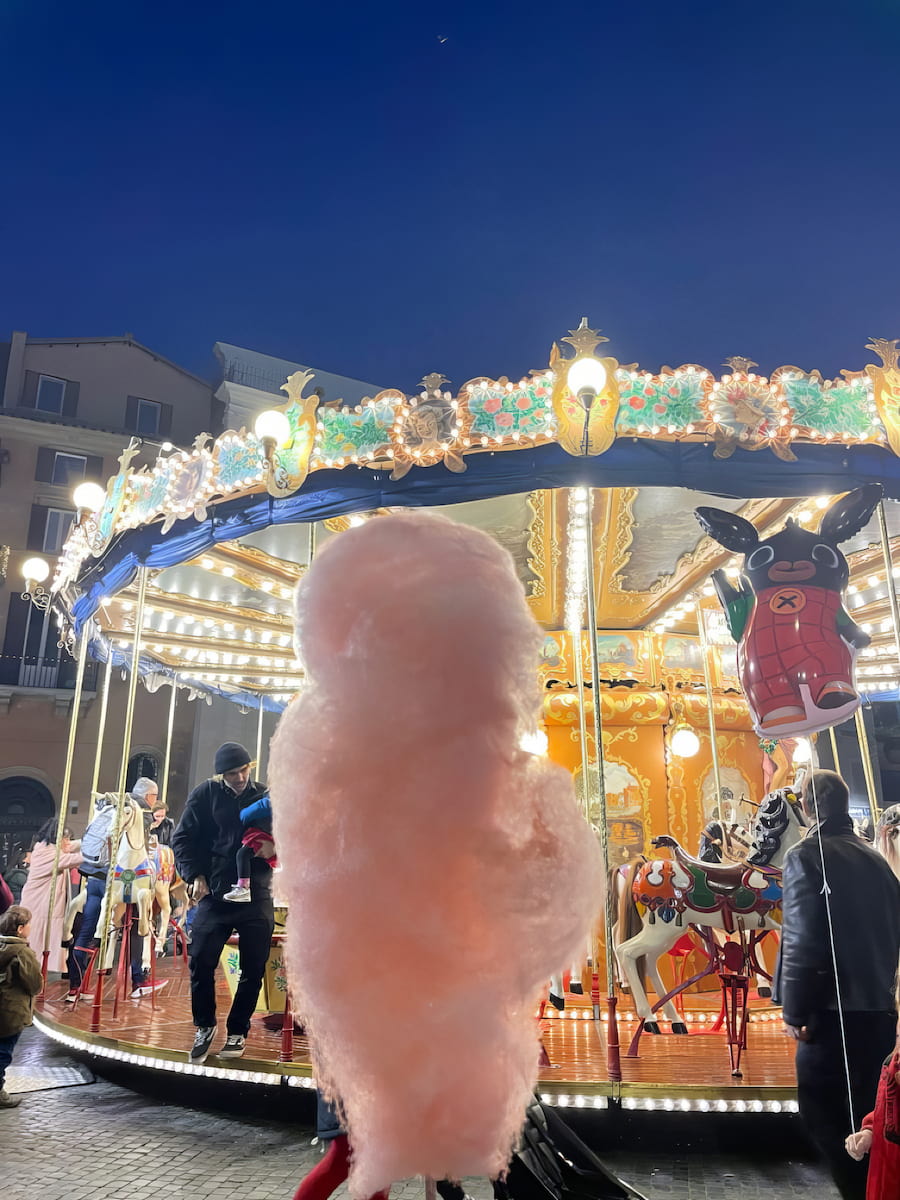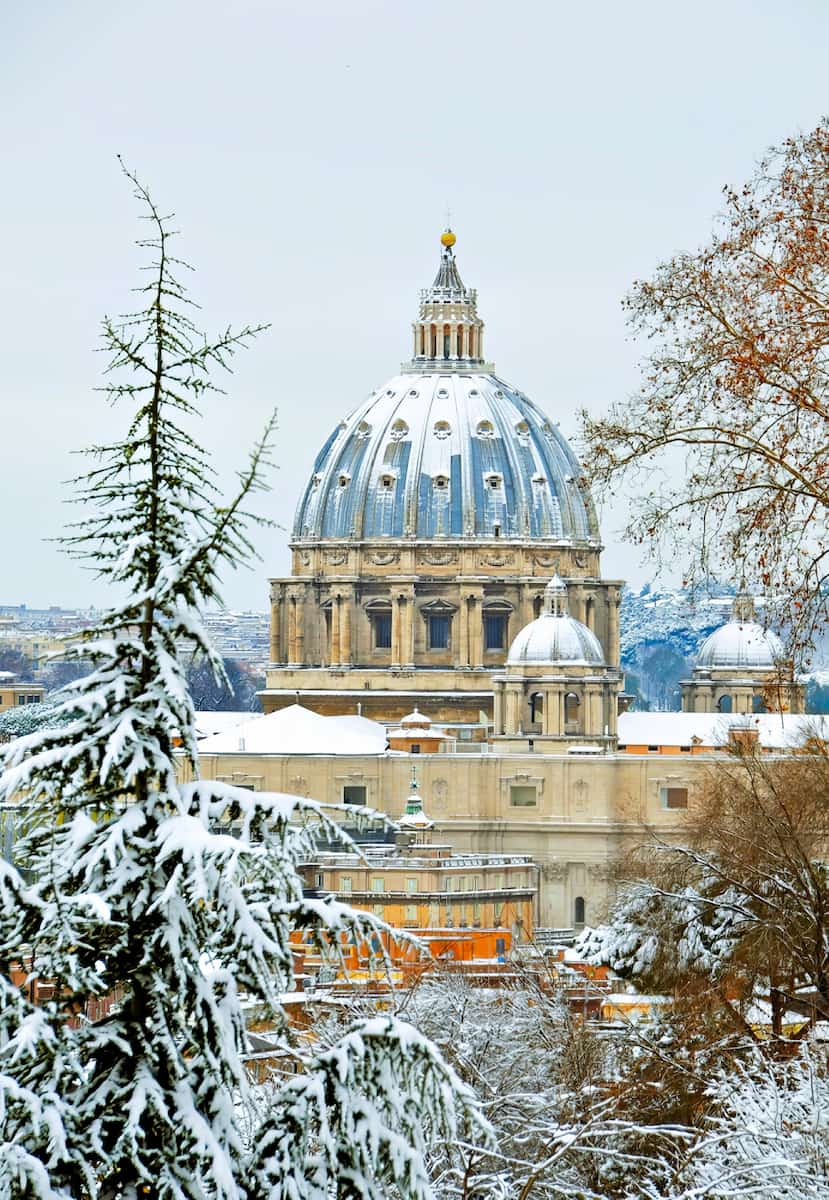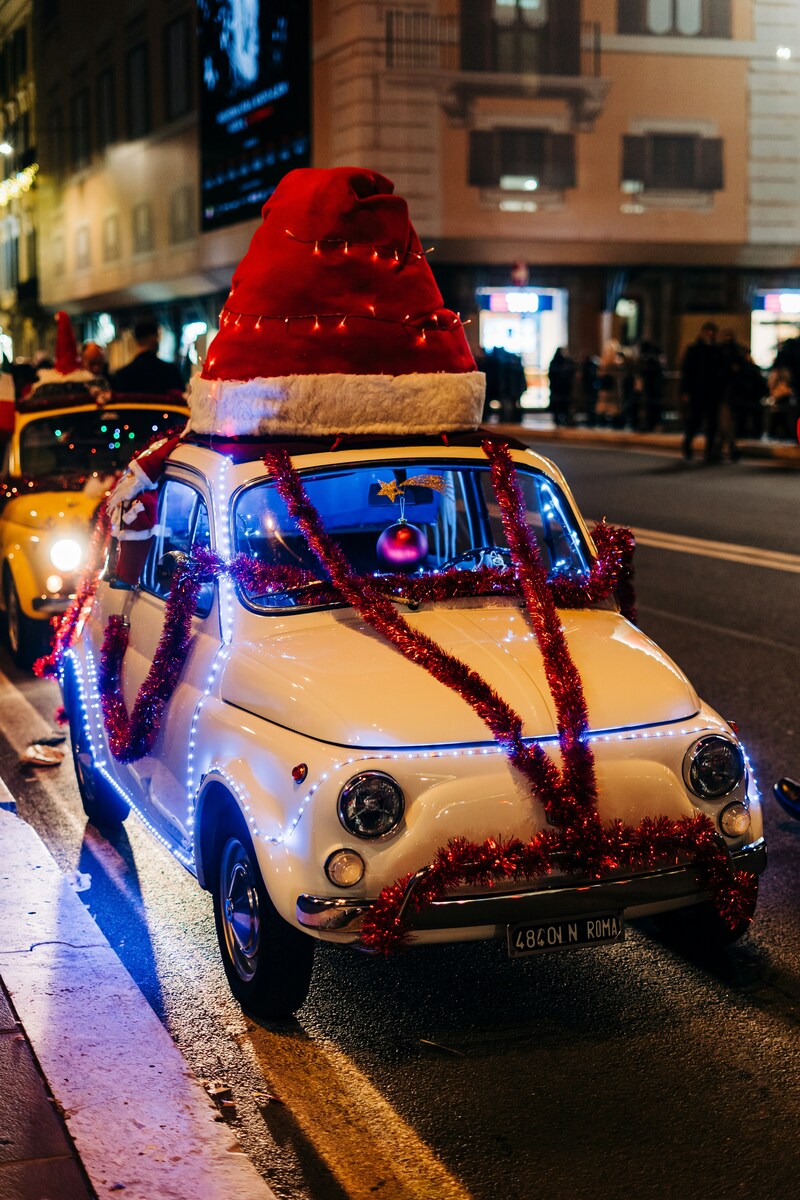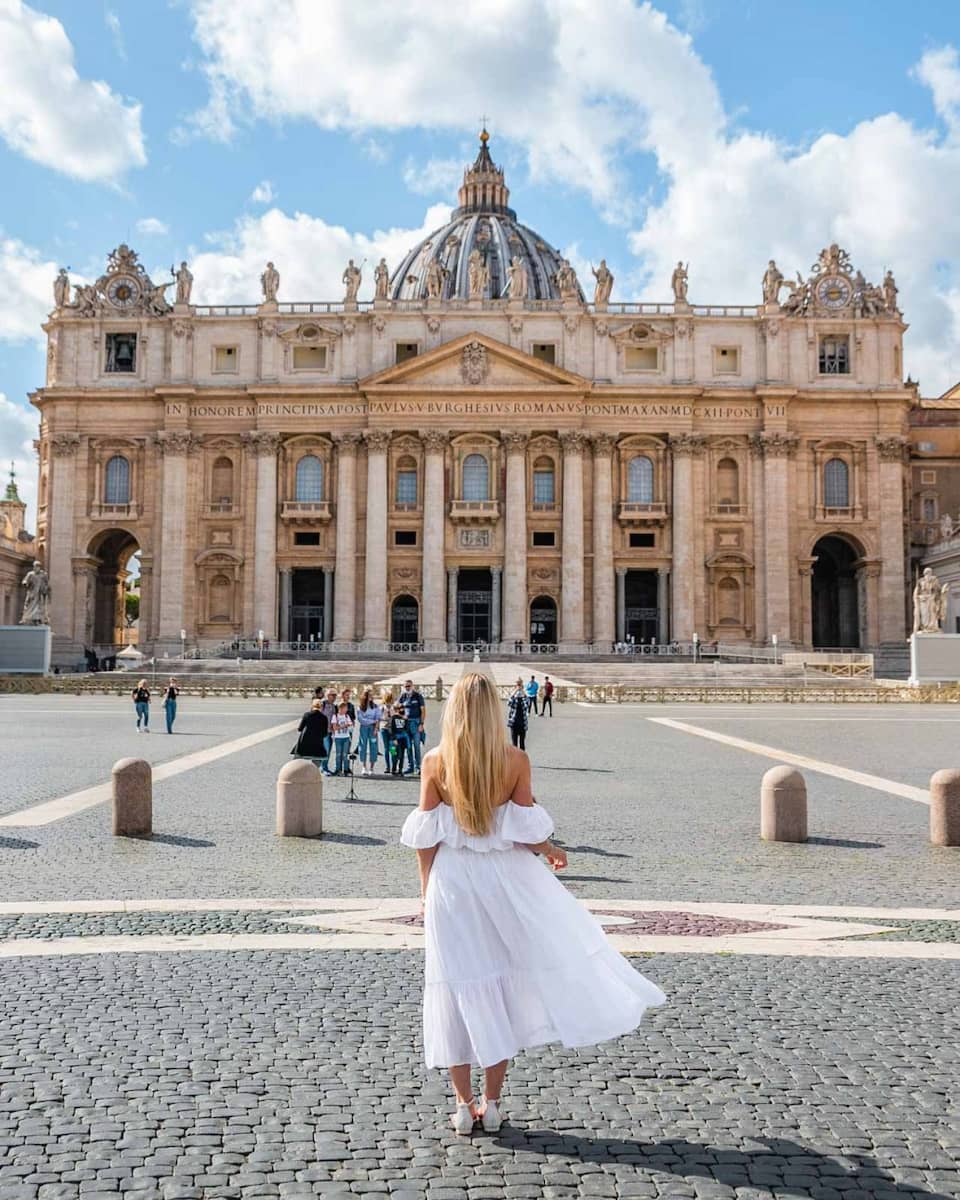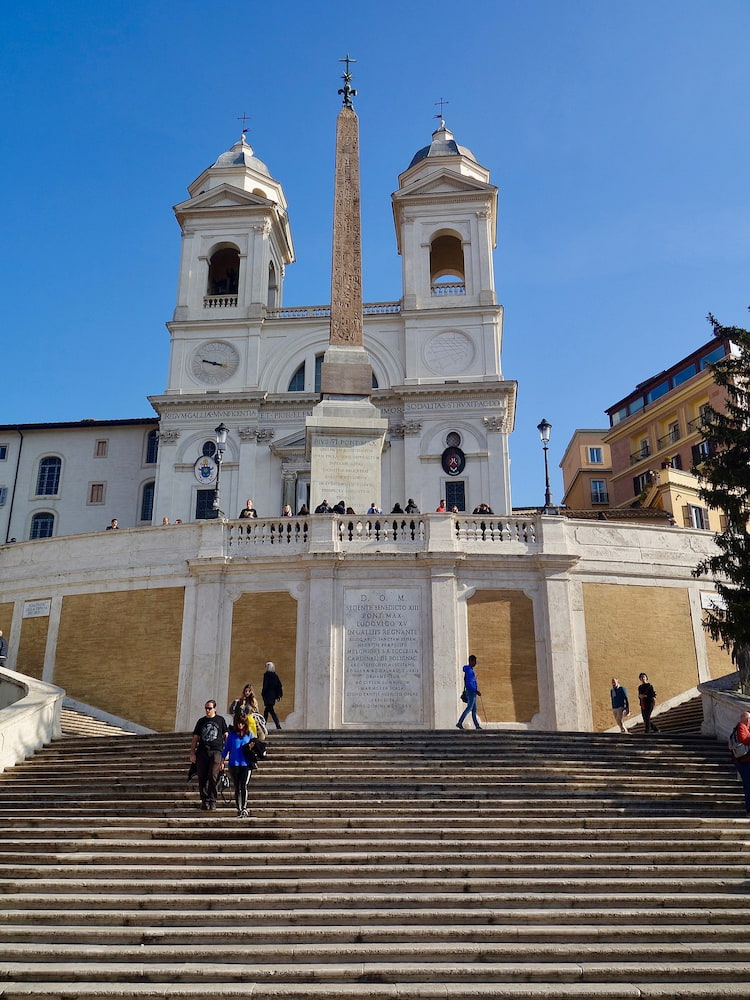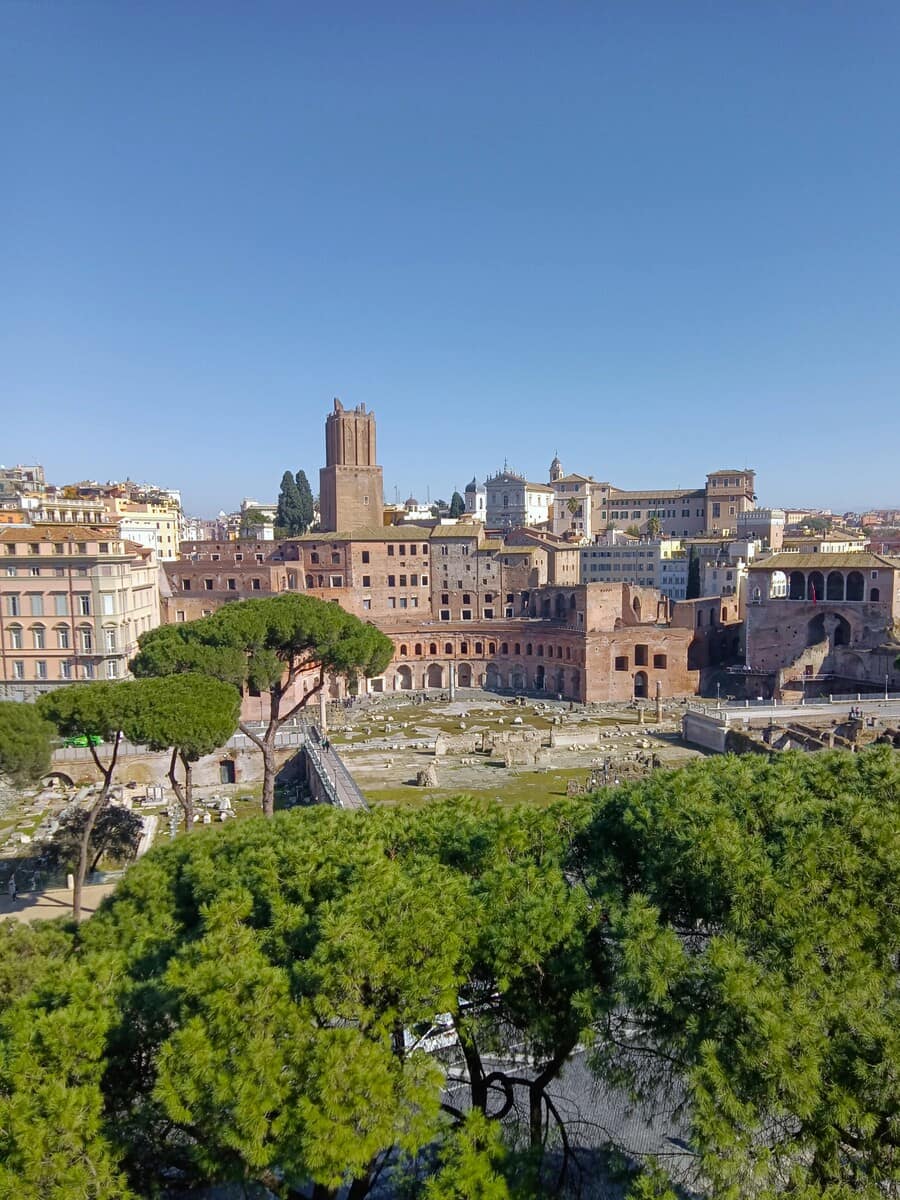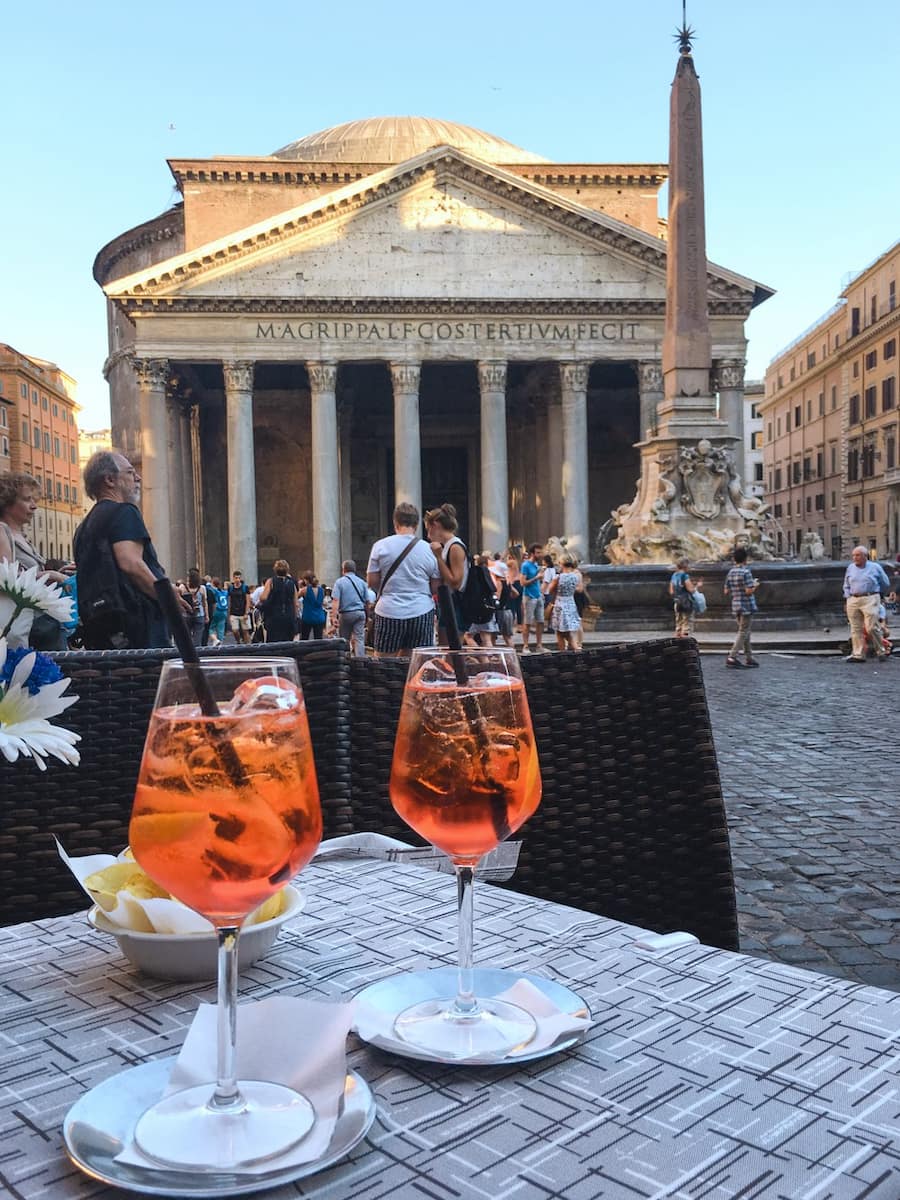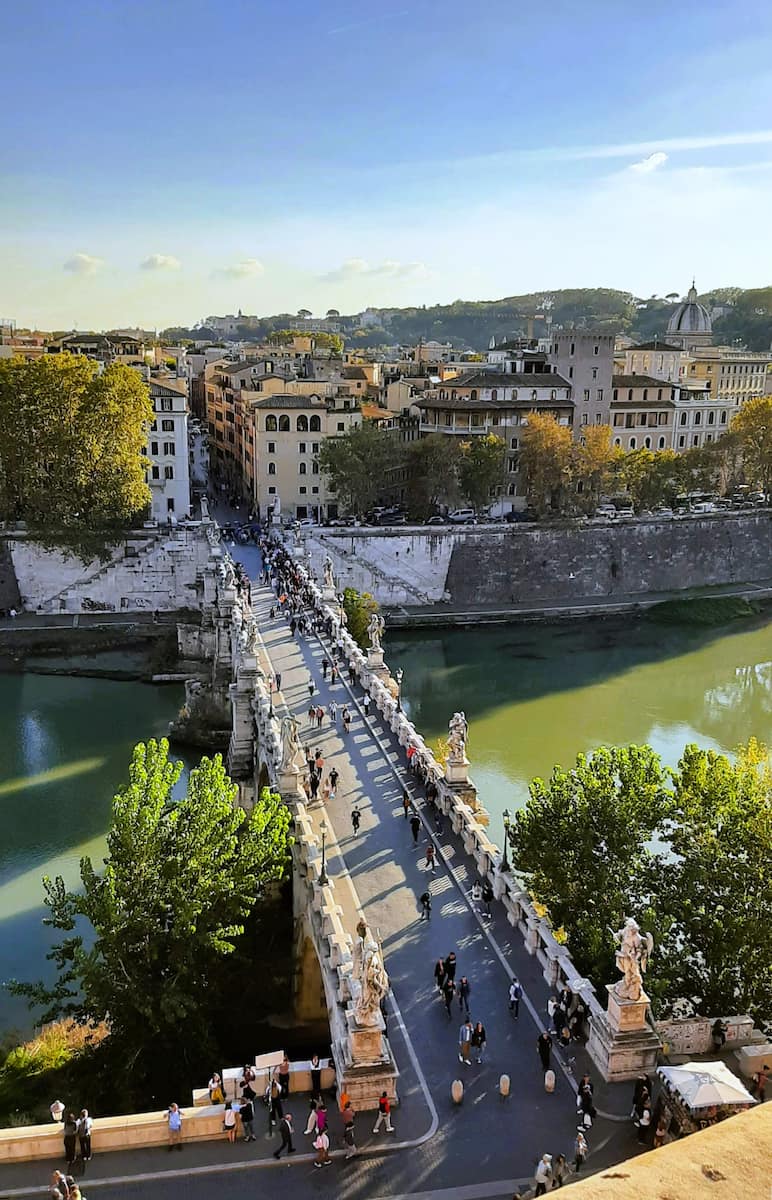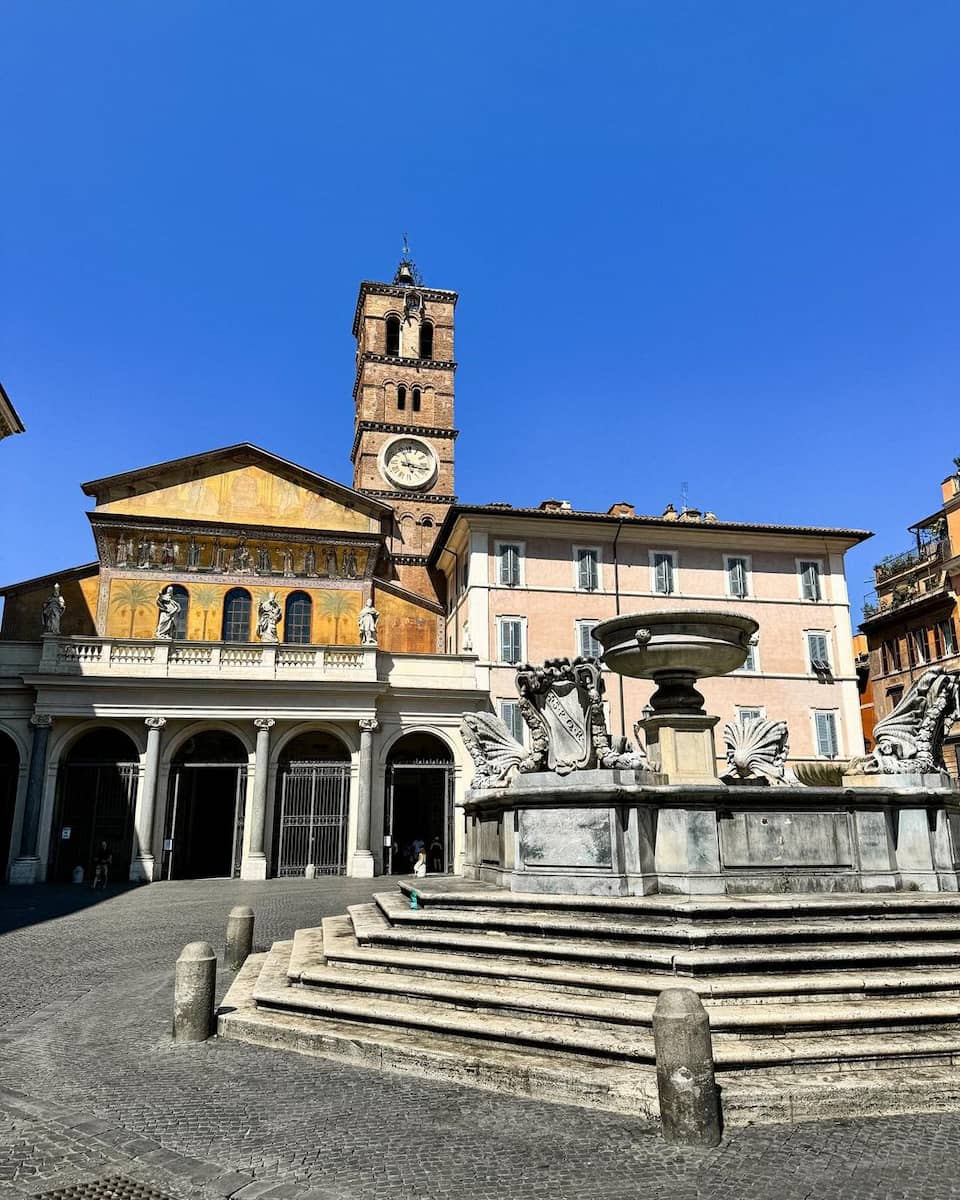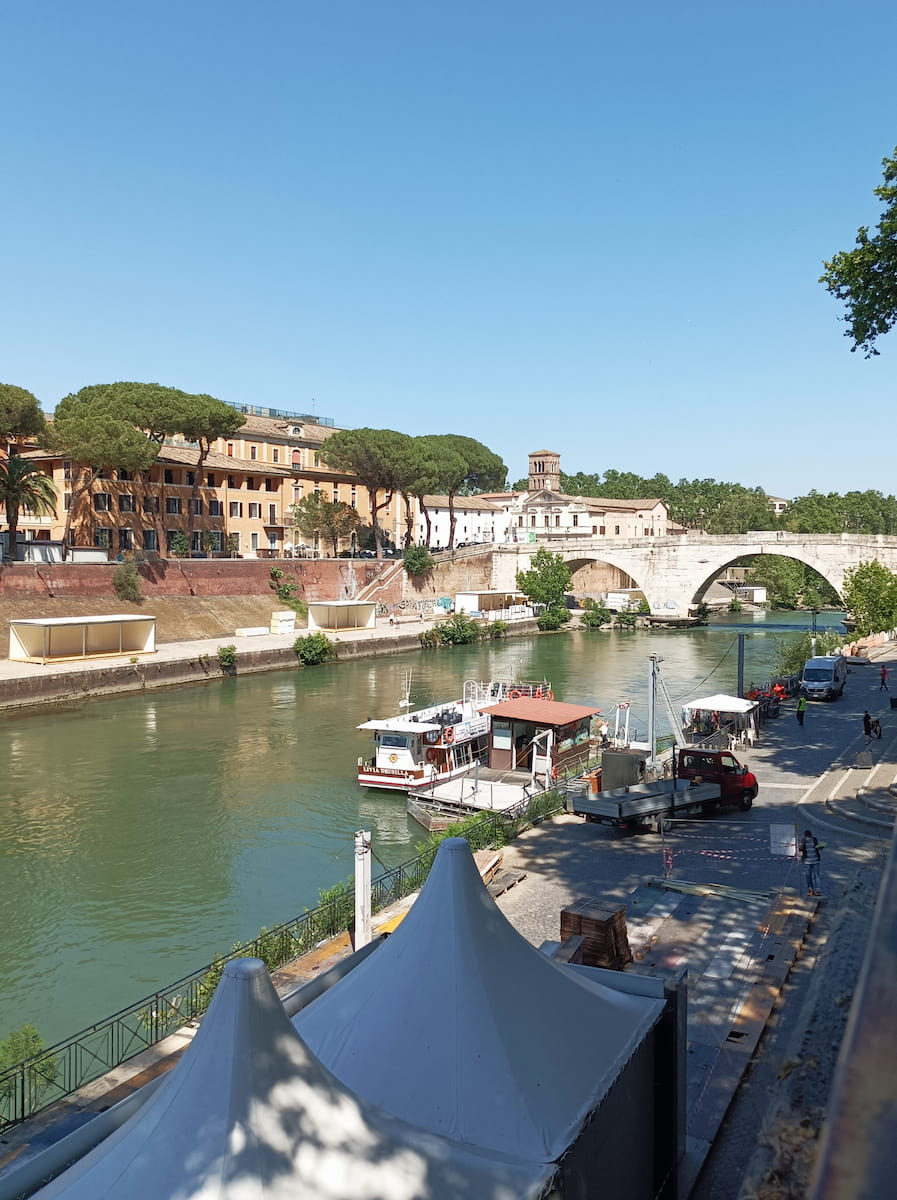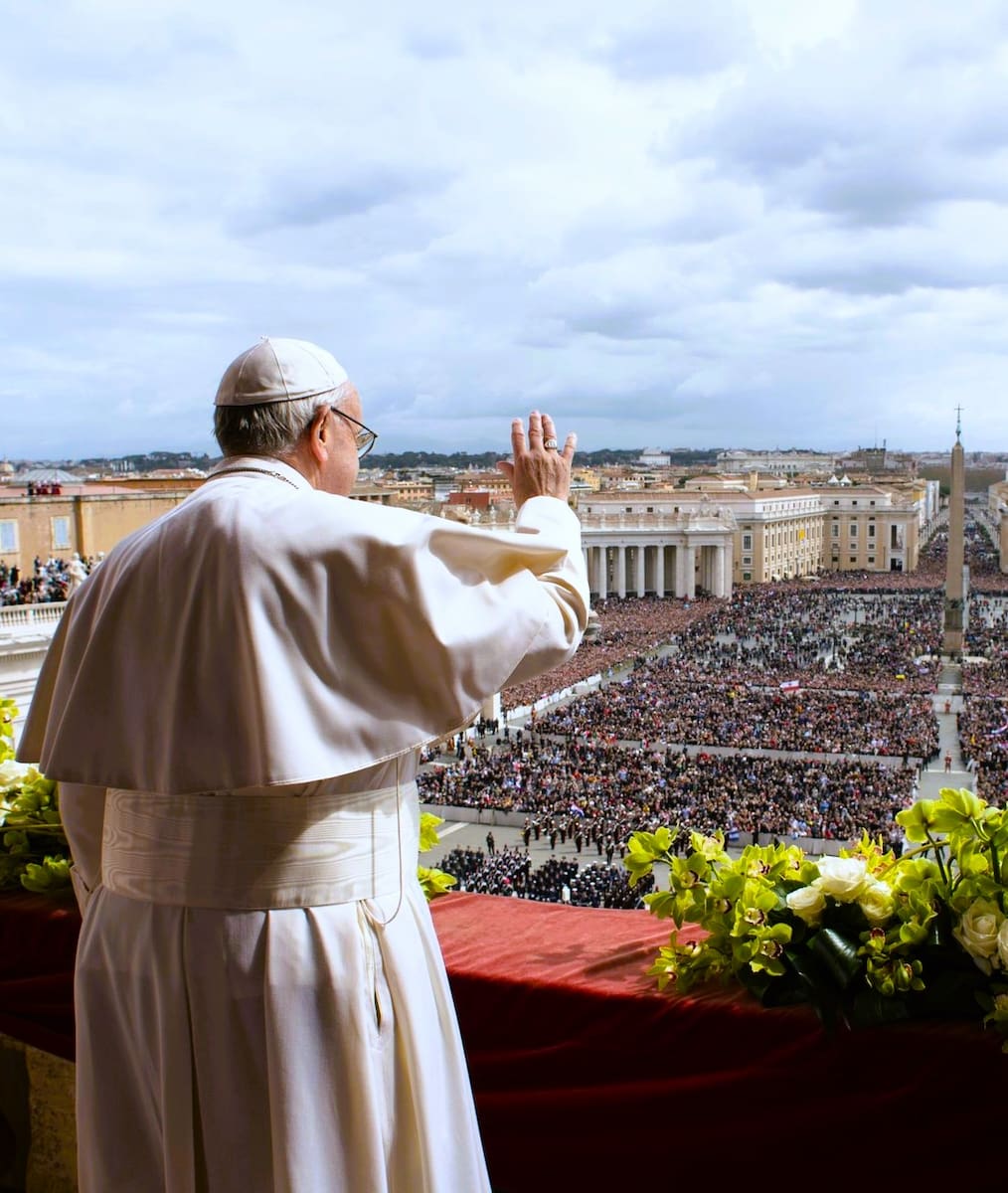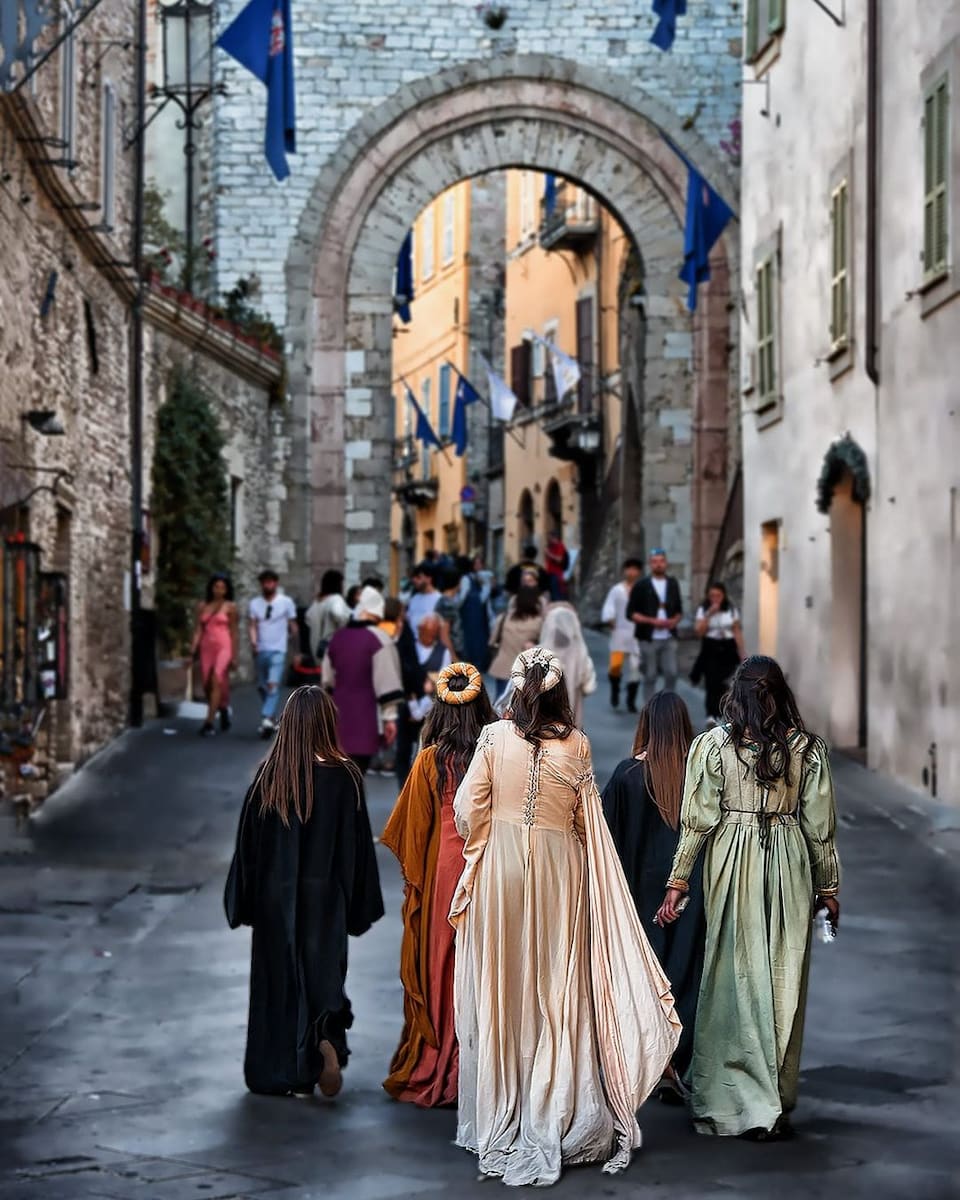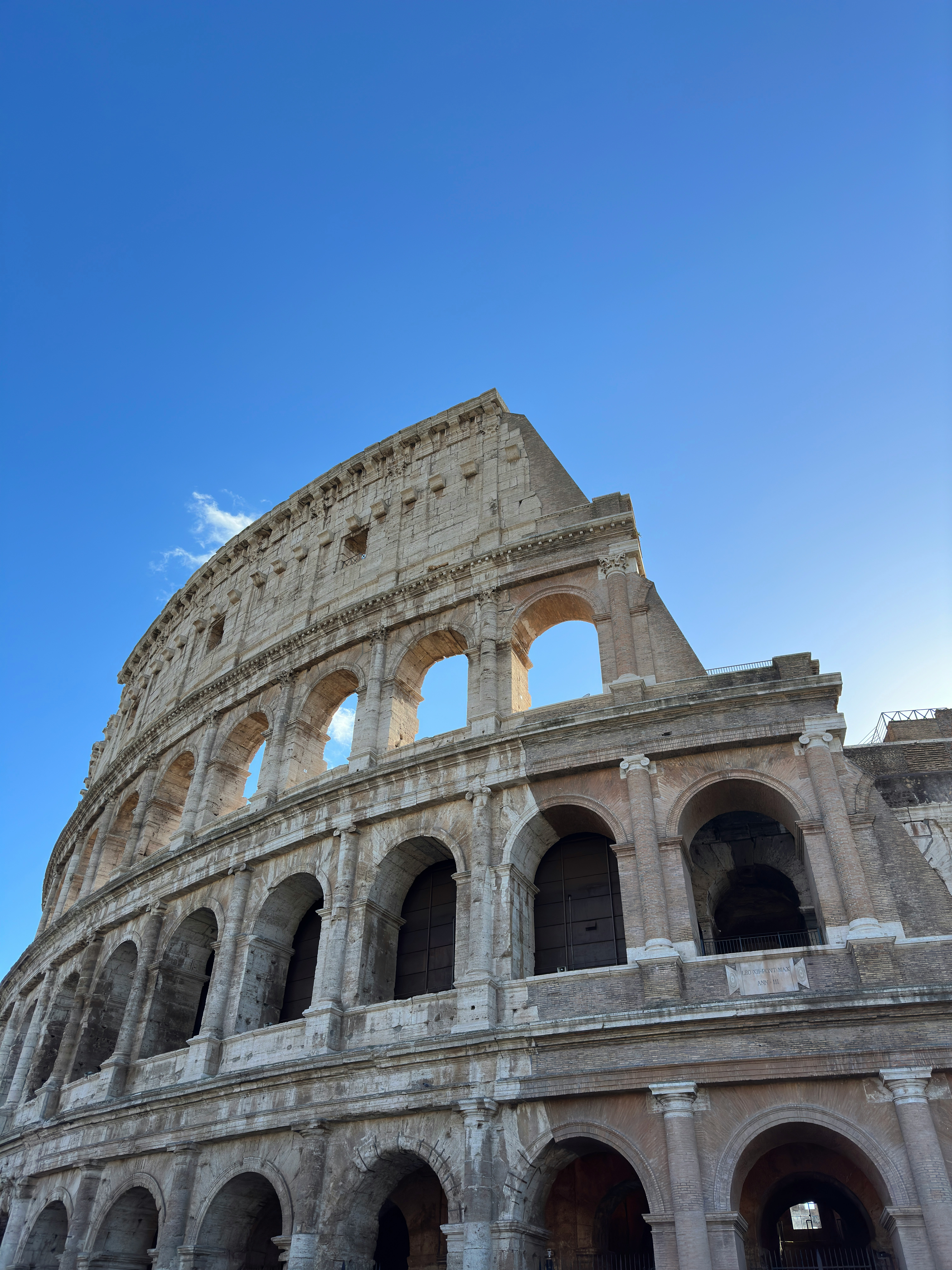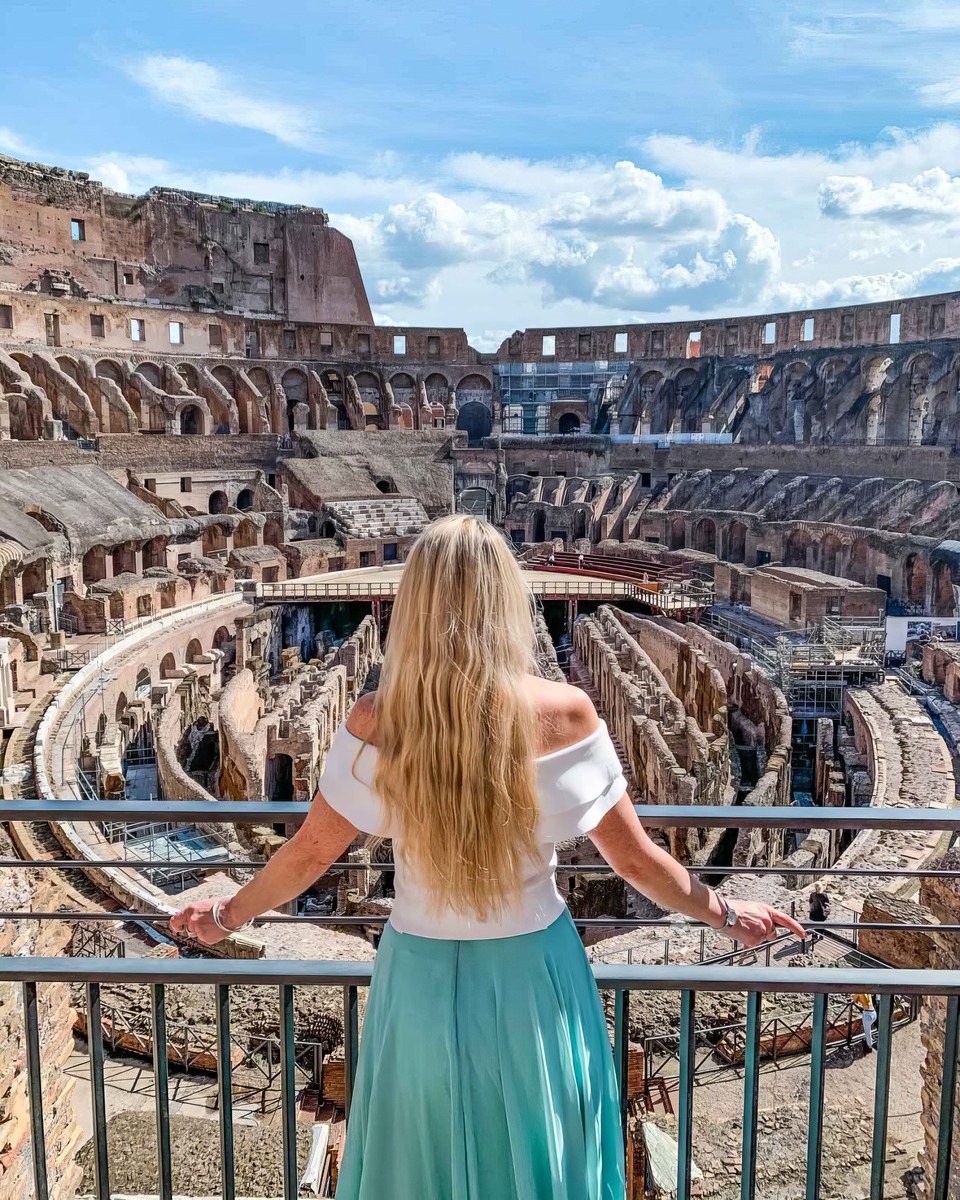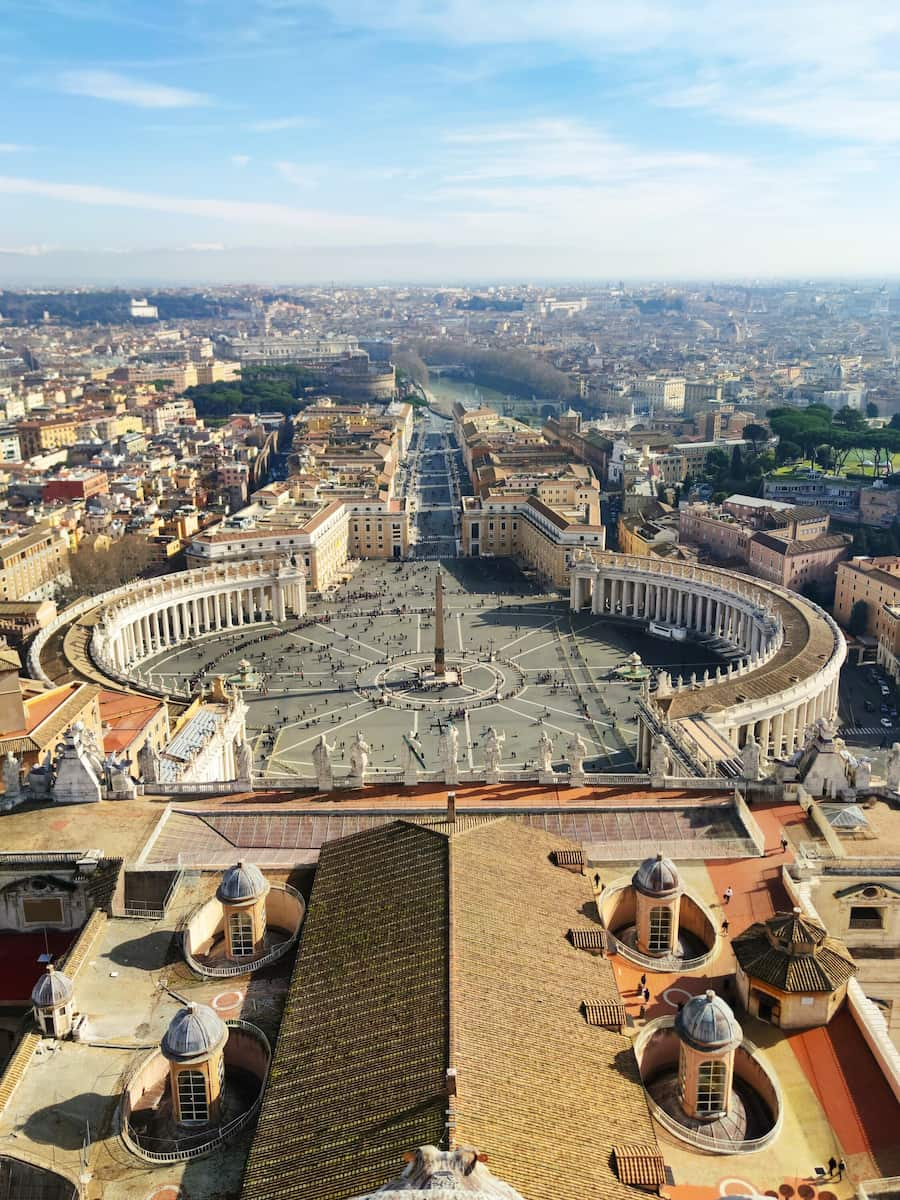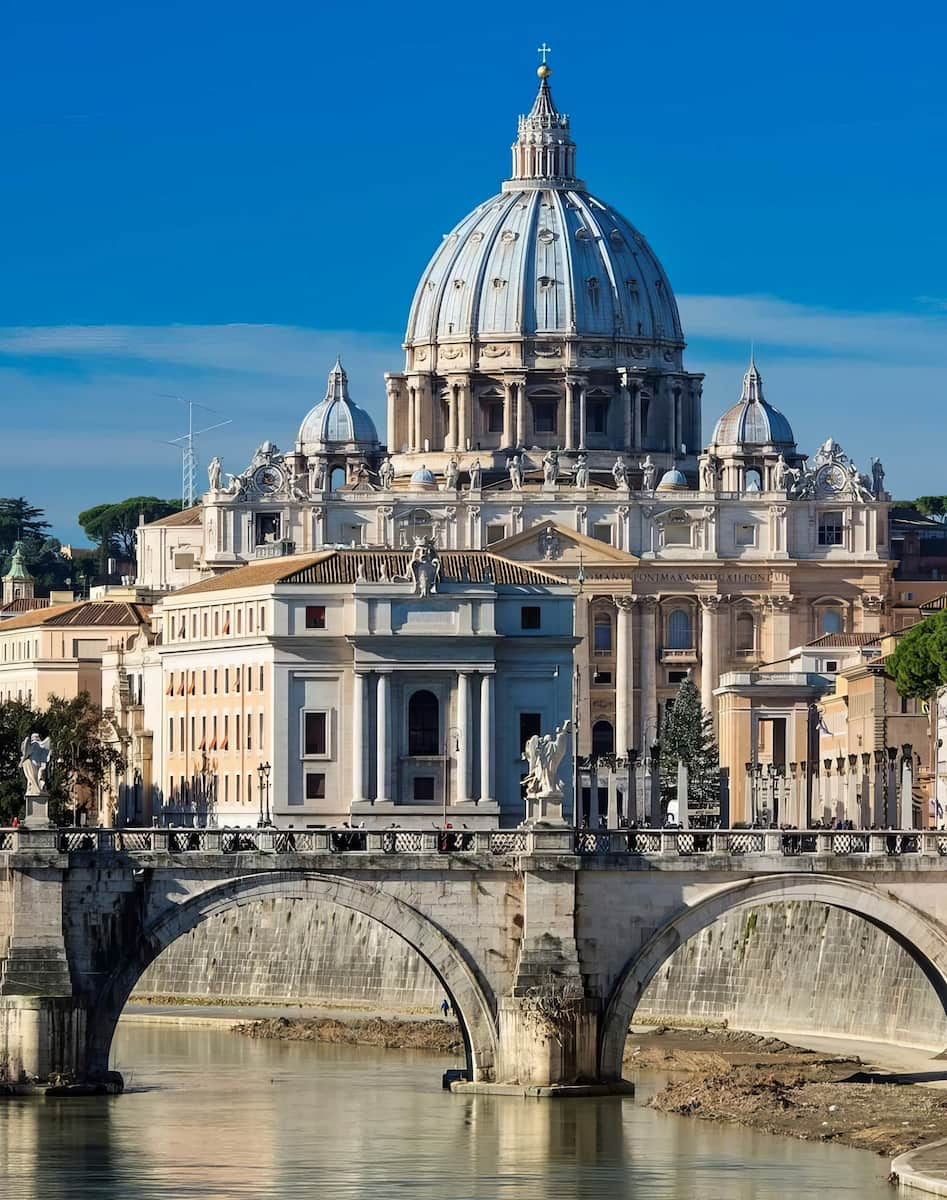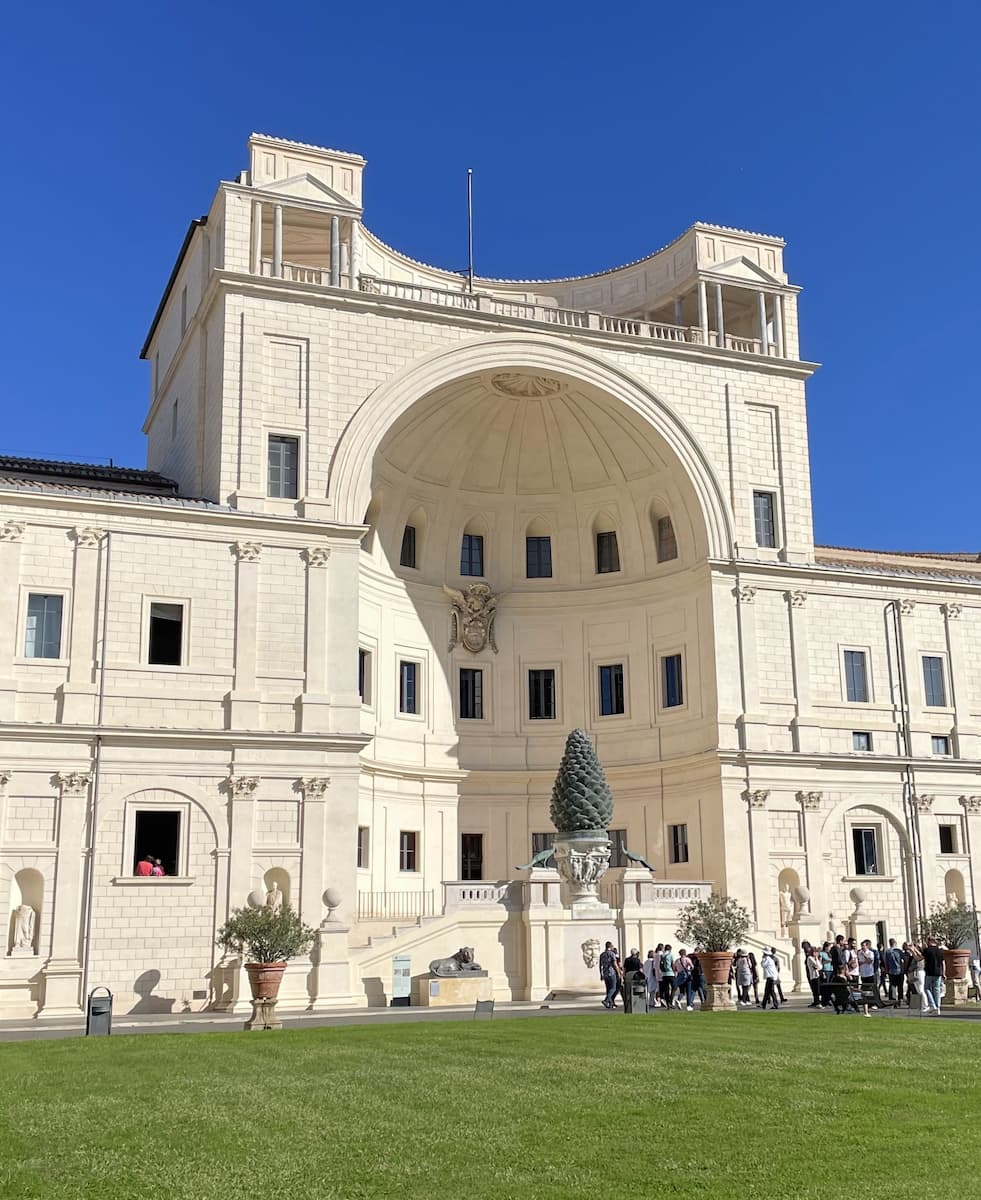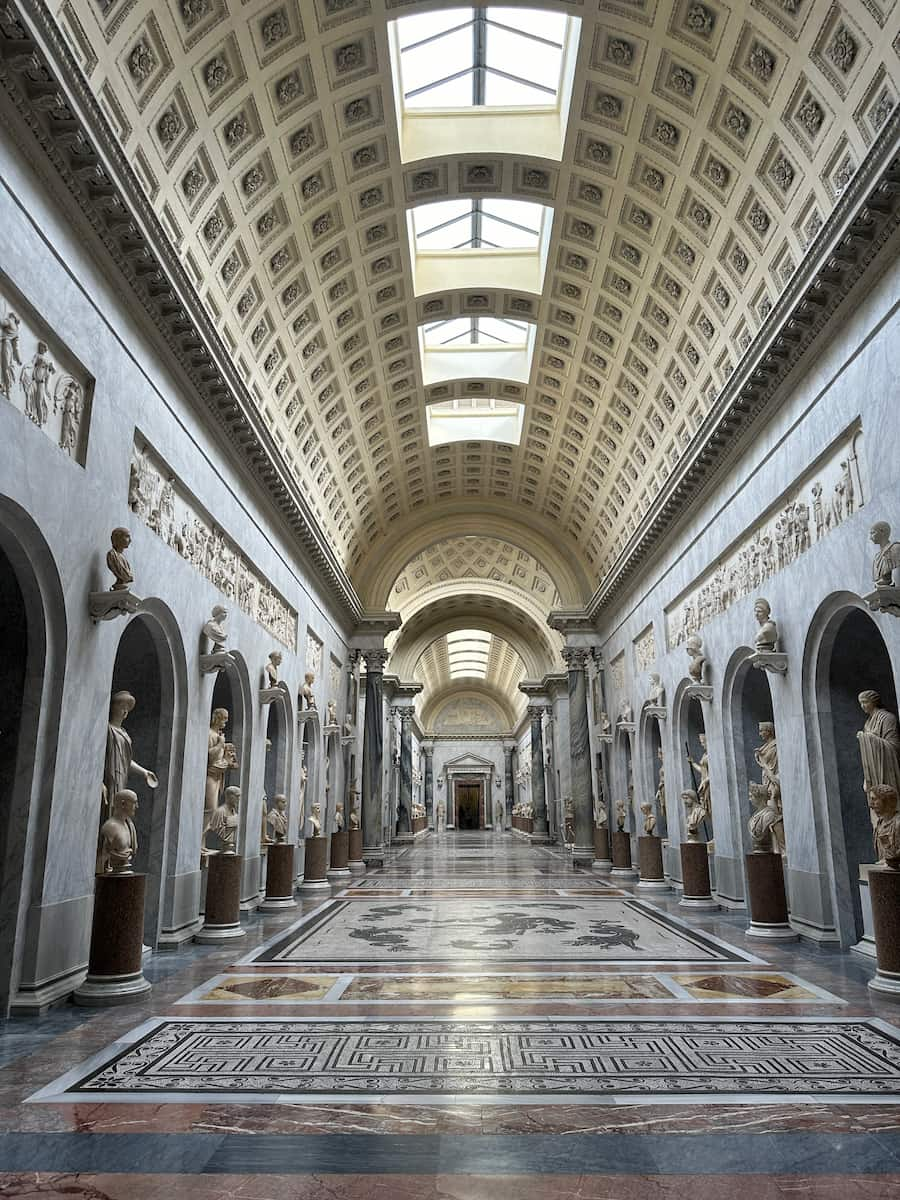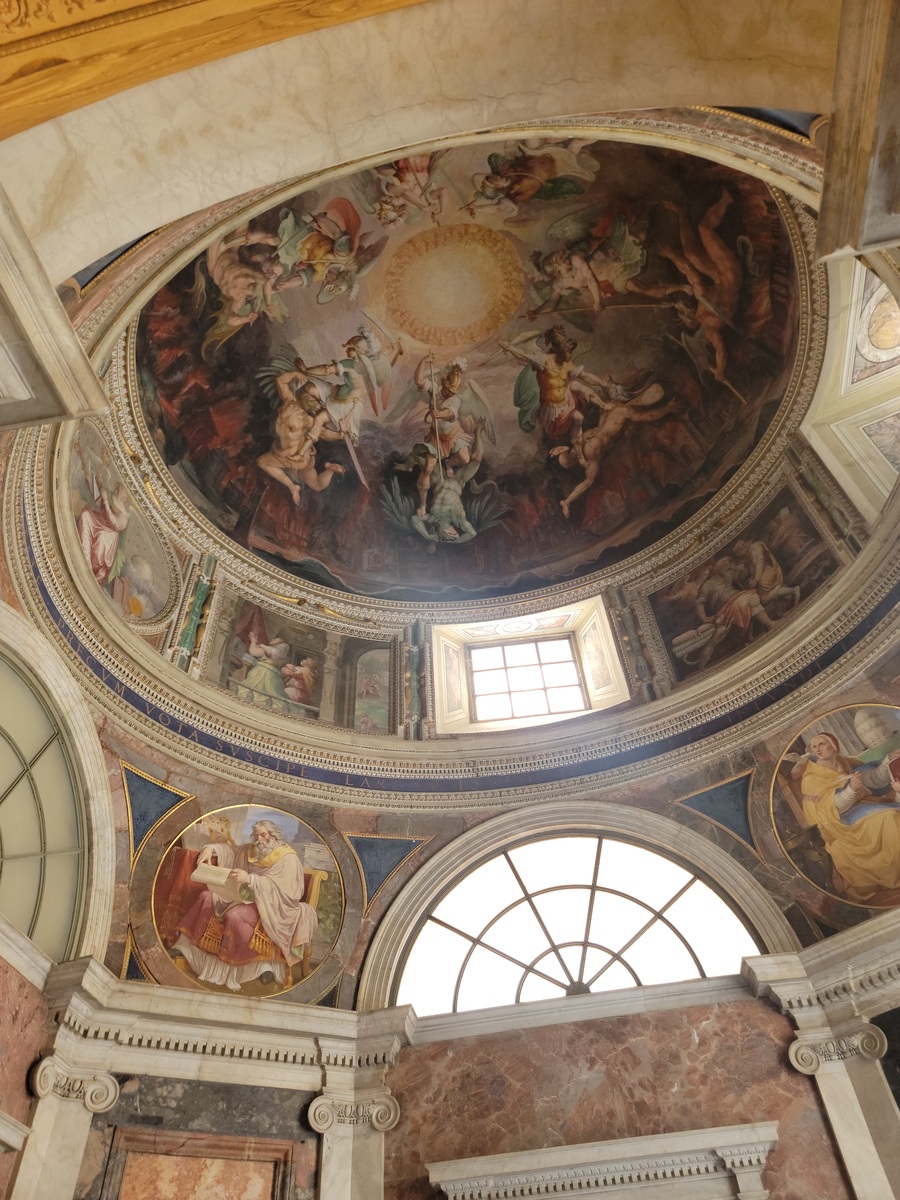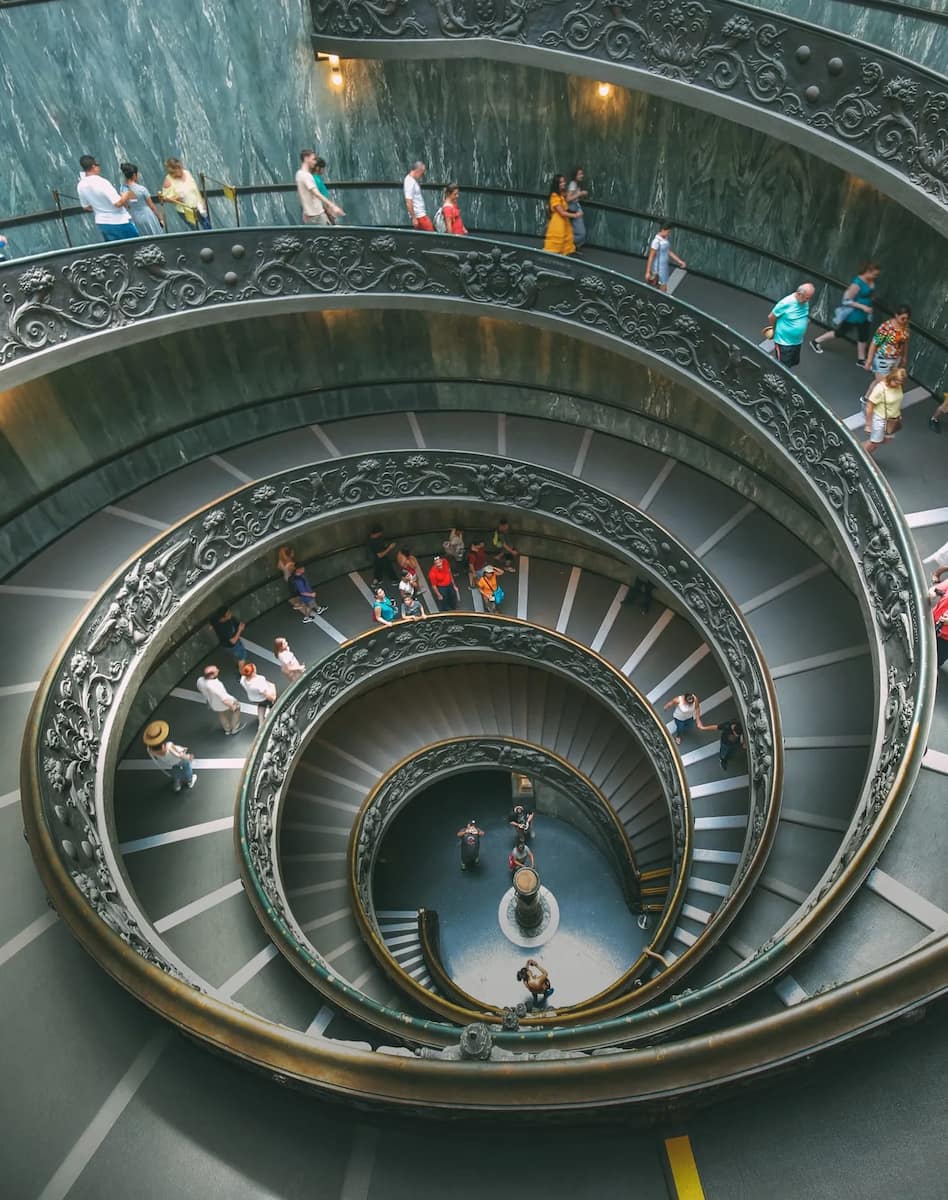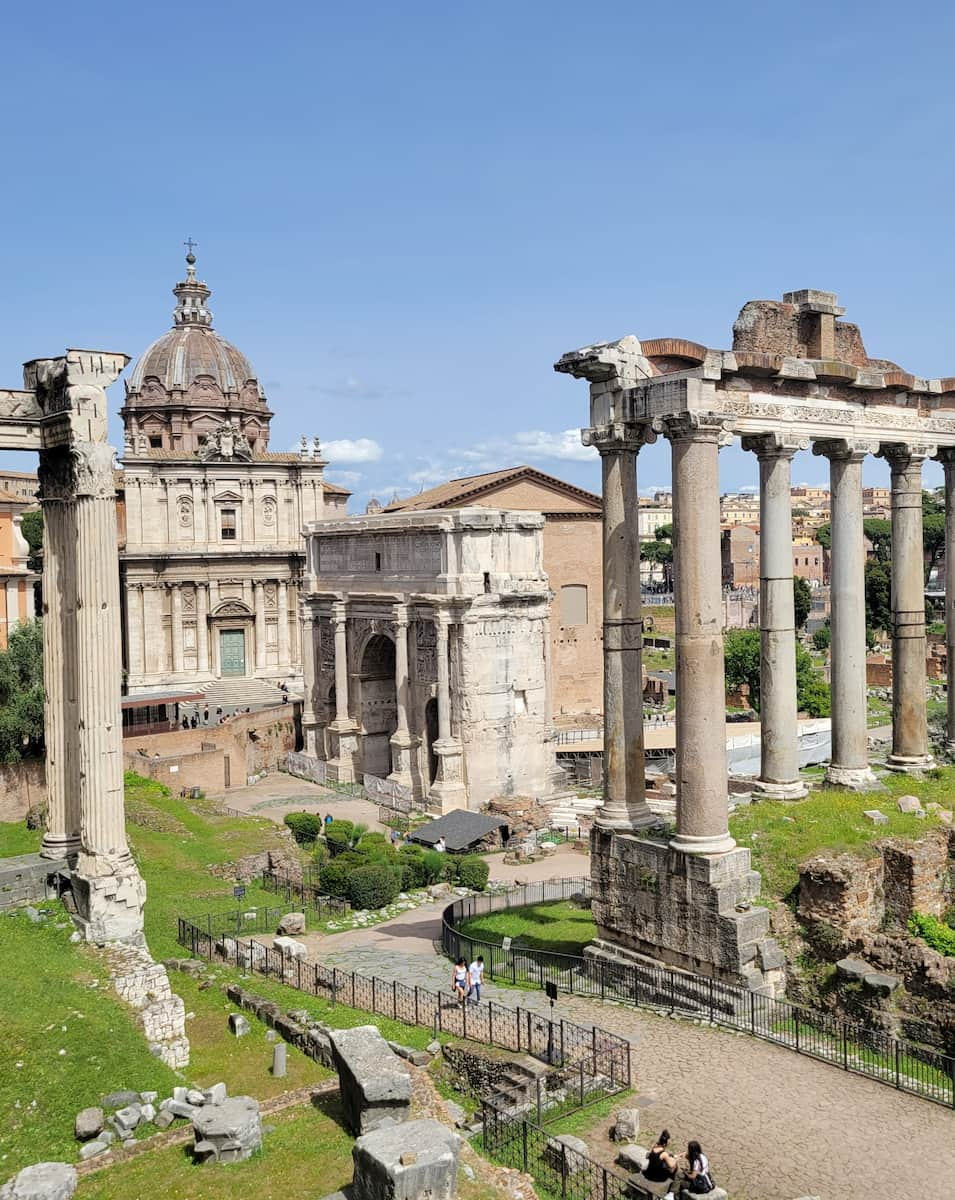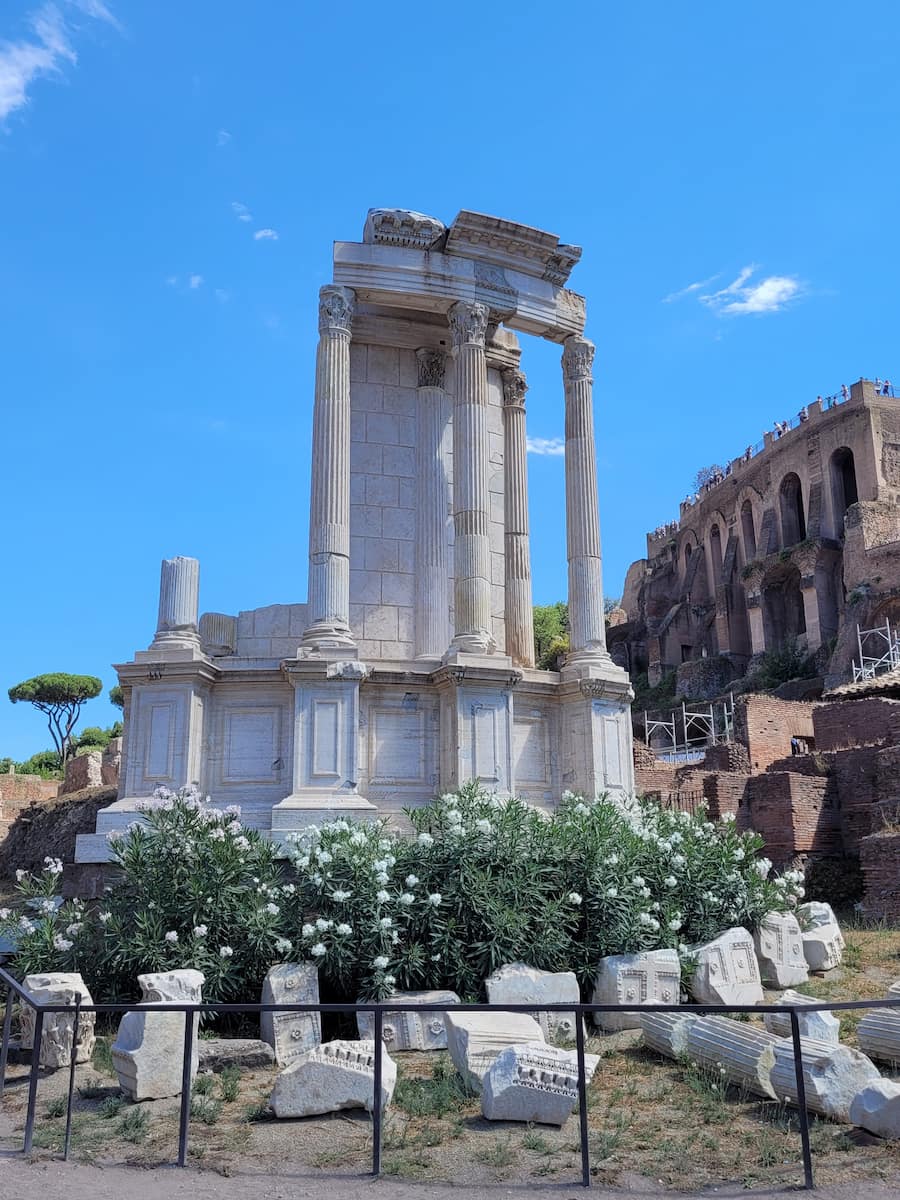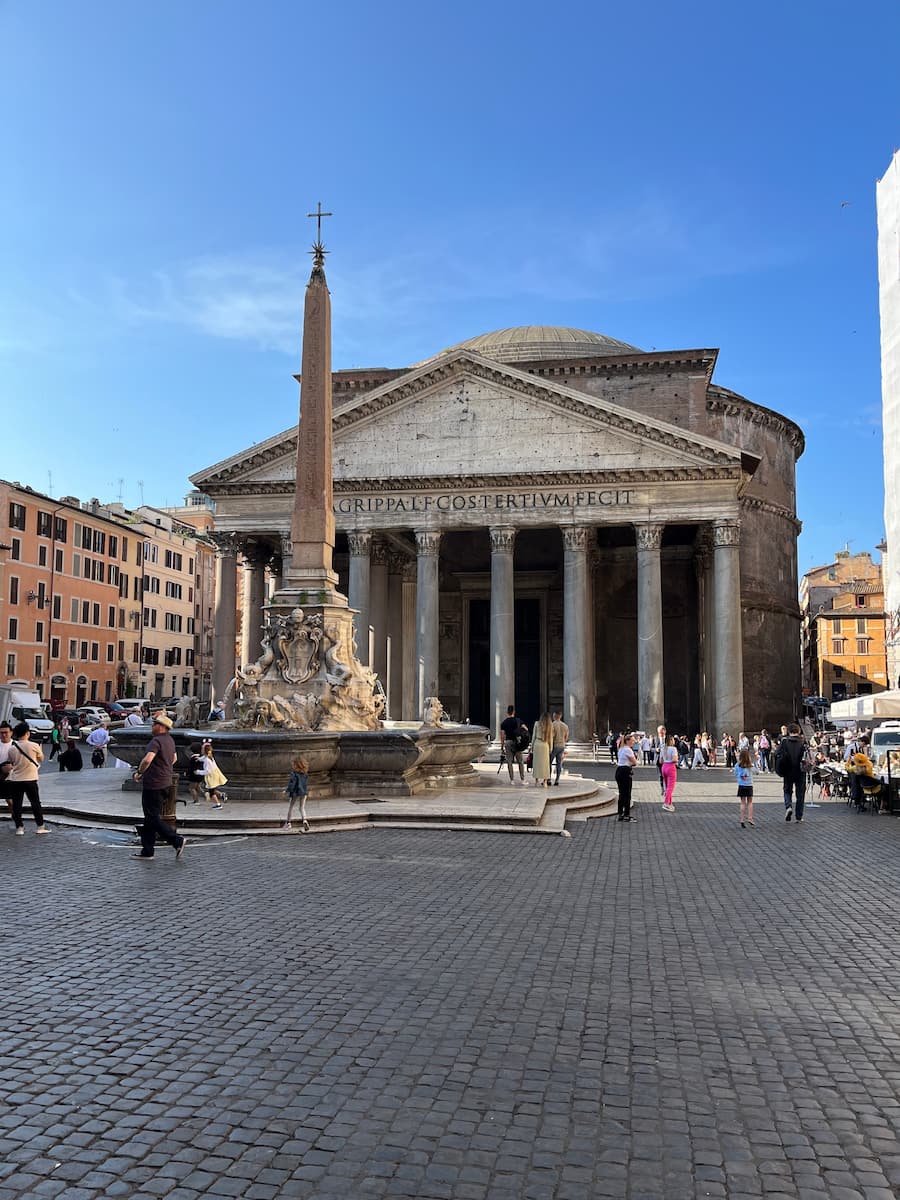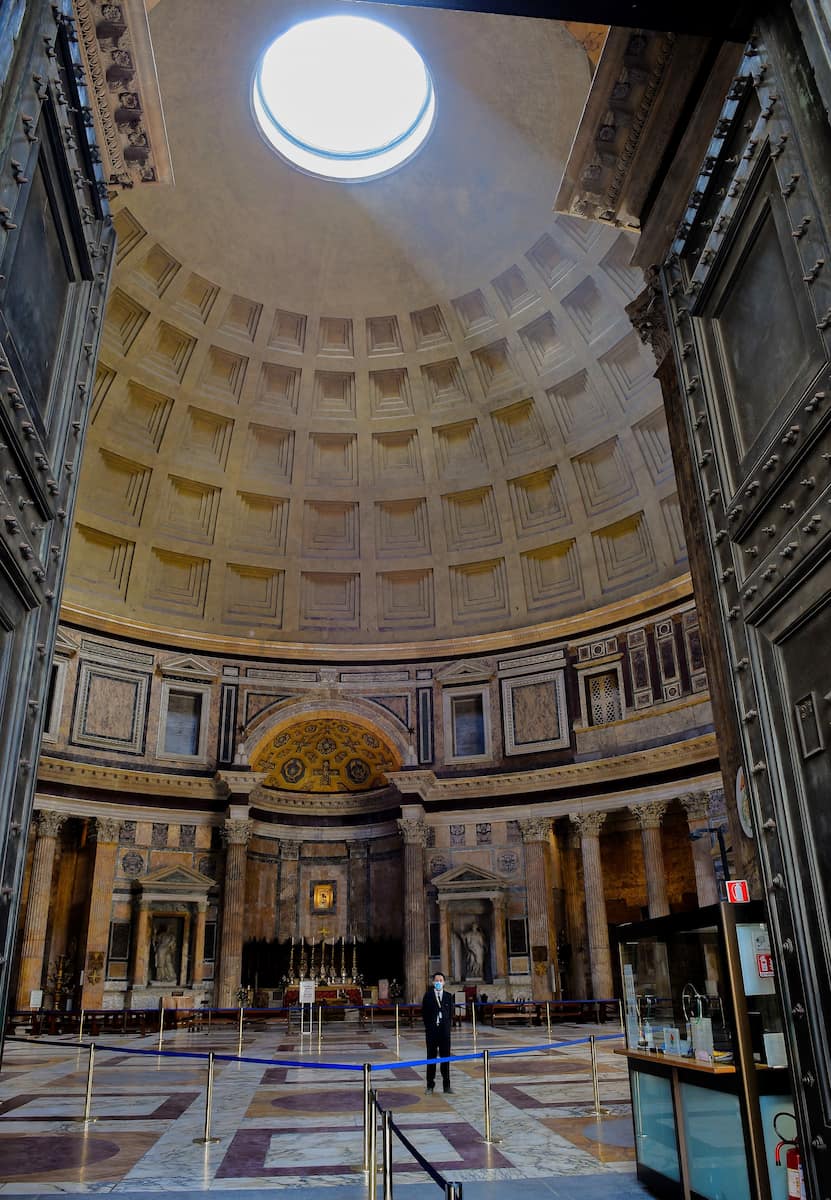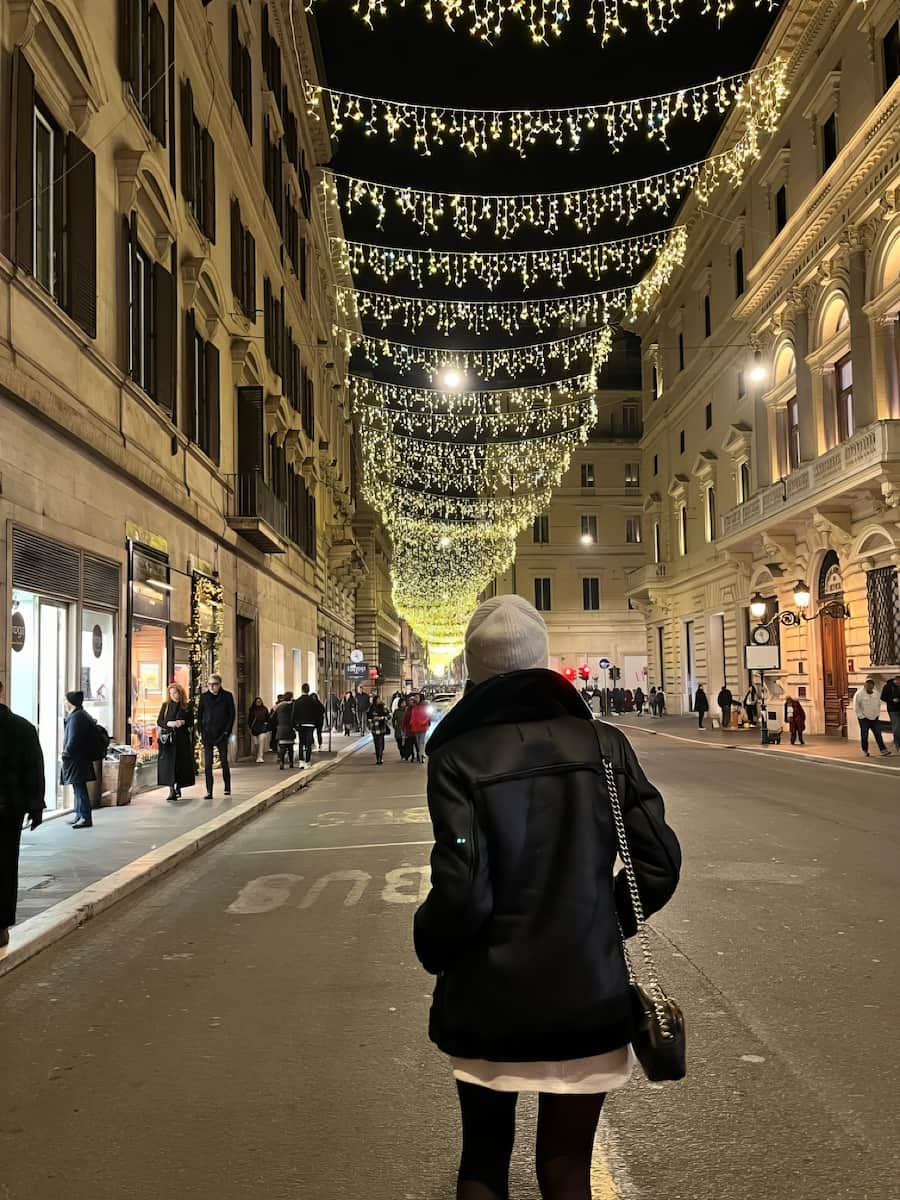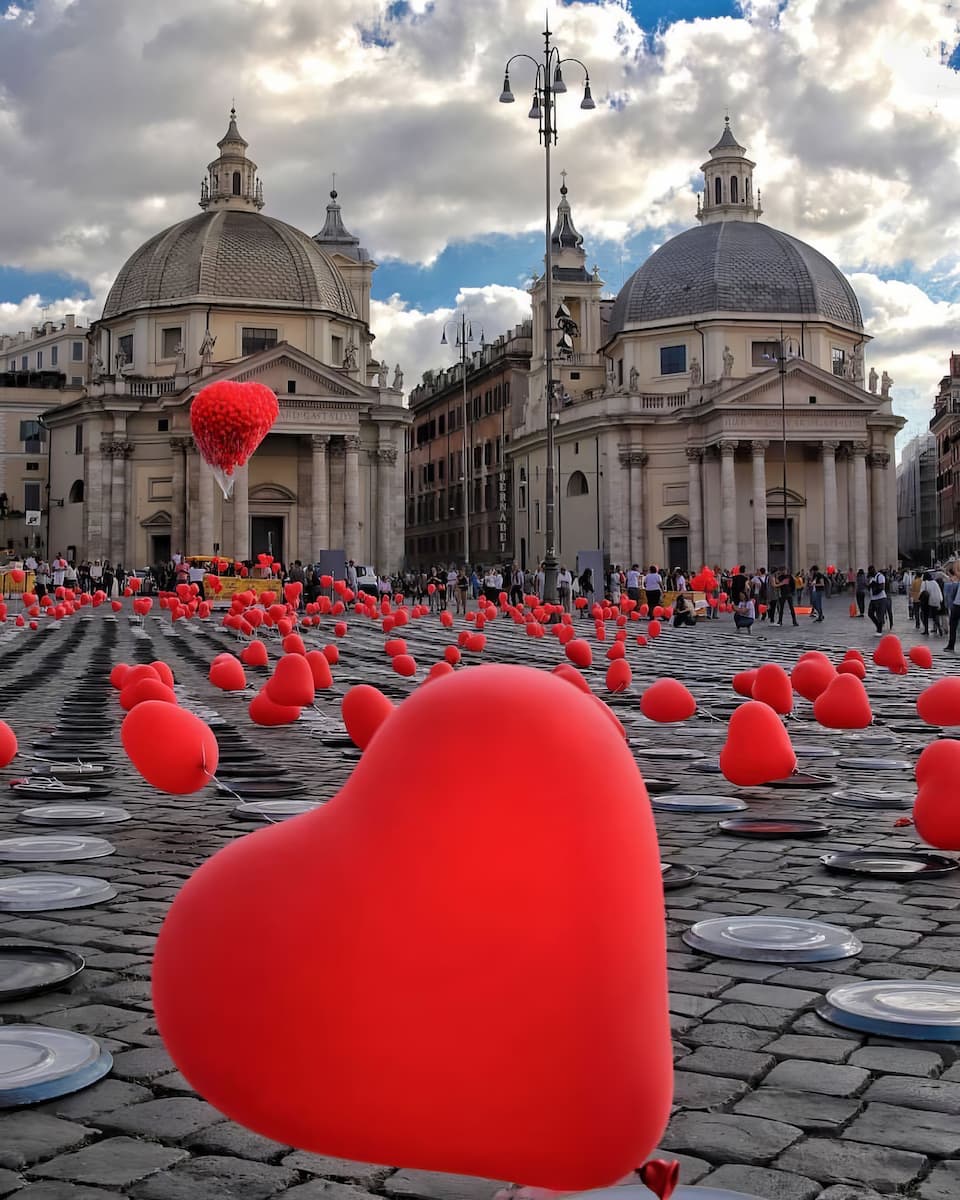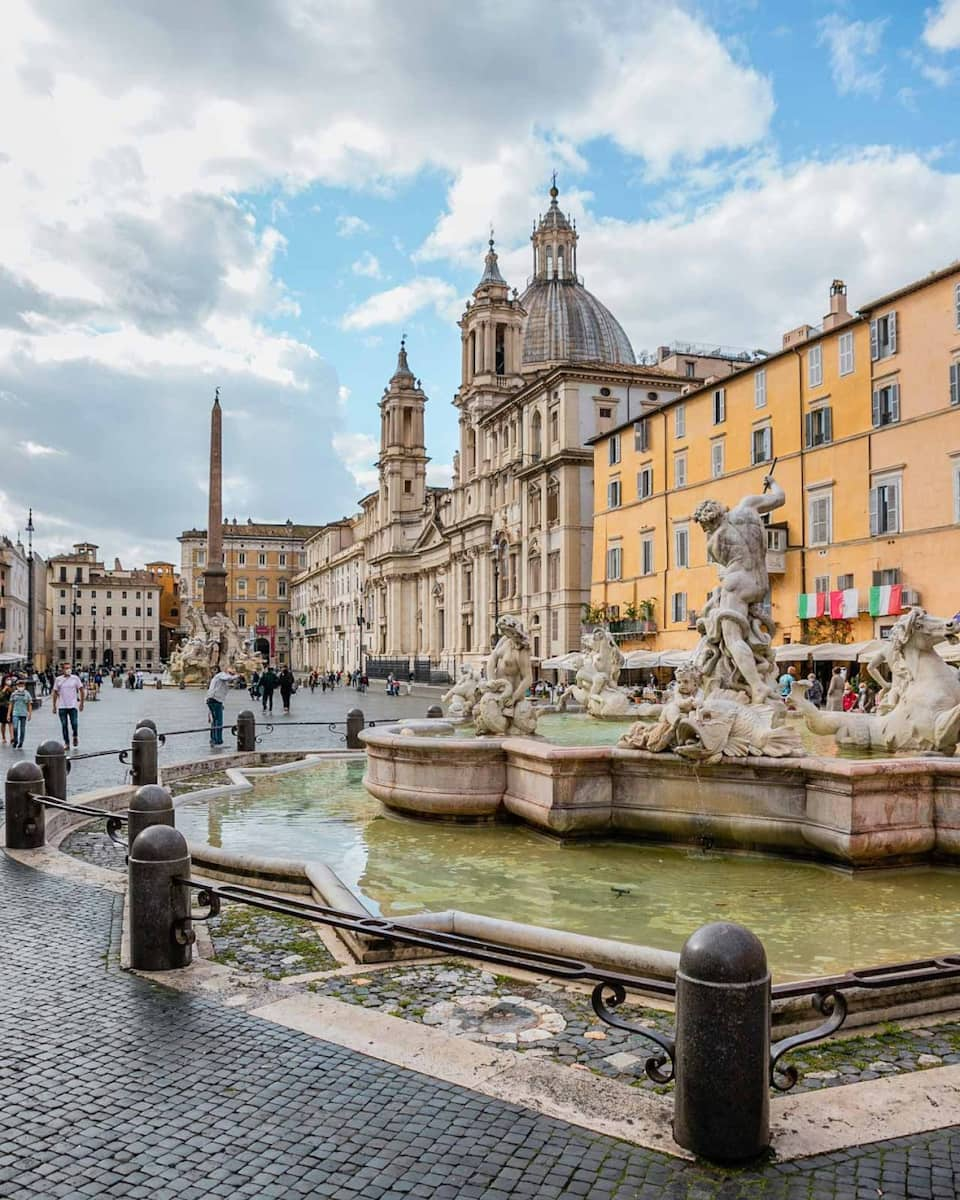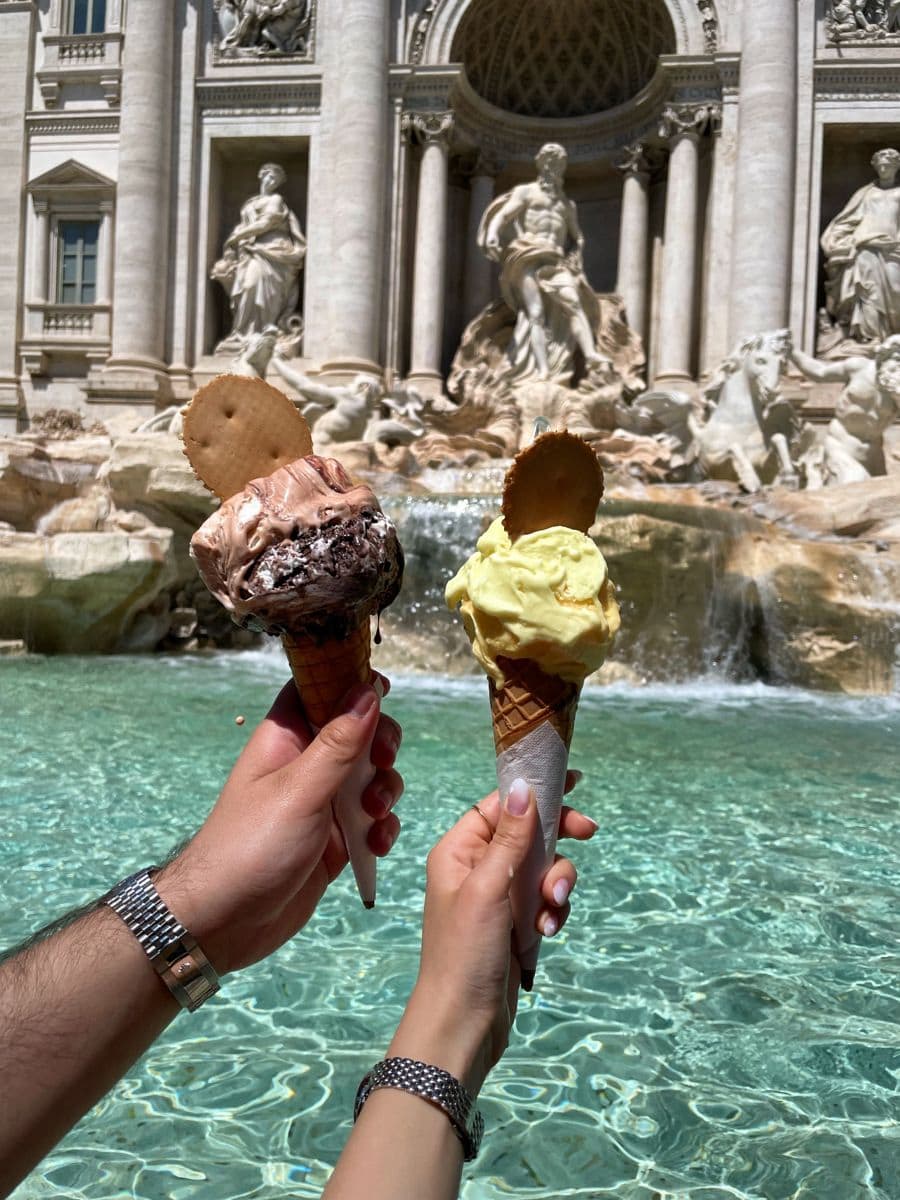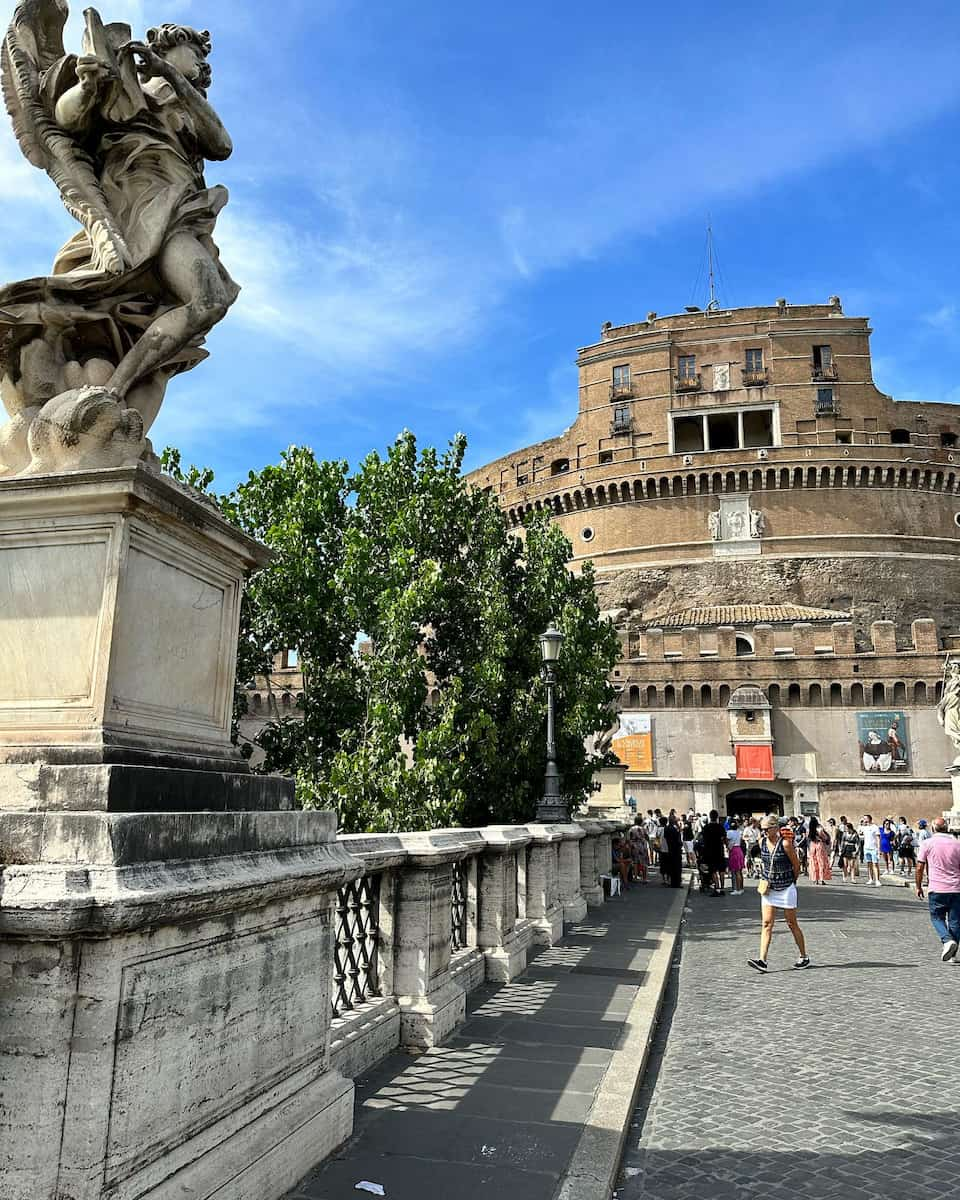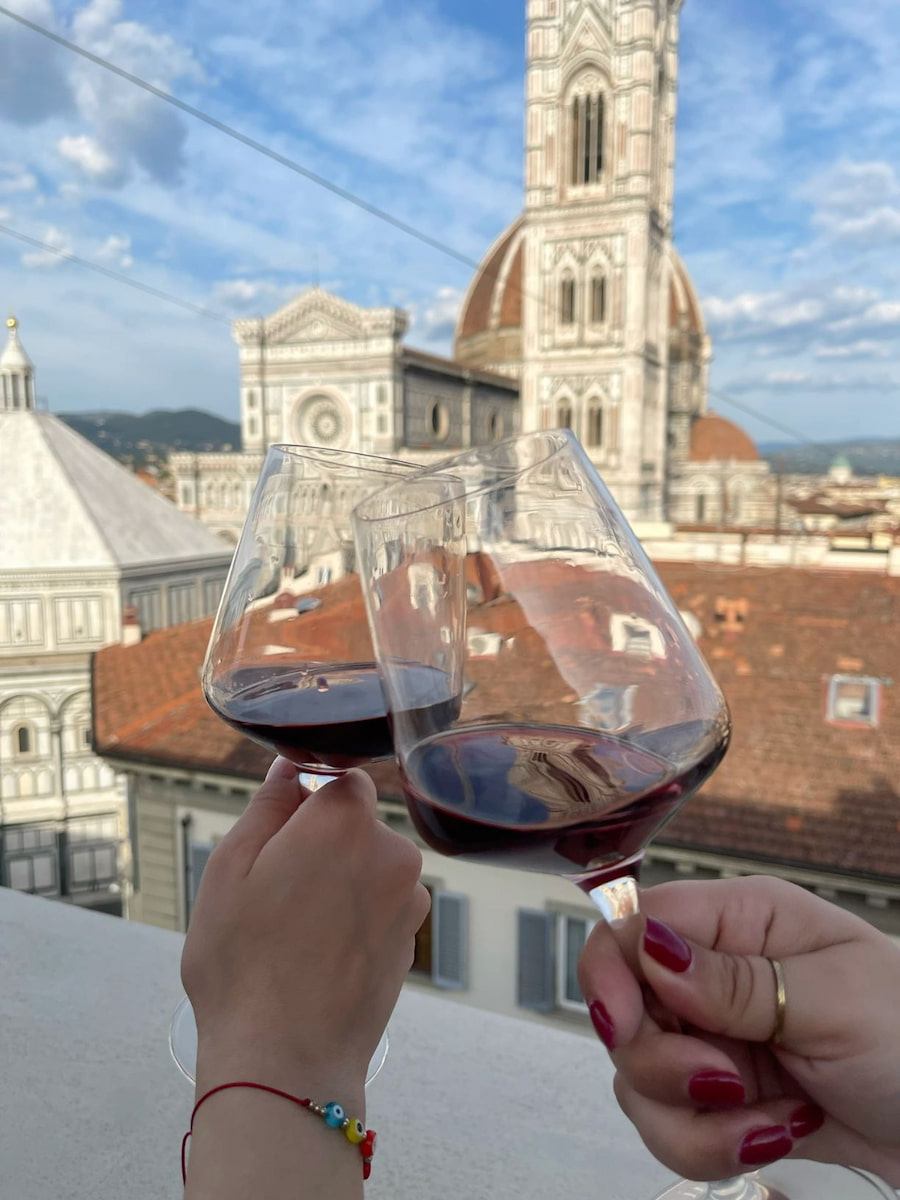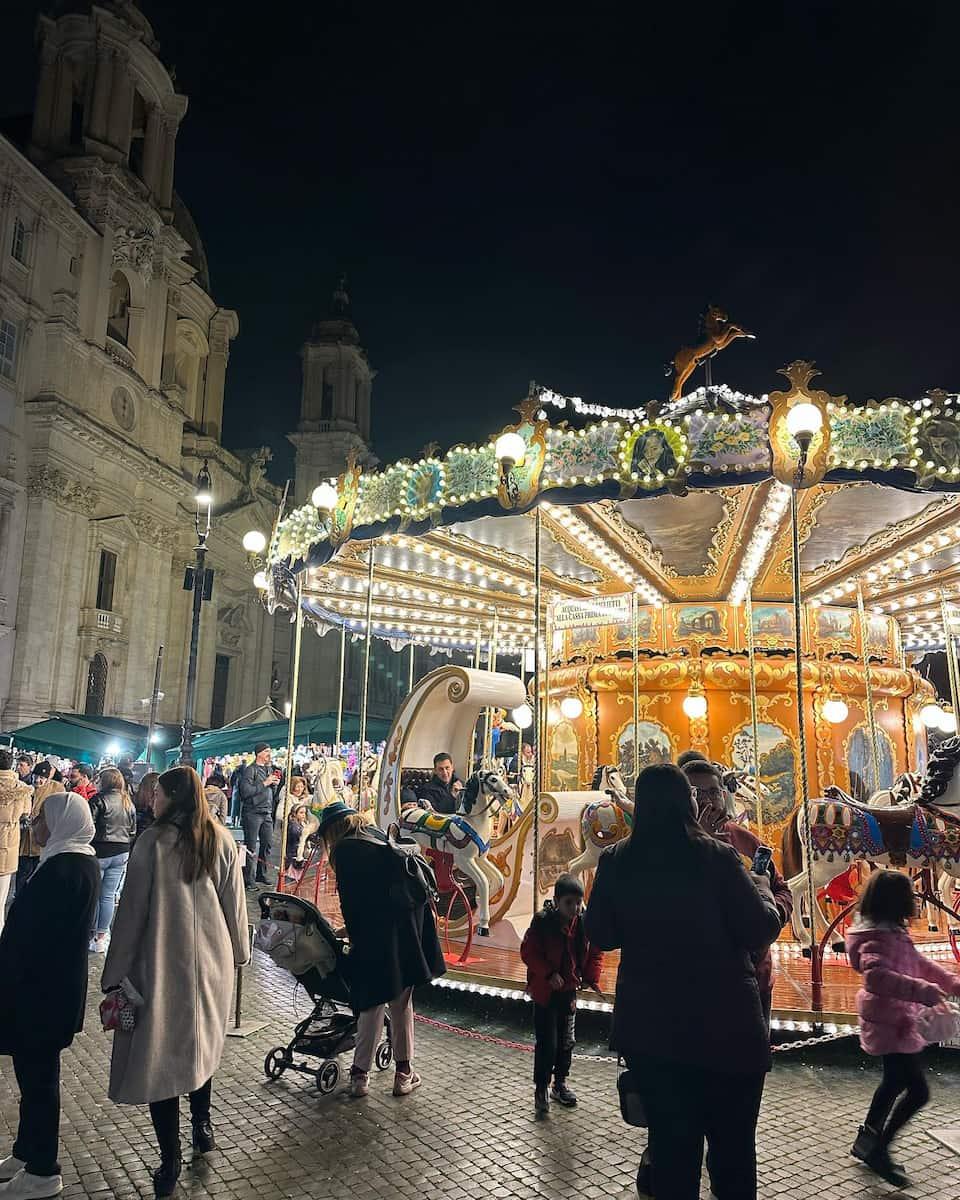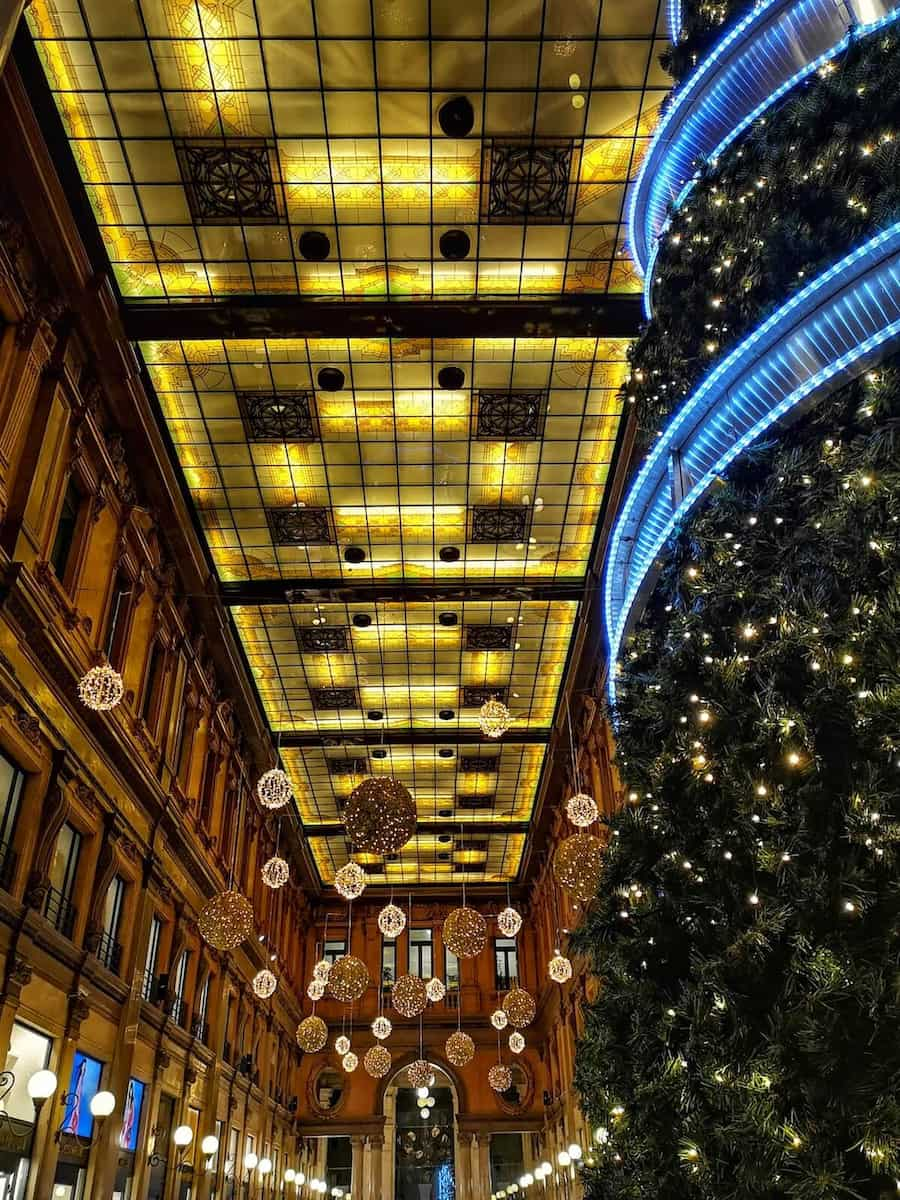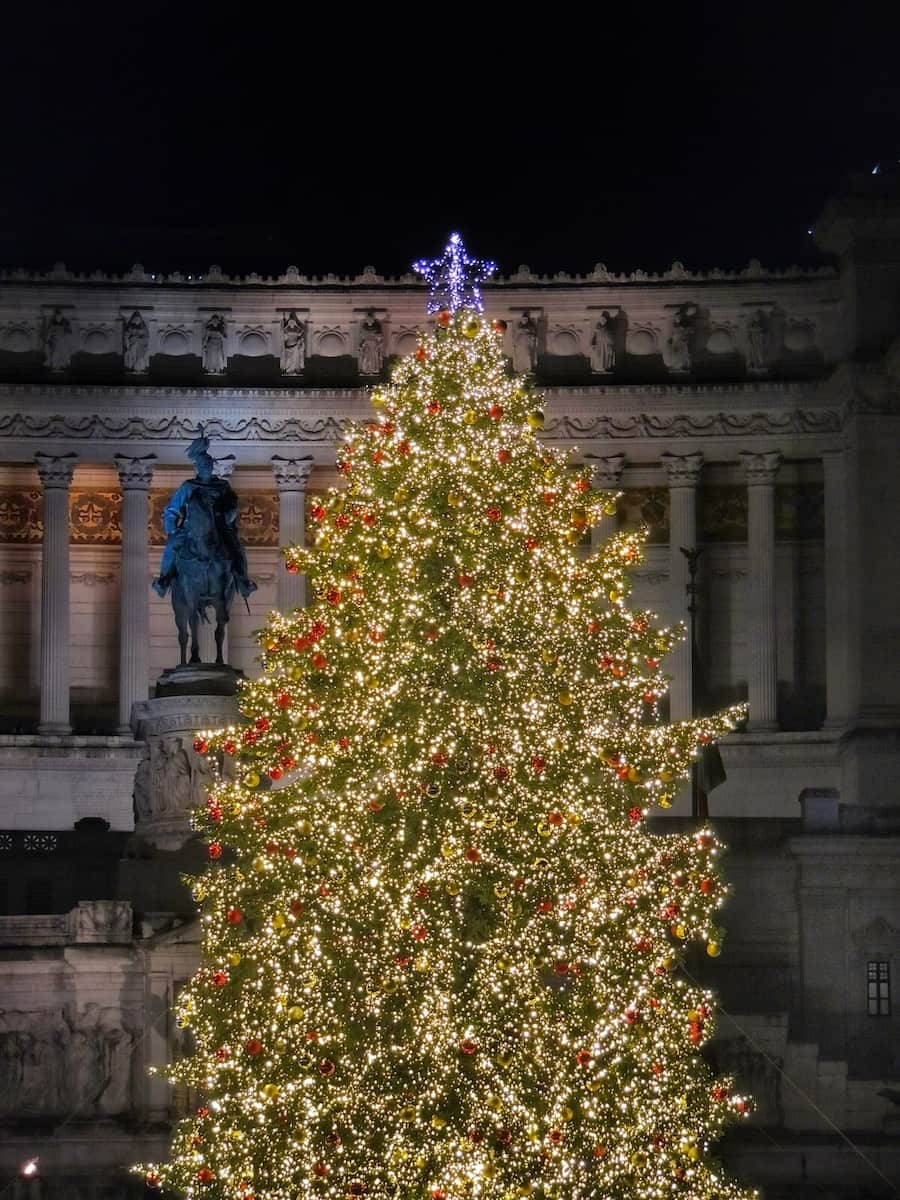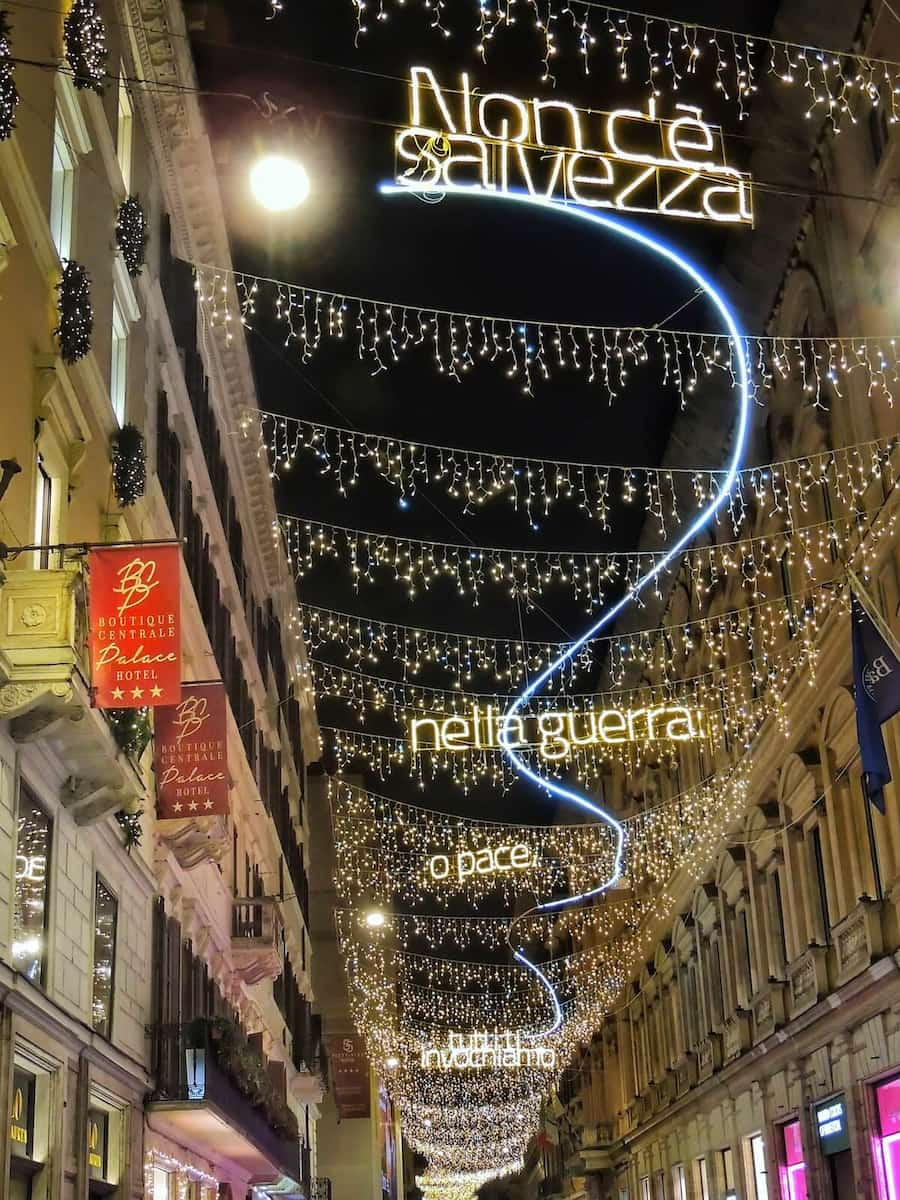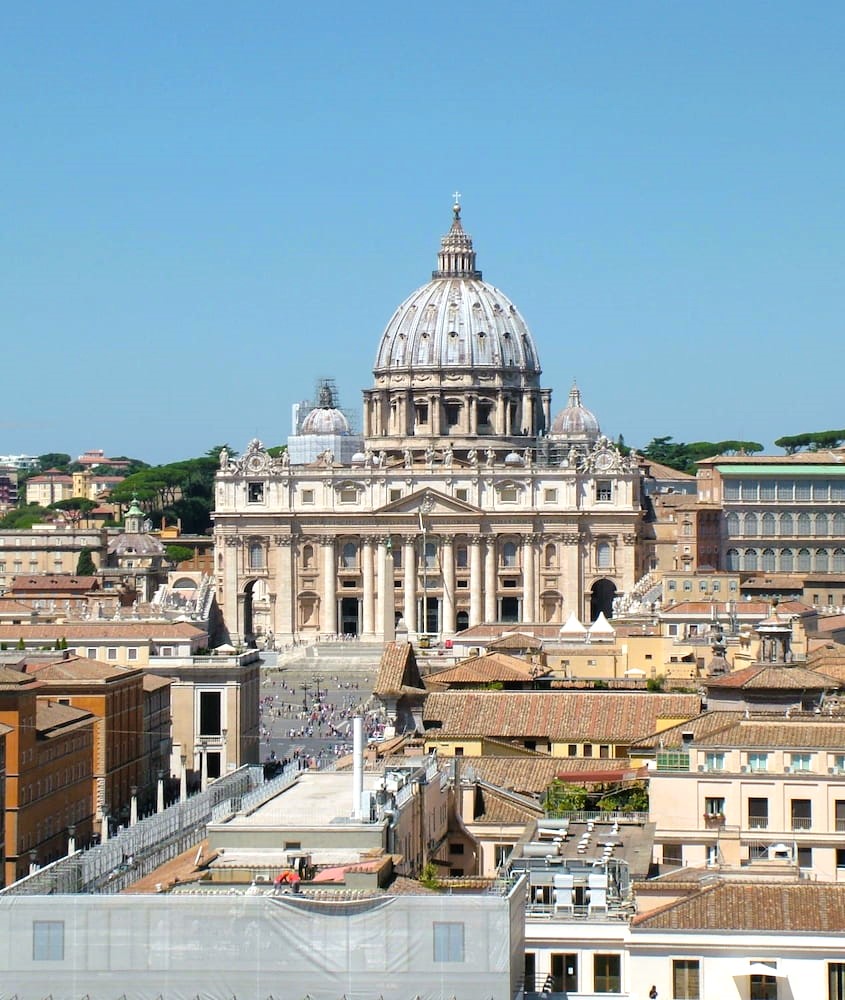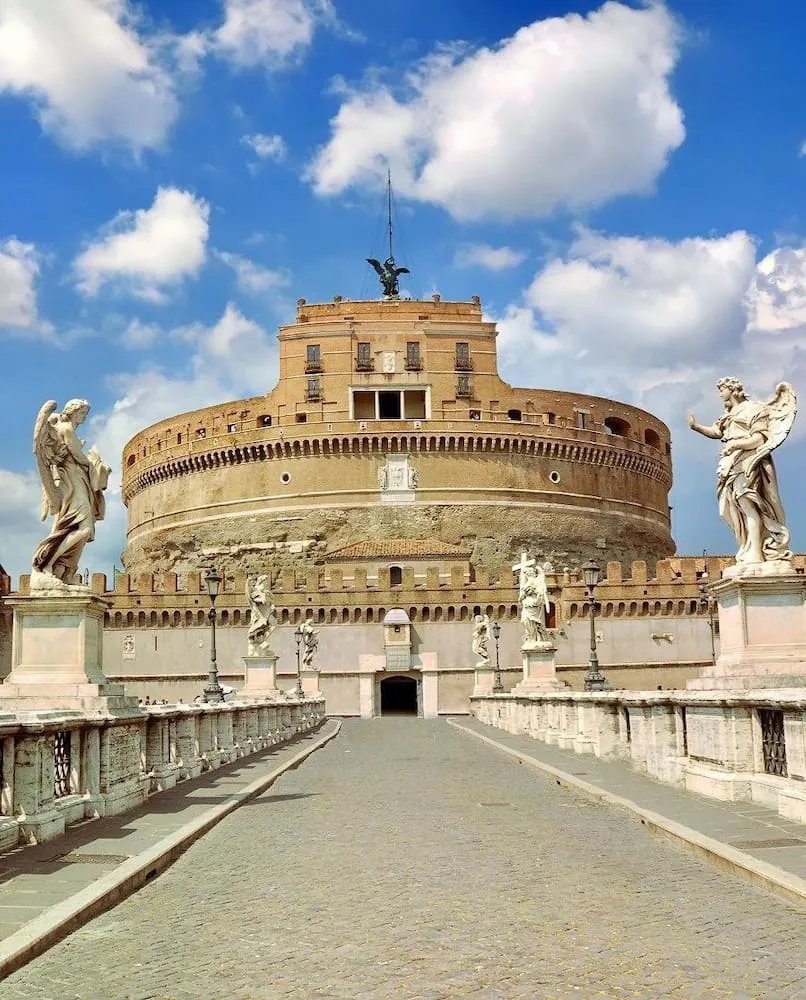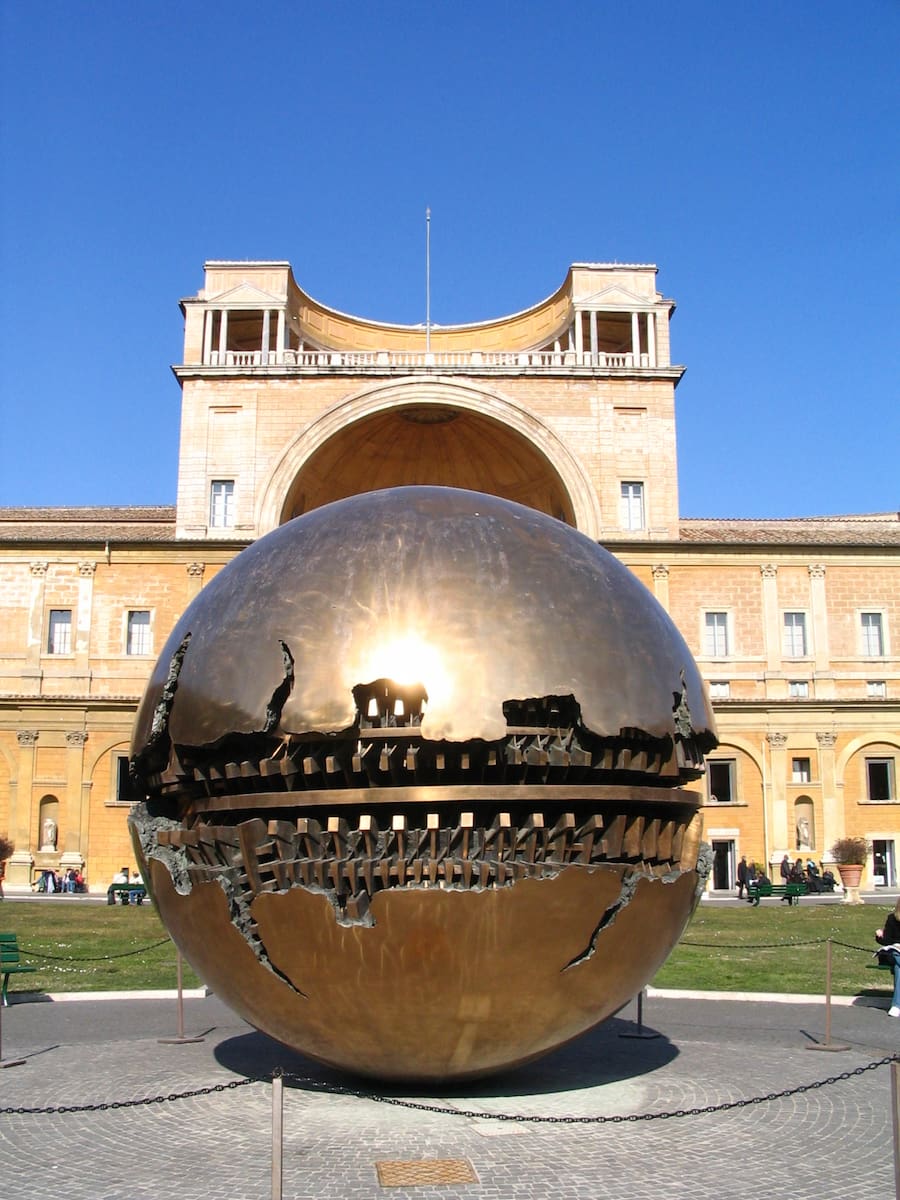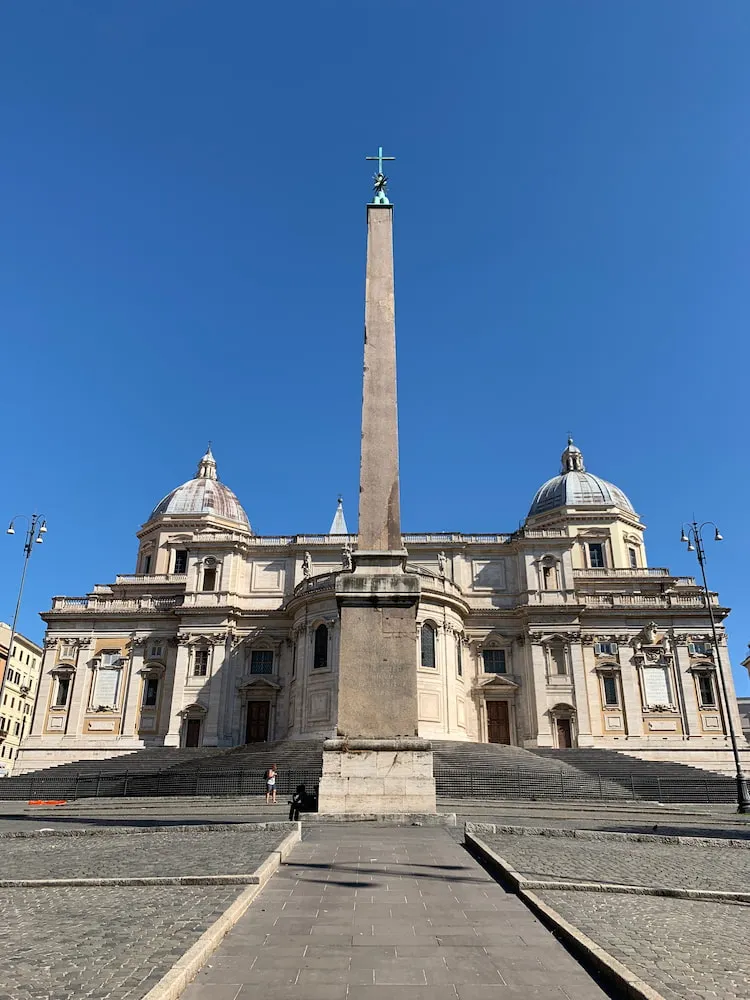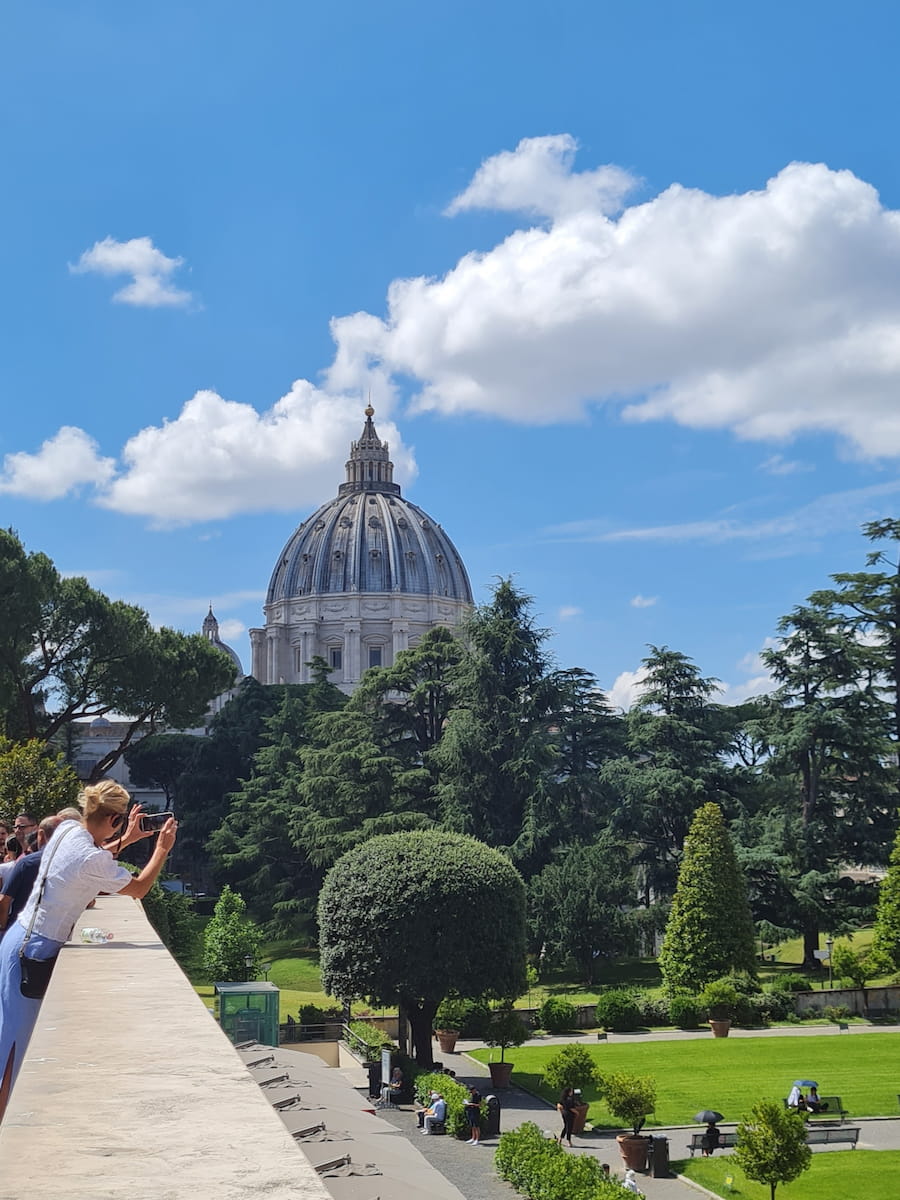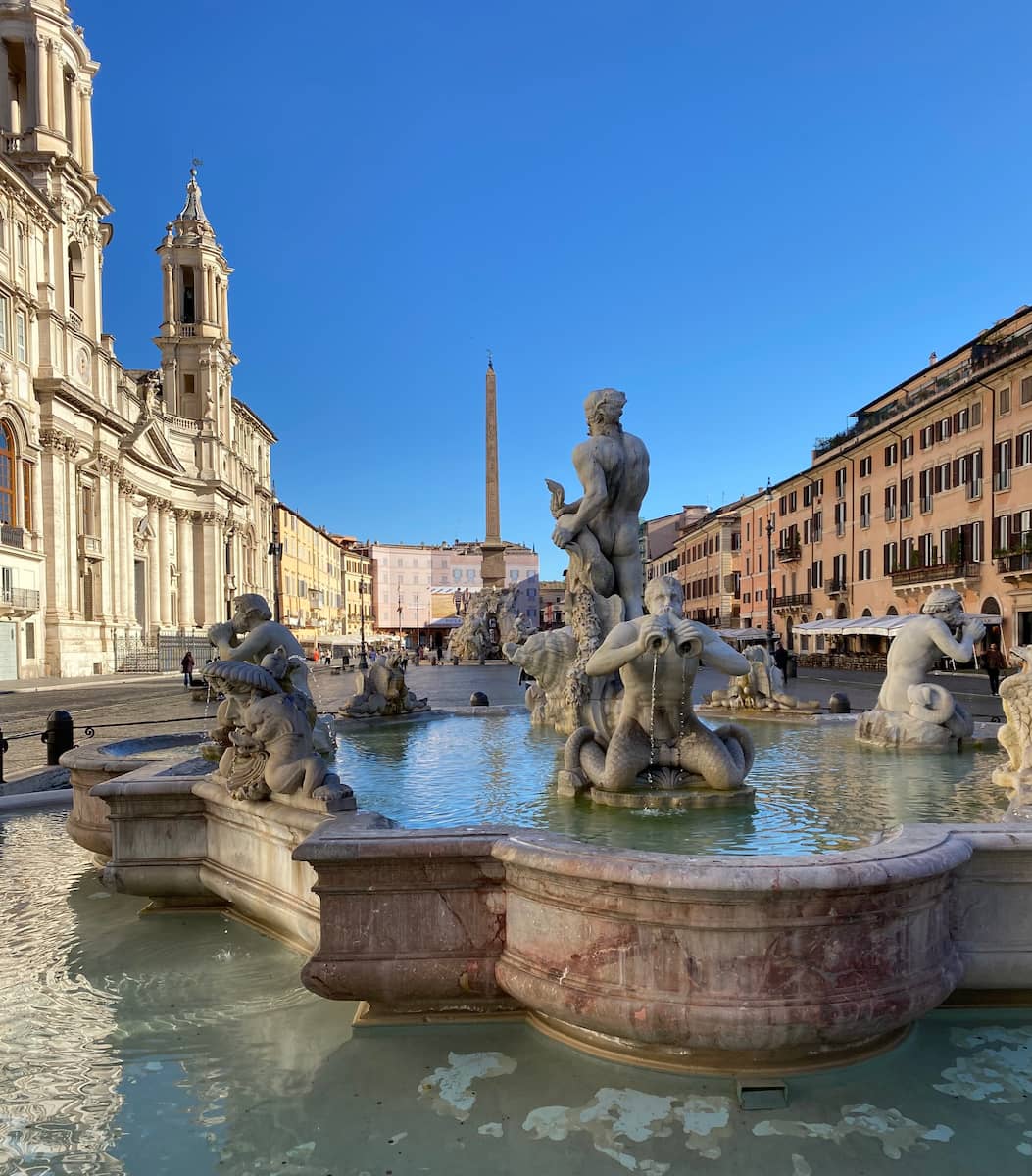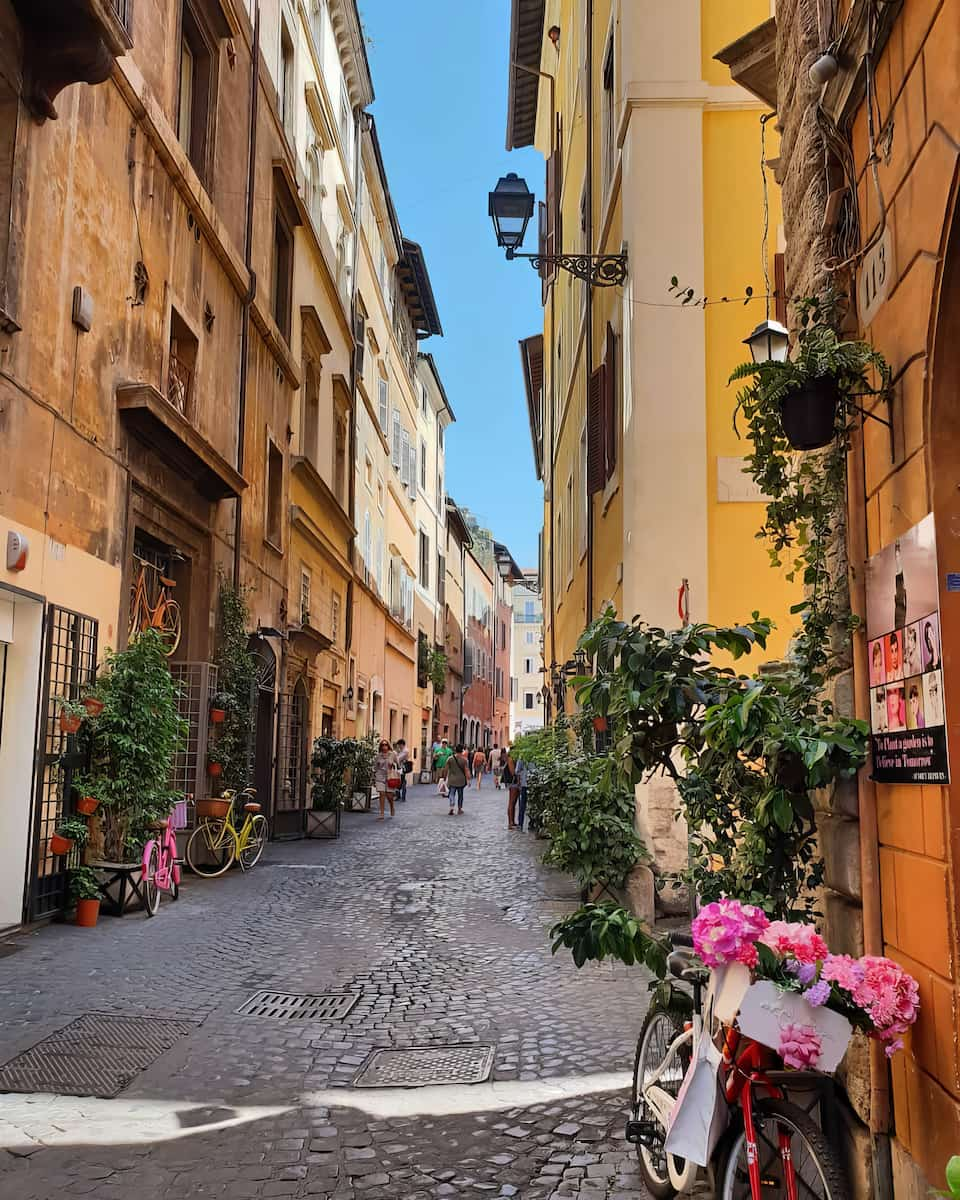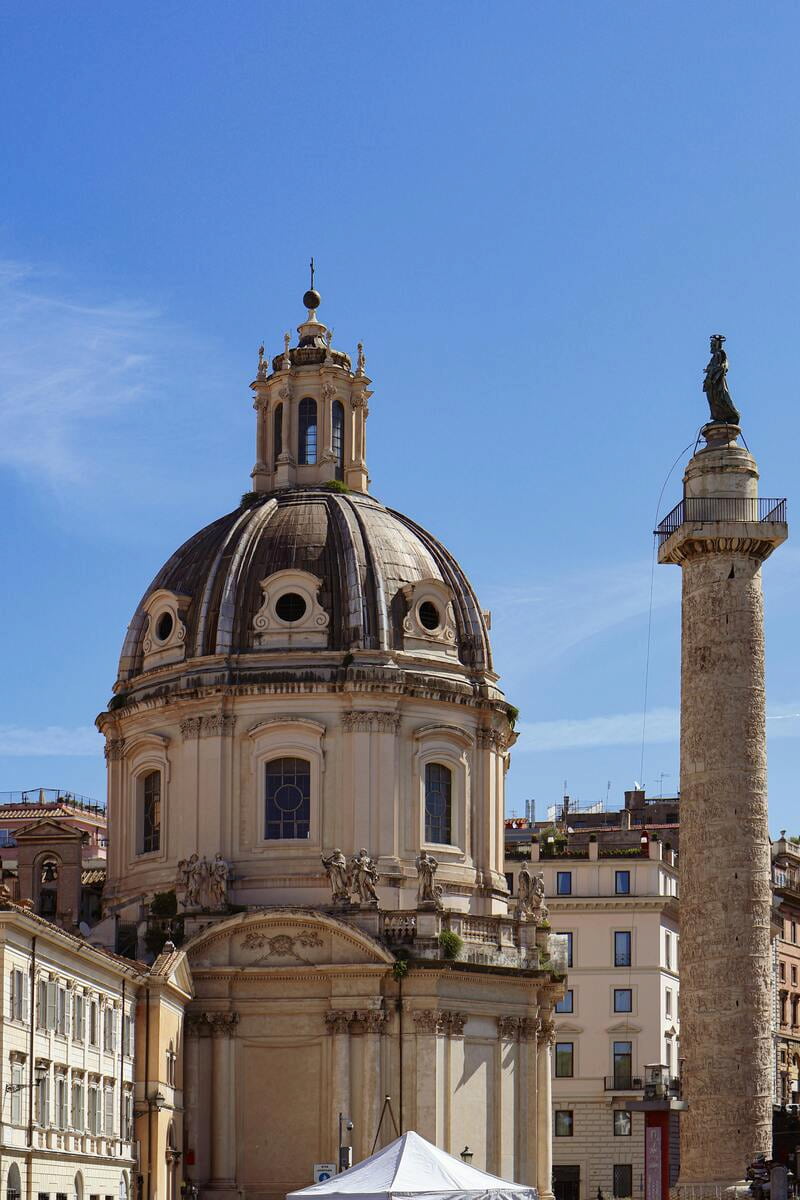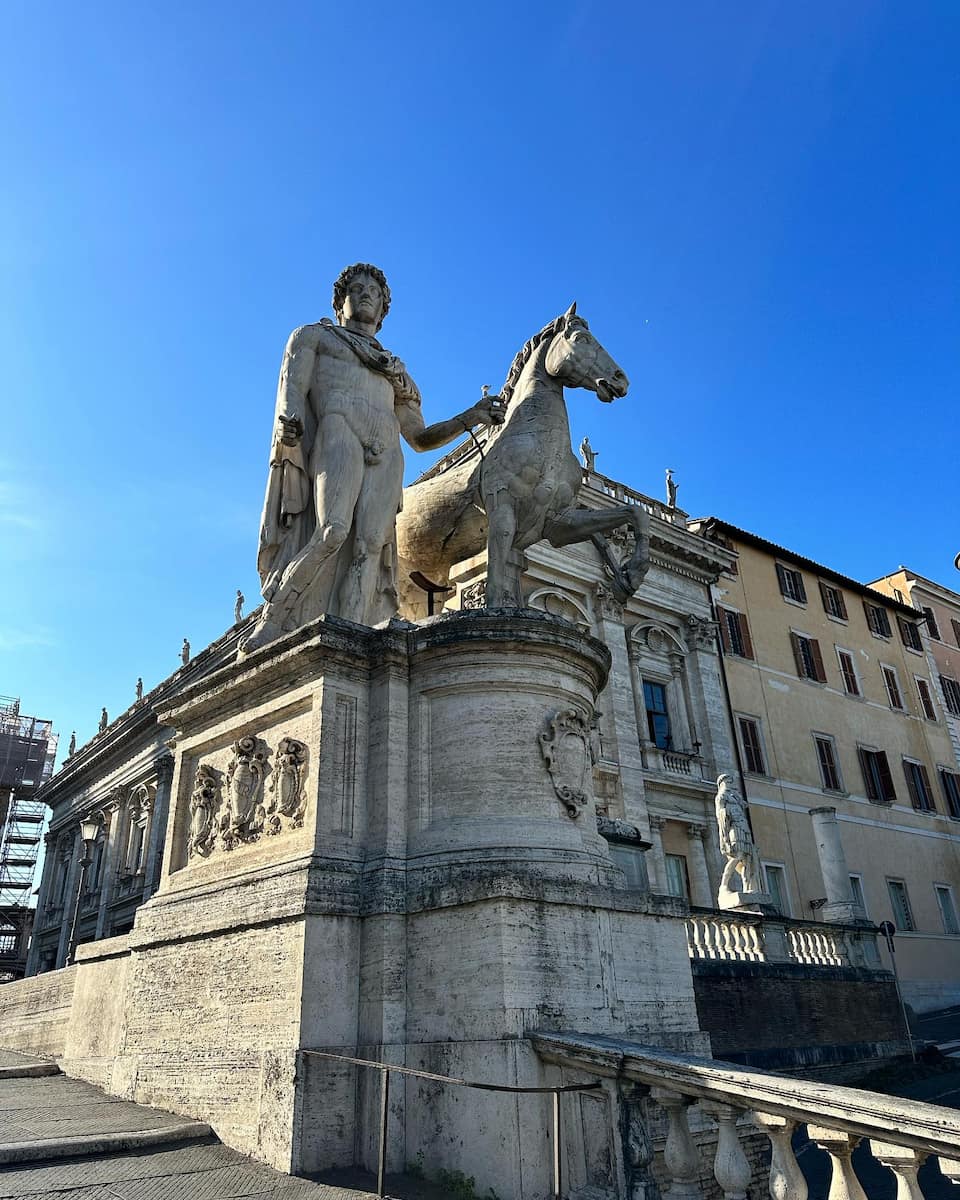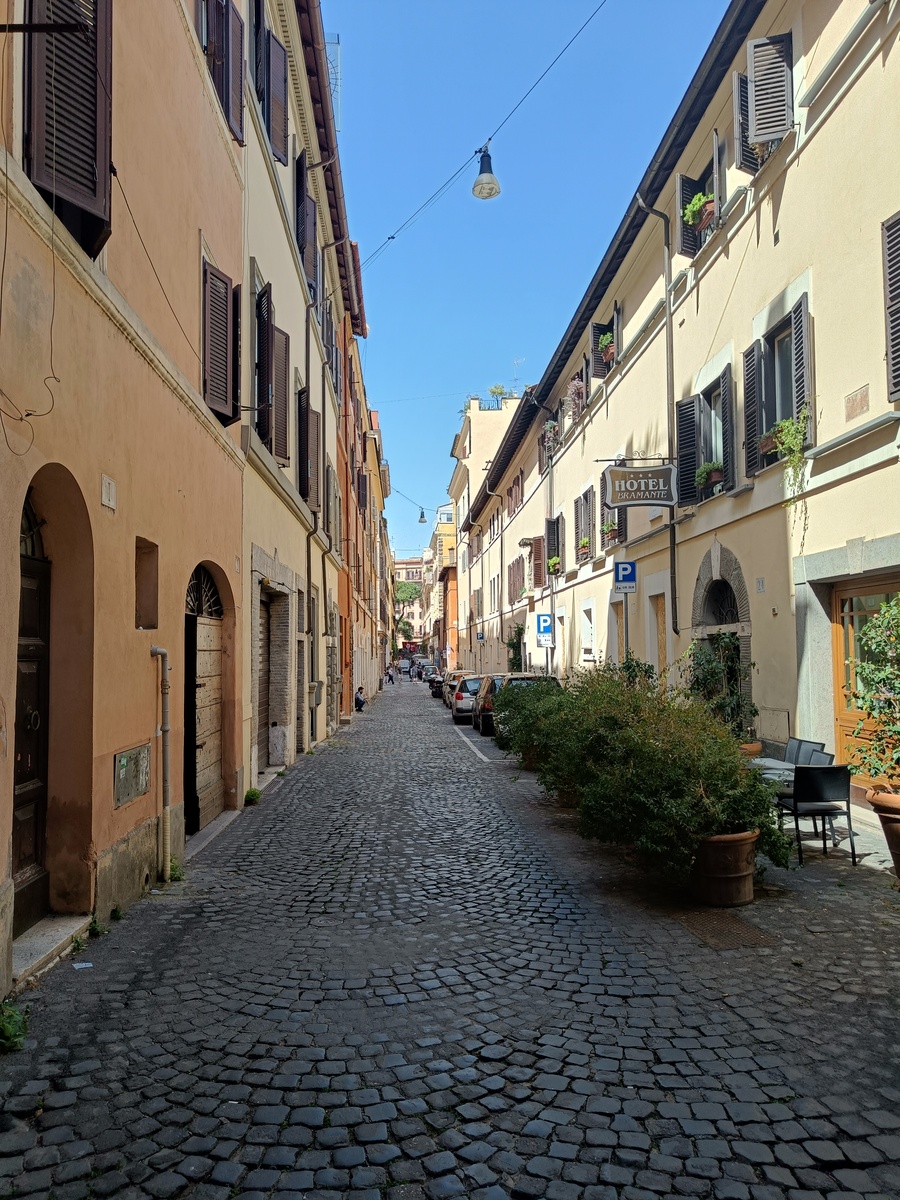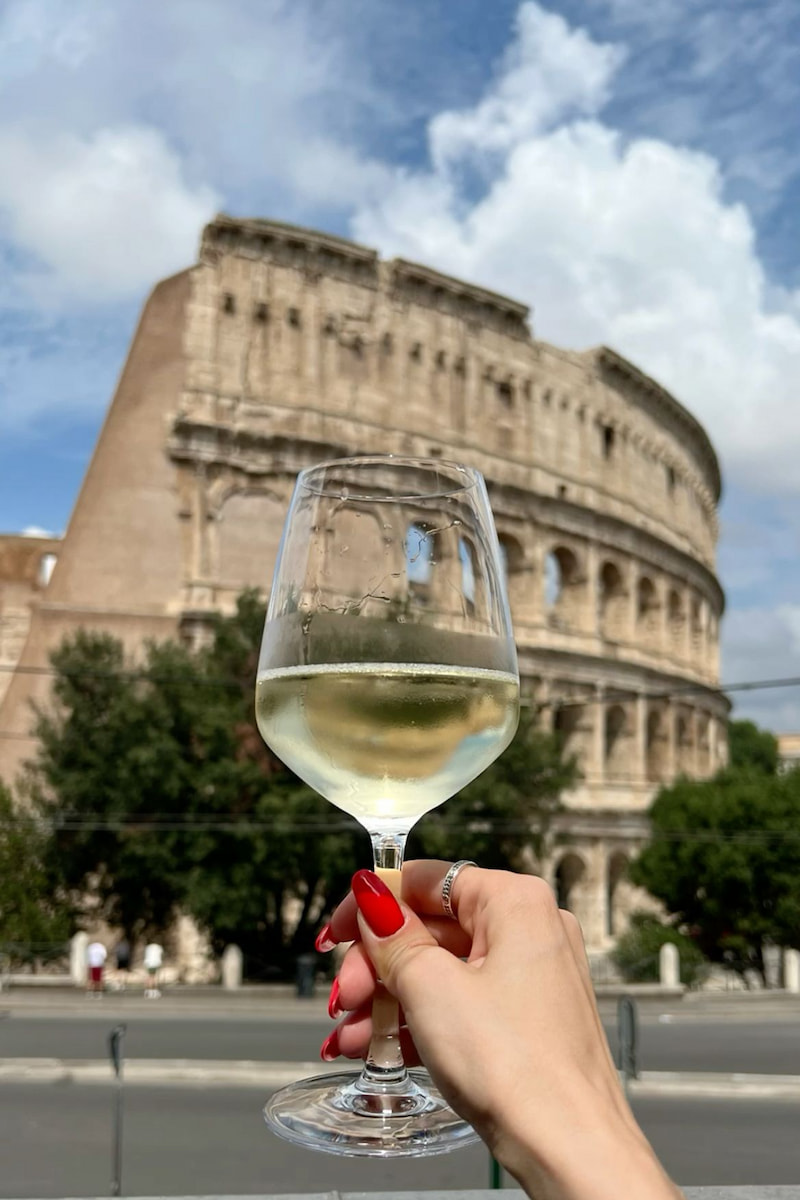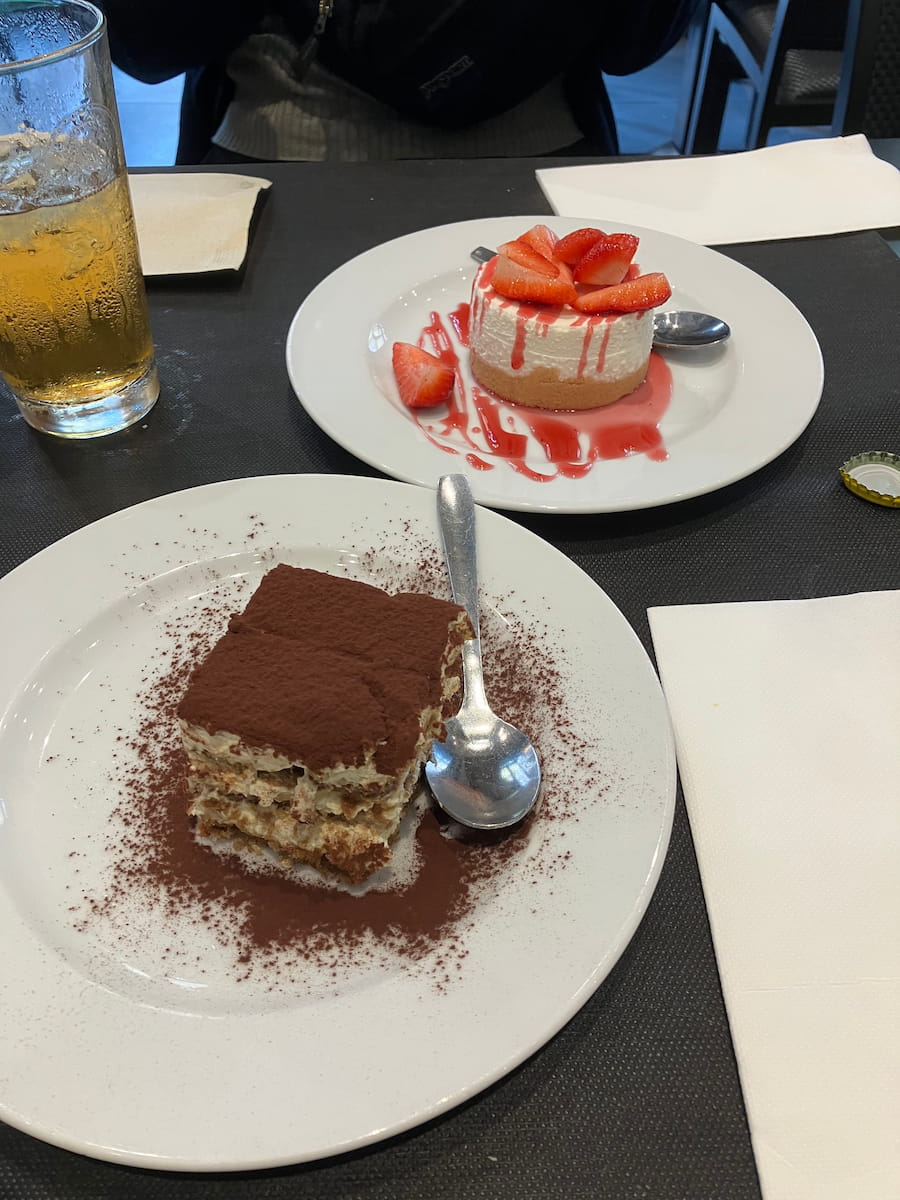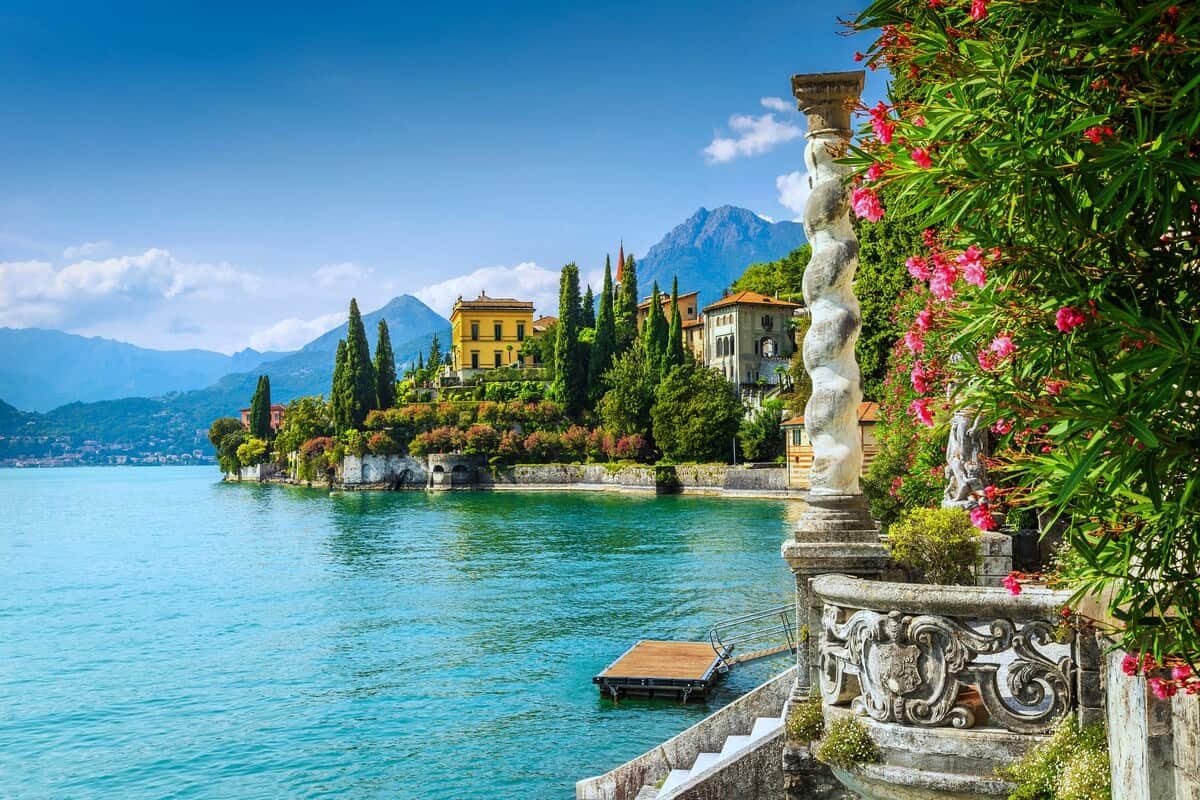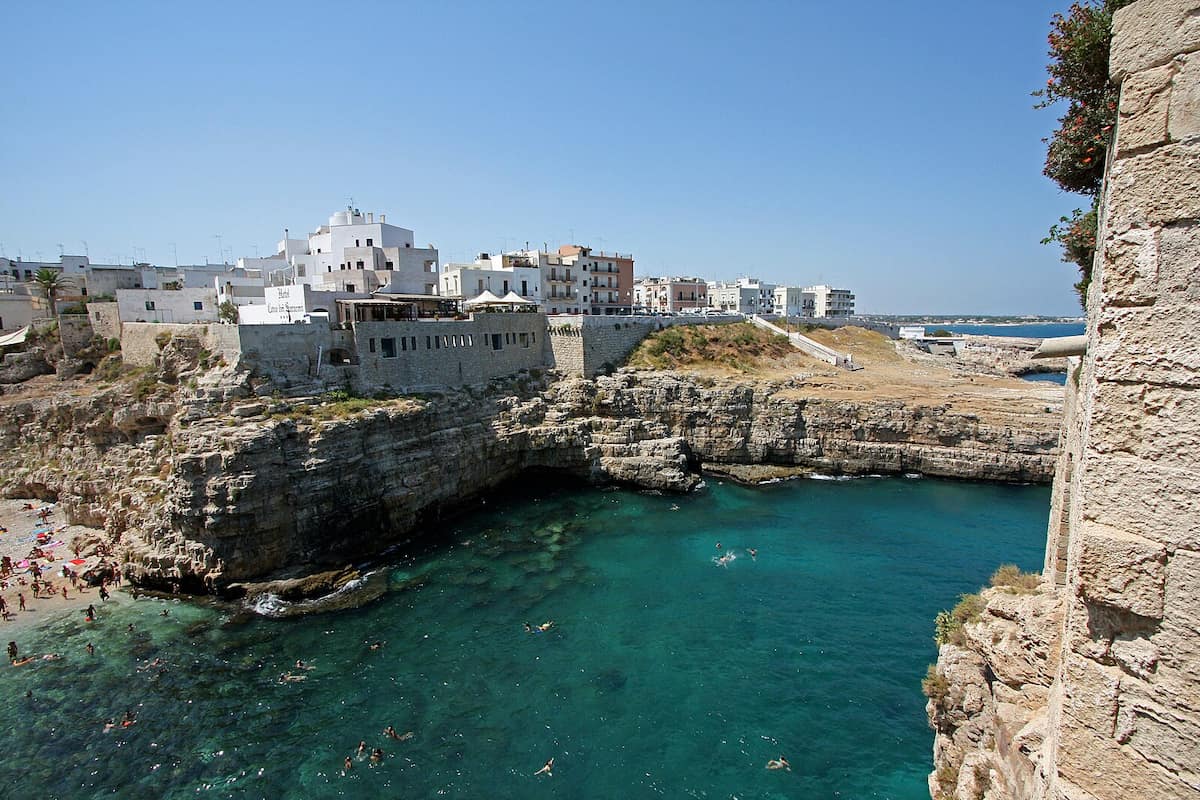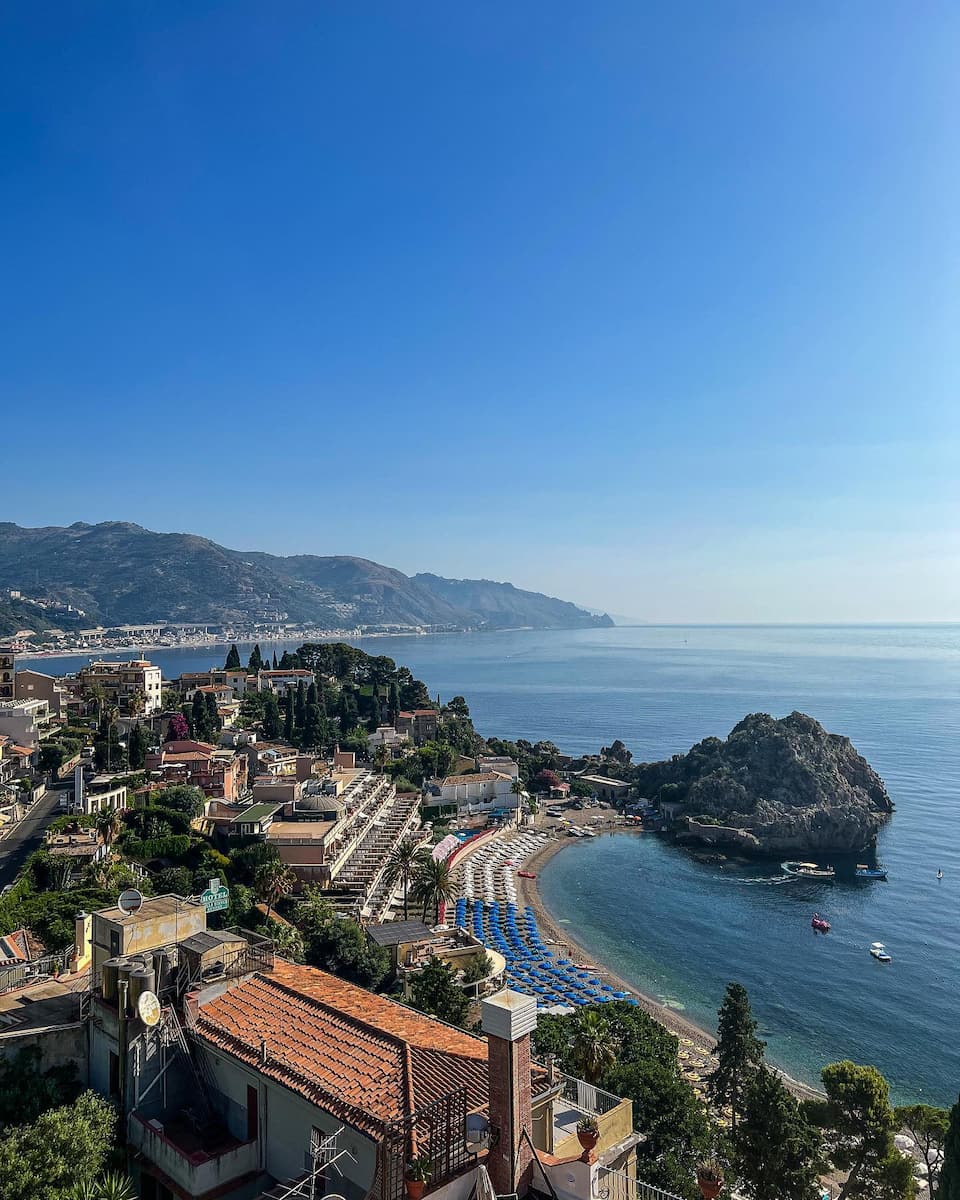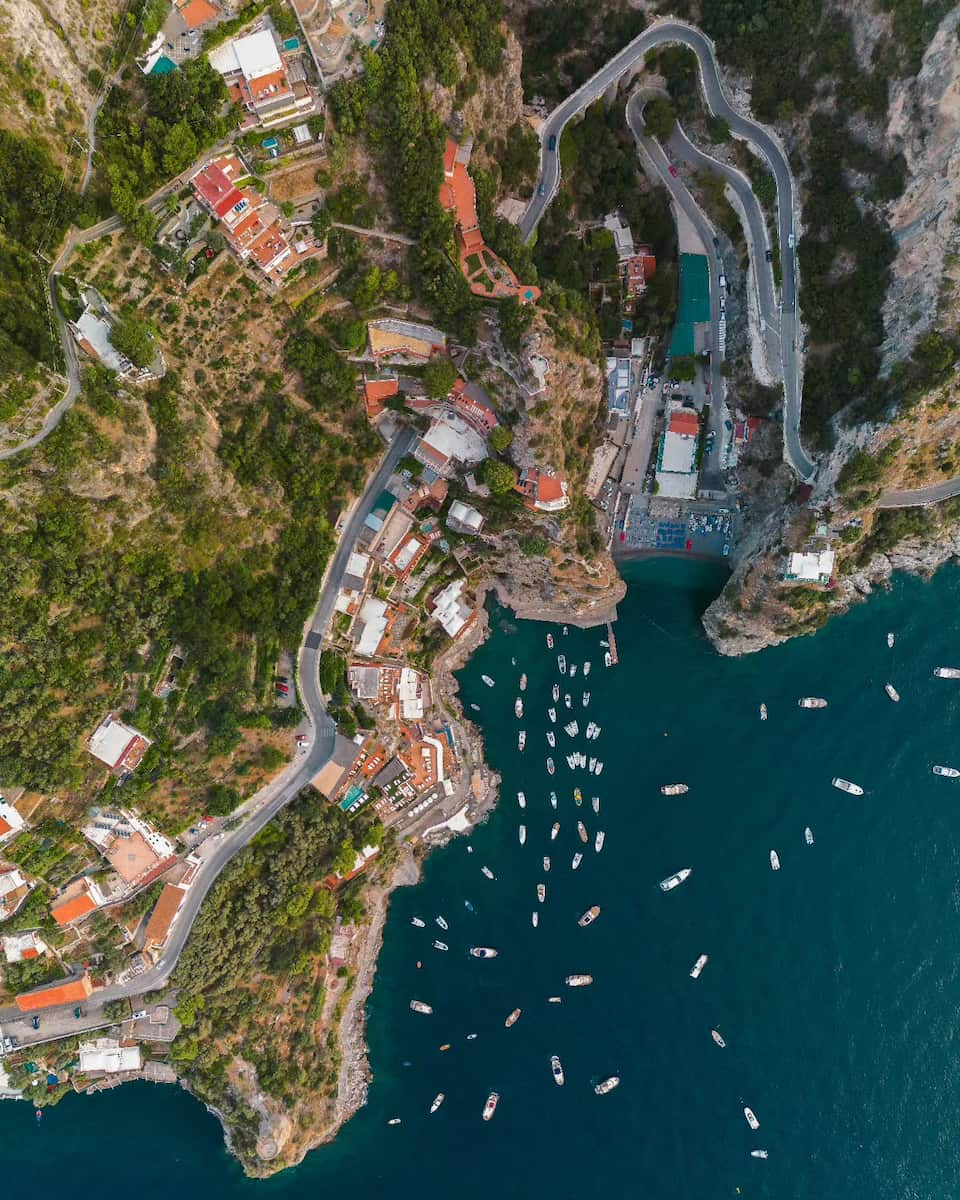Visiting Rome is like walking through history, where every street has a story to tell. From the ancient ruins of the Colosseum to the charming cafes in Trastevere, Rome is full of amazing sights and experiences. To really enjoy your trip, it’s important to know the best times to visit and what to expect each season. This guide will help you plan your adventure, find hidden treasures, and enjoy the city’s exciting events and festivals. Whether you love history, food, or just exploring new places, Rome has something special for everyone, no matter when you visit.
Our pick of the best hotels in Rome 🔥
- 💎 Luxury Hotel: Umiltà 36
- ✨ 5-Star: Maalot Roma - Small Luxury Hotels of the World
- 🏨 4-Star: Vatication B&B
- 🛏️ 3-Star: Nakissa Inn
- 💸 Cheap: Madison Hotel
- 🏢 Apartment: Vatican Luxury Suites
- 👨👩👧👦 For Families: NH Collection Roma Fori Imperiali
- 🏩 For Couples: Rhea Silvia Navona
👩🏻 Best guided tour
- The Best Colosseum Private Tour with Roman Forum & Palatine Hill from €578 (⭐️ 4.7/5)
- Colosseum, Roman Forum & Palatine Hill Guided Tour from €78 (⭐️ 4.5/5)
- The Best Vatican City Private Tour from €598 (⭐️ 4.6/5)
- The Best Group Tour of the Vatican from €99 ⭐️ 4.5/5)
1. Understanding Rome’s Seasons ☀️
Spring (March to May)
🌸 Fresh Blossoms: Spring in Rome is truly enchanting. The city comes alive as the streets burst with vibrant blooms. Temperatures are comfortably mild, perfect for leisurely strolls through ancient ruins or savoring a gelato in one of Rome’s picturesque piazzas. It’s the ideal time if you want to avoid the summer crowds while still enjoying pleasant weather.
Insider Tip: Head to the Borghese Gardens for a picnic. It’s a local favorite and offers stunning views of the city.
Summer (June to August)
☀️ Vibrant Energy: Summer in Rome is bustling with activity. The days are long and warm, making it a great time to enjoy the city’s lively festivals and events. The open-air concerts are a highlight, and Rome’s nightlife comes alive under the stars. However, be prepared for the heat and the crowds, as this is peak tourist season.
Fall (September to November)
🍂 Golden Charm: The cooler weather is perfect for exploring Rome’s historical sites and indulging in hearty Italian cuisine. In our opinion, fall is the best season for food lovers, with numerous wine harvests and food festivals offering a taste of local flavors.
Money Saver: Book your accommodations in advance to snag great deals as prices start to drop after the summer rush. It’s a fantastic time to enjoy Rome without breaking the bank.
Winter (December to February)
❄️ Festive Quiet: Winter in Rome offers a quieter, more intimate experience. The city is beautifully decorated for the holidays, and there’s a festive spirit in the air. While it can be chilly, the lack of crowds means you can explore places like the Vatican Museums at your own pace. Plus, you’ll find some of the best deals on flights and hotels, making it a budget-friendly season.
🗺️ Seasonal Highlights: Here are some must-see attractions and experiences for each season:
- Spring: Explore the Roman Forum, visit the Capitoline Museums, and enjoy a coffee at a local café.
- Summer: Attend a concert at the Baths of Caracalla, wander through Trastevere, and savor a late-night gelato.
- Fall: Take a day trip to the vineyards of Lazio, visit the Pantheon, and dine al fresco in Campo de’ Fiori.
- Winter: Experience Christmas Mass at St. Peter’s Basilica, explore the Catacombs, and warm up with a hot chocolate at a cozy café.
2. Factors to Consider When Planning Your Visit 🗓️
Weather
🌦️ Climate Check: Rome’s weather is a tale of contrasts. Summers can be sweltering, with temperatures often soaring above 30°C (86°F), making it perfect for those who love the heat. Winters, on the other hand, are mild but can be surprisingly damp, with rain showers adding a moody charm to the ancient streets. Spring and fall are generally the most pleasant, offering mild temperatures and plenty of sunshine, ideal for exploring the city’s outdoor attractions like the Roman Forum or the Villa Borghese gardens.
Top Tip: Pack layers, especially if you’re visiting in spring or fall. Rome’s weather can be unpredictable, with chilly mornings turning into warm afternoons. A light jacket or sweater will keep you comfortable as you wander through the city’s historic sites.
Crowds
👥 Tourist Tides: If you prefer a more relaxed experience, consider visiting during the shoulder seasons of spring and fall. These times offer a balance of good weather and manageable crowds. Winter, except for the festive Christmas and New Year period, is also quieter, allowing for a more intimate exploration of places like the Vatican Museums or the Sistine Chapel.
Prices
💰 Budget Watch: Rome can be pricey, especially during the peak summer months when demand drives up the cost of flights and accommodations. However, traveling in the off-peak seasons can offer significant savings. Winter, in particular, provides excellent value, with lower prices on everything from hotels to dining.
Money Saver: Book your flights and accommodations well in advance to lock in the best rates, especially if you plan to visit during peak tourist season. Also, consider staying in less touristy neighborhoods like Testaccio or Trastevere for more affordable options and a taste of local life.
Events and Festivals
🎉 Cultural Calendar: Rome’s cultural calendar is packed with events that can add a special touch to your visit. From the vibrant Festa della Primavera in spring to the magical Christmas markets in winter, there’s always something happening. These events can enrich your experience but also draw larger crowds, so plan accordingly.
Top Tip: Check Rome’s event calendar before your trip to see if there are any festivals or events that pique your interest. You might want to time your visit to coincide with a unique event, like the Rome Film Festival or the city’s famous Easter celebrations.
3. Best Times to Visit Specific Attractions 🏛️
Colosseum
🏛️ Ancient Wonder: The Colosseum stands as a testament to Rome’s grandeur and is a must-see for any visitor. However, its popularity means it can get quite crowded. To truly appreciate the scale and history of this ancient amphitheater, aim to arrive early in the morning or late in the afternoon. These times are generally quieter, allowing you to wander through the arches and corridors without the throngs of tourists.
Insider Tip: For a unique perspective, consider booking a night tour. The Colosseum is beautifully illuminated after dark, offering a hauntingly beautiful view of this ancient structure. Also, guided tours often include access to restricted areas like the underground chambers and the upper tiers, providing a deeper insight into its history.
Vatican and Sistine Chapel
⛪ Spiritual Marvels: The Vatican Museums and Sistine Chapel are home to some of the world’s most revered art and history. They are understandably popular, so visiting during the off-peak months of winter or early spring can provide a more serene experience. Alternatively, opt for a weekday afternoon visit when the morning crowds have thinned.
Top Tip: Book your tickets online in advance to bypass the long lines. If you’re an art enthusiast, consider a guided tour that focuses on specific collections or themes. This can provide a richer understanding of the masterpieces, including Michelangelo’s breathtaking frescoes in the Sistine Chapel.
Roman Forum
🏛️ Historical Heart: The Roman Forum was once the bustling center of ancient Rome, filled with temples, markets, and public spaces. It’s best explored in the cooler months of spring and fall when the weather is pleasant for walking, and the crowds are more manageable. Early mornings or late afternoons are perfect for capturing the ruins in soft, natural light, which adds to the site’s ancient allure.
Time Saver: Combine your visit with a trip to Palatine Hill, which offers panoramic views of the Forum and the city beyond. This can be done on the same ticket, saving you time and money.
Pantheon
🏛️ Architectural Gem: The Pantheon is one of Rome’s best-preserved ancient buildings, and visiting early in the day can offer a more peaceful experience. The light streaming through the oculus is particularly beautiful in the morning, creating a magical atmosphere inside this architectural marvel.
Money Saver: Entry to the Pantheon is free, making it a budget-friendly stop on your Roman itinerary. Take your time to admire the massive dome and the tombs of famous figures like Raphael.
4. Rome in Months – Discover your Best Time to Visit Rome 🎉
Rome in January
🎆 New Year Celebrations: Rome starts the year with lively New Year’s Eve fireworks and festivities throughout the city. The Epiphany on January 6th is celebrated with parades and events, especially at the Vatican.
Rome in February
💘 Valentine’s Day: February brings a romantic vibe to Rome, with special events and dinners for Valentine’s Day. The city also hosts Carnival celebrations with colorful parades and costumes.
Rome in March
🏃 Rome Marathon: March is known for the Rome Marathon, where runners from around the world race through the city’s historic streets. The Festa della Donna on March 8th celebrates women with special events and offers.
Rome in April
🌼 Easter Festivities: April is bustling with Easter celebrations, including religious processions and services at the Vatican. The city is vibrant with spring flowers and outdoor events.
Rome in May
🎨 Cultural Events: May offers a range of cultural events, including the Night of Museums, where museums stay open late with free entry. The city also hosts various art and music festivals.
Rome in June
🎶 Estate Romana: June kicks off the Estate Romana, a summer festival featuring concerts, film screenings, and art exhibitions throughout the city. The Feast of St. John on June 24th includes fireworks and celebrations.
Rome in July
🎭 Outdoor Performances: July is a great time for outdoor performances, including operas at the Baths of Caracalla. The Lungo il Tevere festival along the Tiber River offers food, music, and markets.
Rome in August
🏖️ Ferragosto: August is marked by Ferragosto on the 15th, a public holiday with many locals heading to the coast. Some businesses close, but the city hosts events and celebrations.
Rome in September
🍷 Wine Festivals: September brings wine festivals and harvest celebrations, perfect for wine lovers. The city also hosts cultural events and exhibitions as the weather cools.
Rome in October
🎃 Cultural Richness: October is filled with cultural events, including the Rome Film Festival. The weather is mild, making it a great time for exploring the city’s outdoor attractions.
Rome in November
🌧️ All Saints’ Day: November 1st is All Saints’ Day, a public holiday with religious services and family gatherings. The city sees more rain, but it’s a cozy time for cafes and museums.
Rome in December
🎄 Christmas Markets: December is magical with Christmas markets, lights, and decorations. Piazza Navona hosts a popular Christmas market, and the city celebrates with festive events and New Year’s Eve fireworks.
5. Tips for Avoiding Crowds🚶
Off-Peak Travel Strategies
🕰️ Choose the Right Time: Try to plan your trip during the less busy times. Spring and fall are great because the weather is nice and there are fewer tourists. Winter is also quieter, except around Christmas and New Year.
Insider Tip: Visiting in the middle of the week, like Tuesday or Wednesday, usually means fewer people at the big attractions.
Best Times of Day to Visit Popular Sites
🌅 Early Bird Advantage: Getting up early can really pay off in Rome. If you visit places like the Colosseum, Vatican Museums, or the Pantheon first thing in the morning, you’ll beat the crowds. It’s a much nicer experience when you have more space to explore.
Top Tip: Late afternoons can also be a good time, as many tourists leave to have dinner or rest.
Hidden Gems and Local Spots
🔍 Explore Beyond the Main Attractions: While the famous sites are a must-see, don’t forget to check out some of Rome’s hidden treasures. Neighborhoods like Trastevere and Testaccio have a cool local feel with cute streets, real Italian restaurants, and unique shops.
Efficient Use of Time
⏳ Smart Planning: Buy your tickets online before you go to the big attractions. This way, you can skip the long lines. Guided tours can also help you skip lines and learn more about what you’re seeing.
Time Saver: Use the metro or buses to get around quickly. They’re easy to use and can help you avoid traffic jams.
6. Budget Considerations for Different Seasons 💰
High Season vs. Low Season Prices
💸 Understanding the Seasons: Prices in Rome can vary a lot depending on when you visit. Summer is the high season, which means more tourists and higher prices for flights and hotels. If you’re looking to save money, consider visiting in the low season, like winter, when prices drop and there are fewer crowds.
Money-Saving Tips for Each Season
🤑 Smart Spending Year-Round: No matter when you visit, there are always ways to save money in Rome. Here are some tips for each season:
- Spring: Look for free events and festivals. Many outdoor concerts and art shows are free to attend.
- Summer: Stay in neighborhoods away from the main tourist areas, like Testaccio or San Lorenzo. They offer cheaper accommodations and a more local vibe.
- Fall: Take advantage of the Settimana della Cultura, when many museums and sites offer free entry.
- Winter: Enjoy the holiday markets and festive decorations without spending much. Plus, winter sales in shops can help you find great deals.
Dining on a Budget
🍝 Eating Well for Less: Rome is famous for its food, and you can enjoy delicious meals without spending a fortune. Try eating where the locals eat. Trattorias and pizzerias in less touristy areas often offer the best value.
Top Tip: For a cheap and tasty meal, grab a slice of pizza al taglio (pizza by the slice) or a panino (sandwich) from a local bakery.
Getting Around
🚶 Affordable Transportation: Walking is one of the best ways to see Rome and it’s free! For longer distances, use public transportation like buses and the metro, which are affordable and easy to navigate.
Insider Tip: Consider getting a Roma Pass. It offers unlimited travel on public transport and free or discounted entry to many attractions.
FAQs about trips to Rome ❔
What is the best month to visit Rome?
The best months to visit Rome are typically April and September, when the weather is pleasantly warm and the crowds are more manageable. These months offer a perfect balance of good weather and fewer tourists, allowing you to enjoy the city’s attractions comfortably.
What is the cheapest season to go to Rome?
The cheapest season to visit Rome is during the winter months, from November to February, excluding the Christmas and New Year holidays. During this time, you can find lower prices on flights and accommodations, and enjoy a quieter experience at popular attractions.
What is the rainy season in Rome, Italy?
Rome’s rainy season primarily occurs in the late autumn and winter months, especially in November and December. During this period, you can expect more frequent rain showers, adding a cozy, romantic feel to the city’s ancient streets.
What month is the best weather in Italy?
In Italy, May and September are often considered to have the best weather, with mild temperatures and plenty of sunshine. These months are ideal for exploring the diverse regions of Italy, from the bustling cities to the serene countryside.
What is the peak season to visit Italy?
The peak season to visit Italy is during the summer months, from June to August, when the weather is hot and many festivals and events take place. This is the busiest time for tourists, so expect larger crowds and higher prices at popular destinations.
